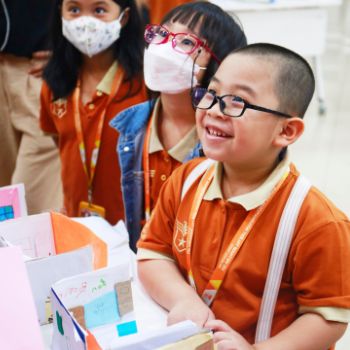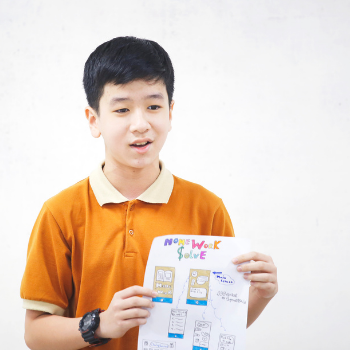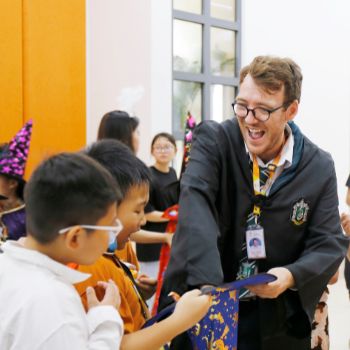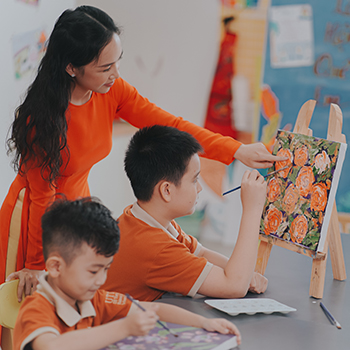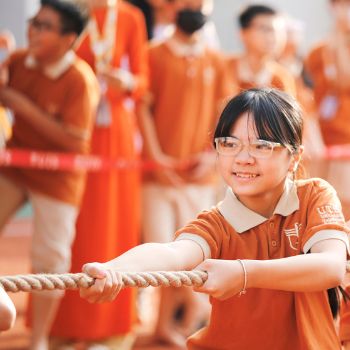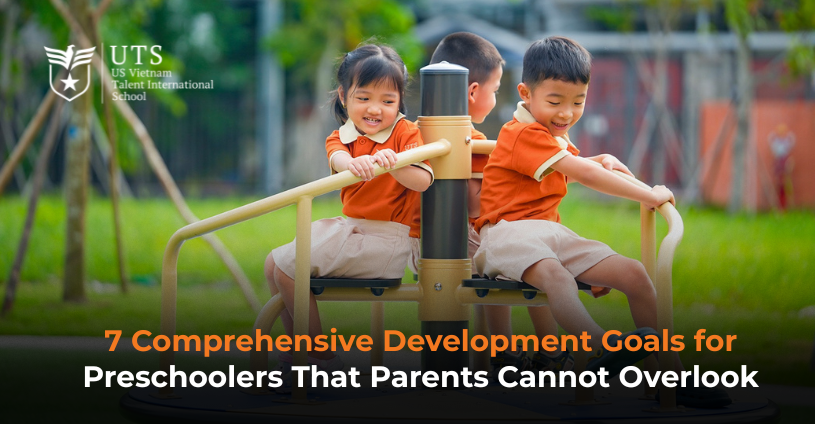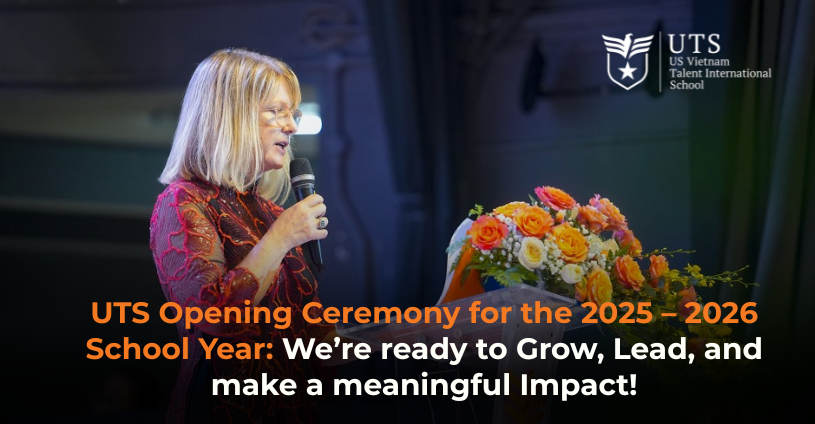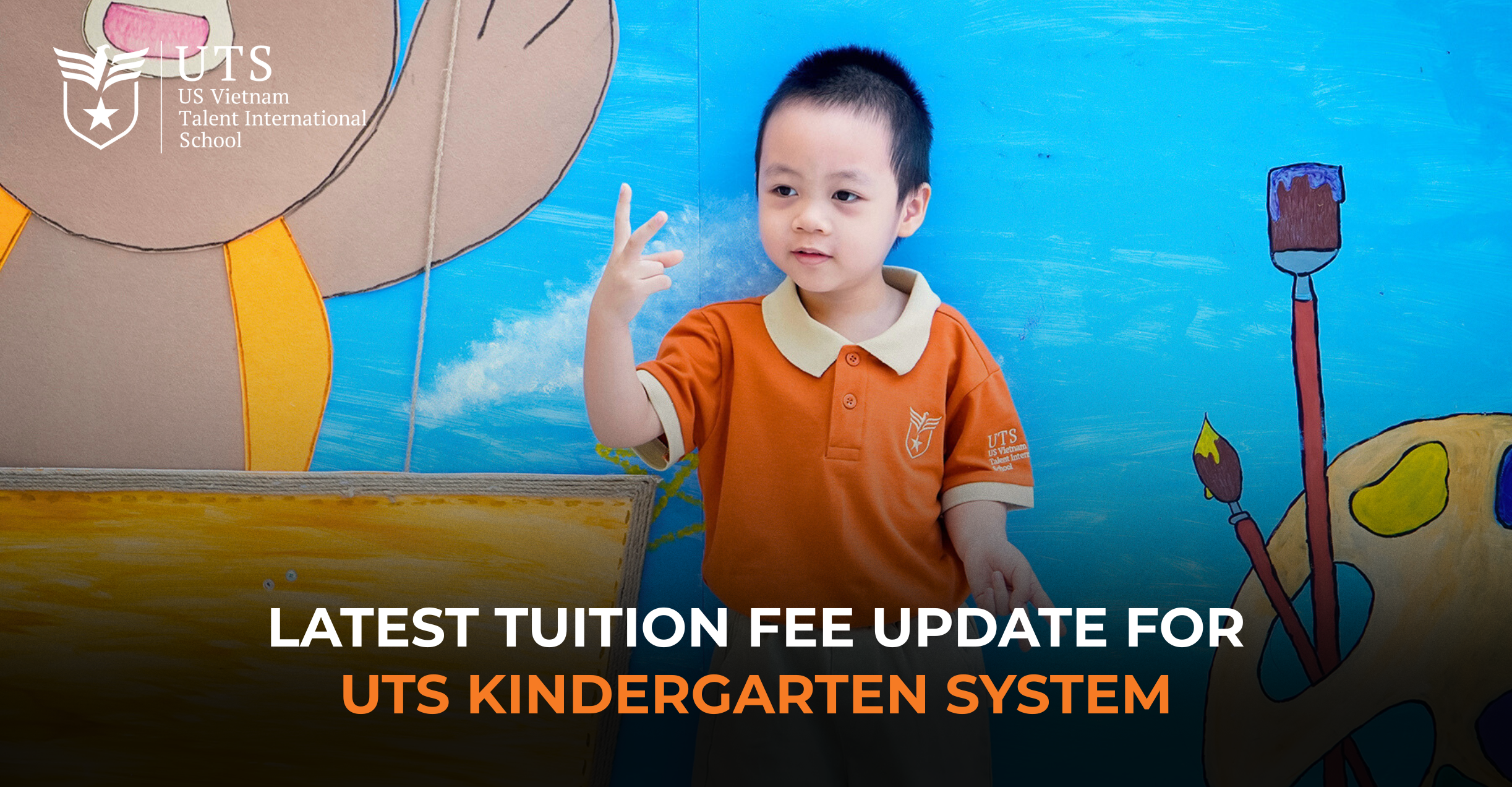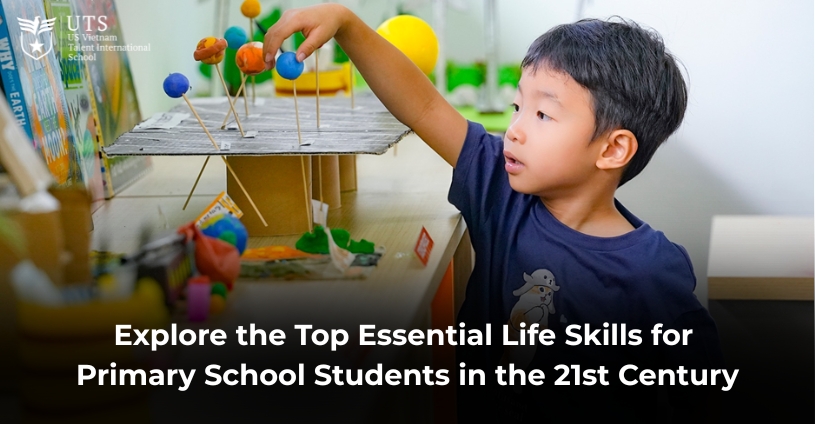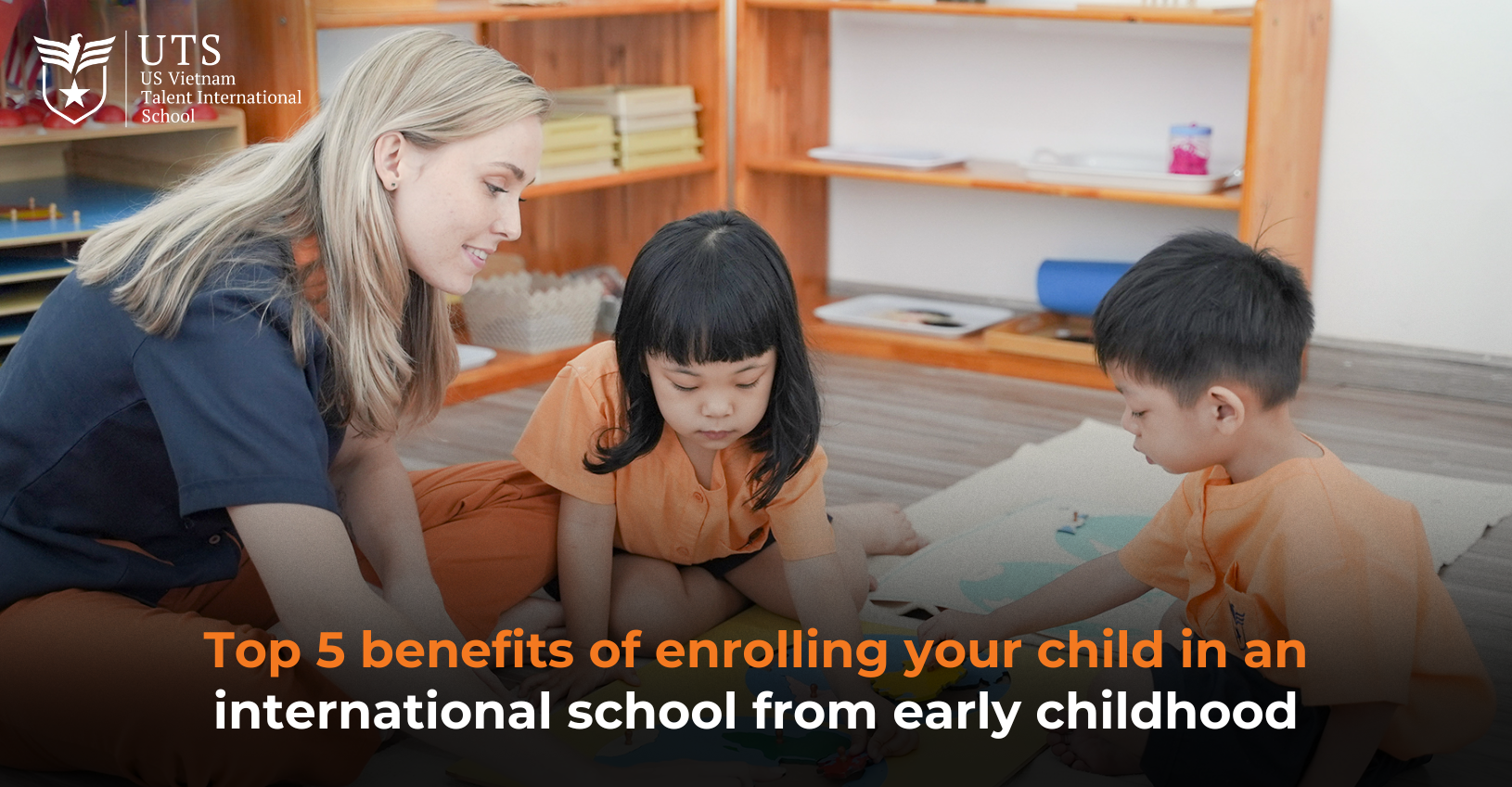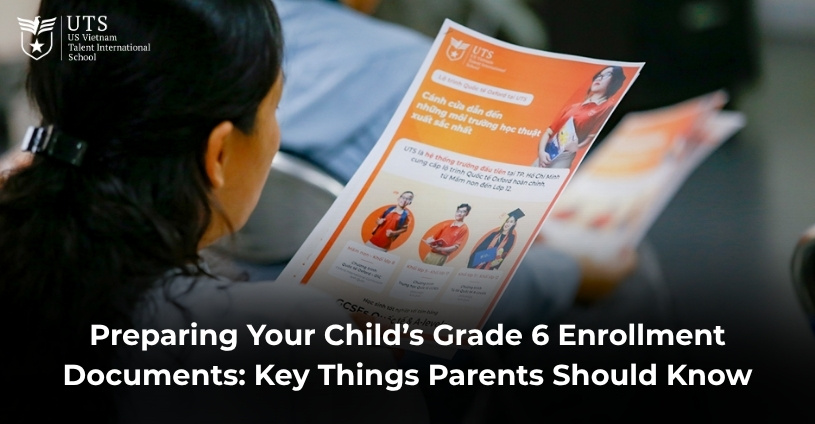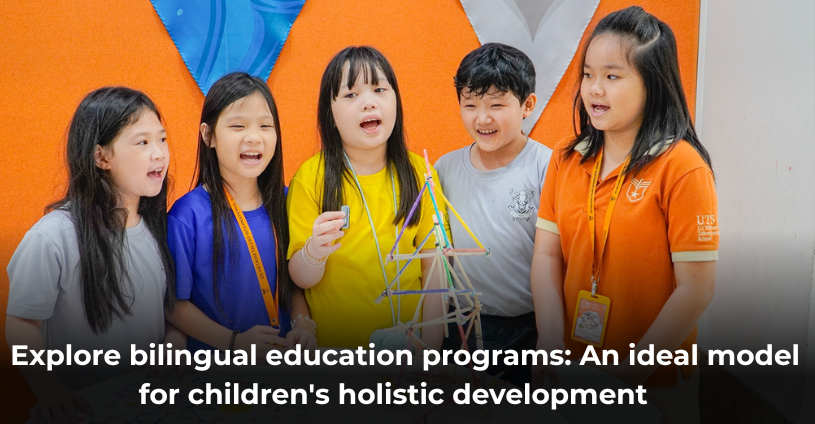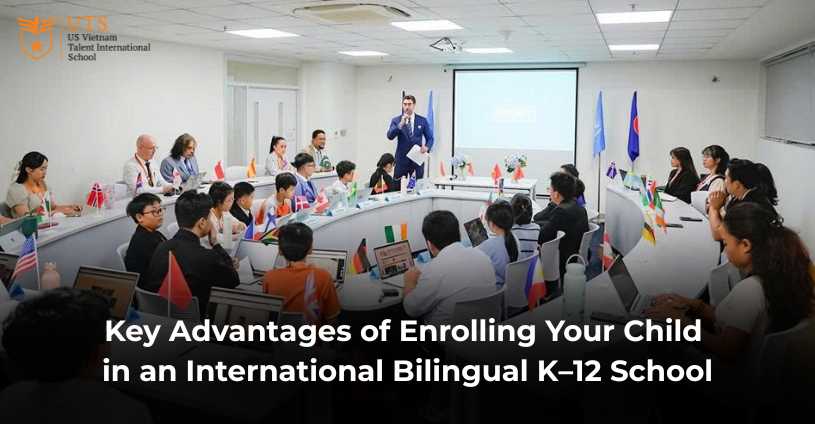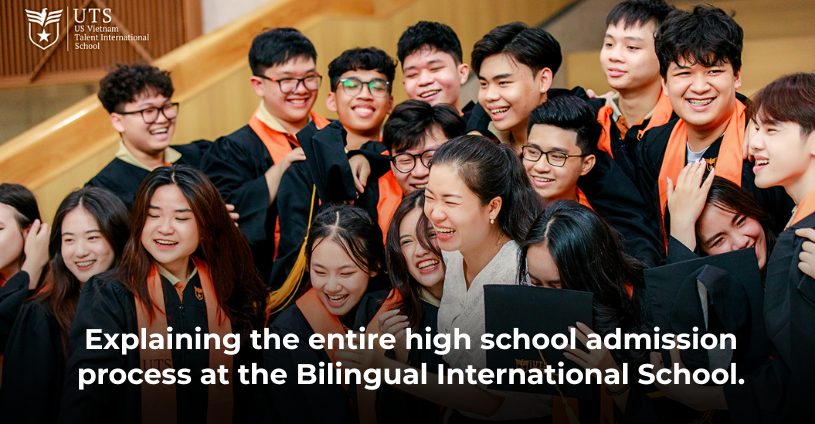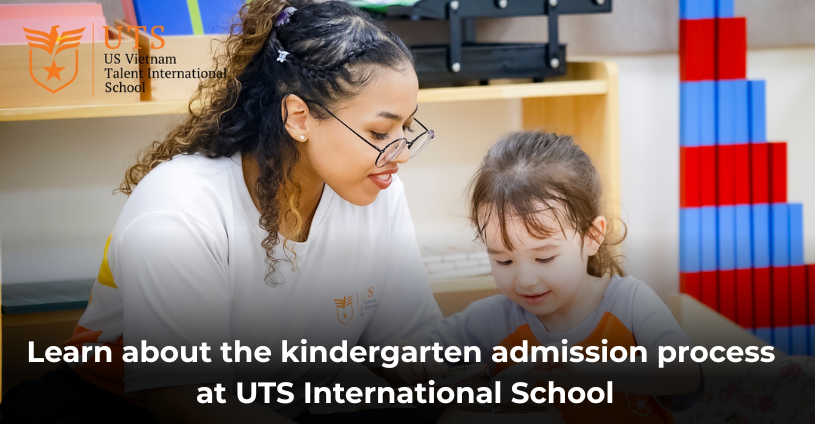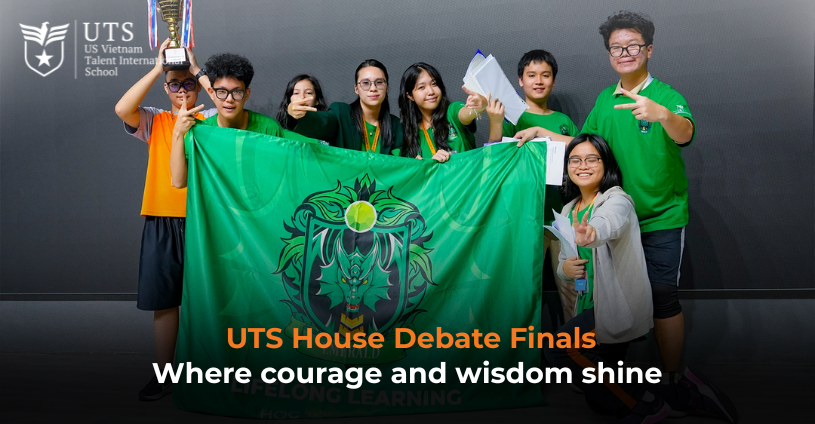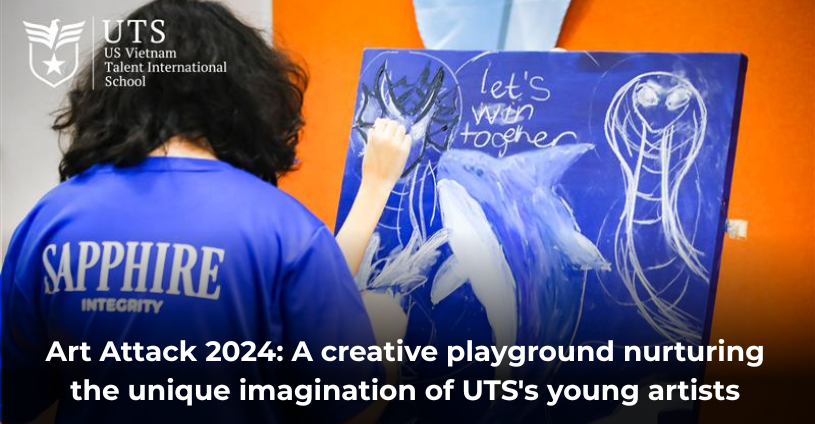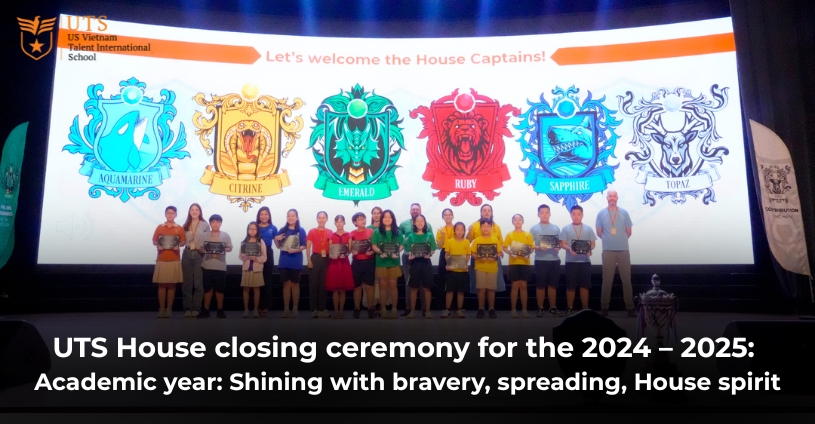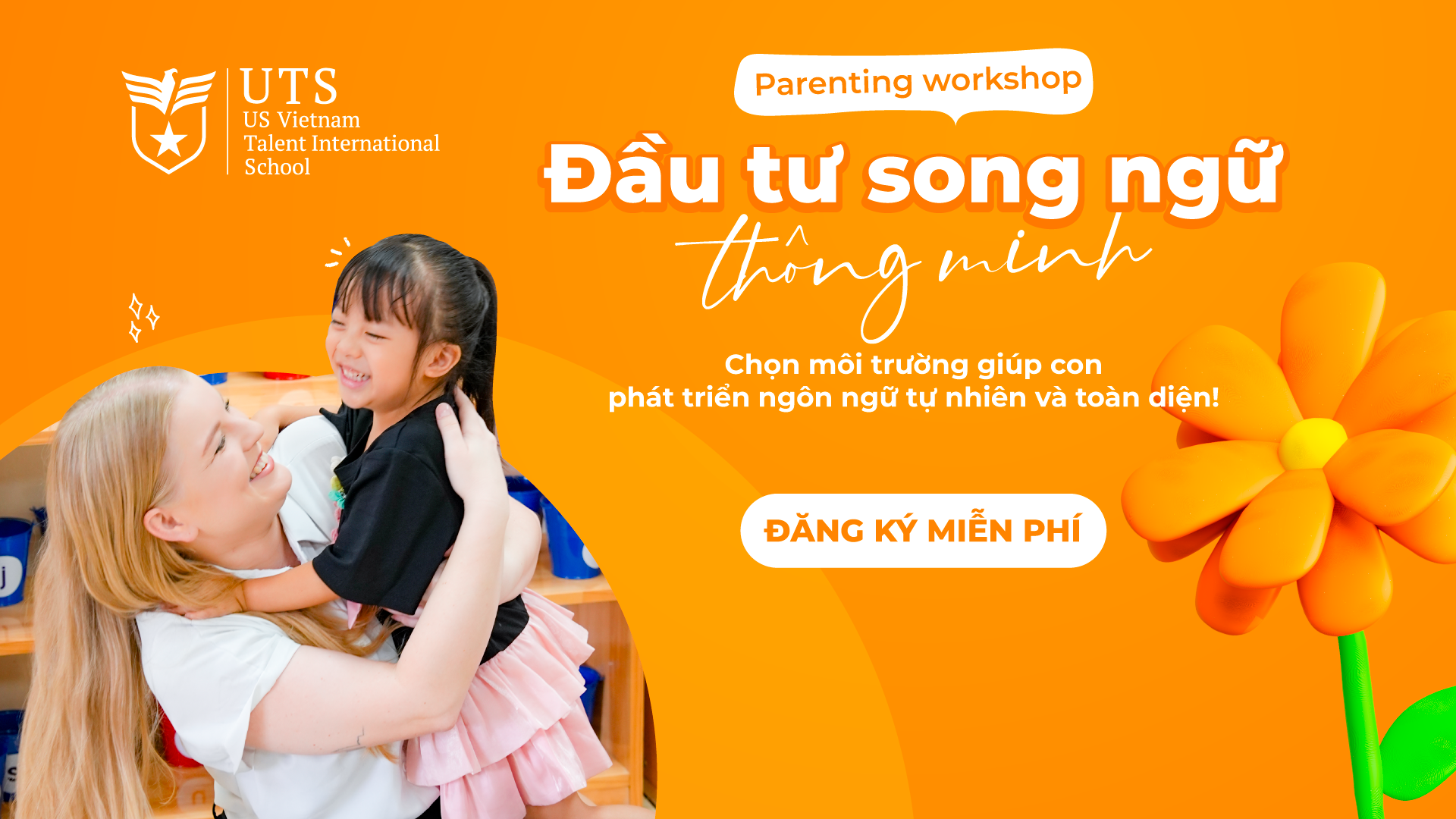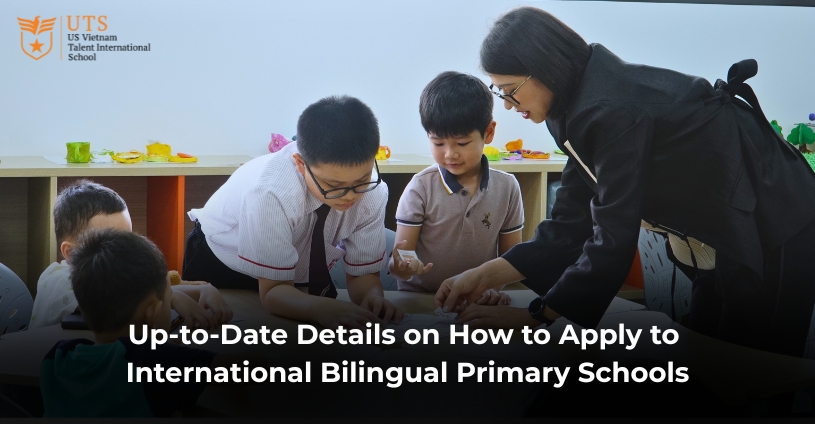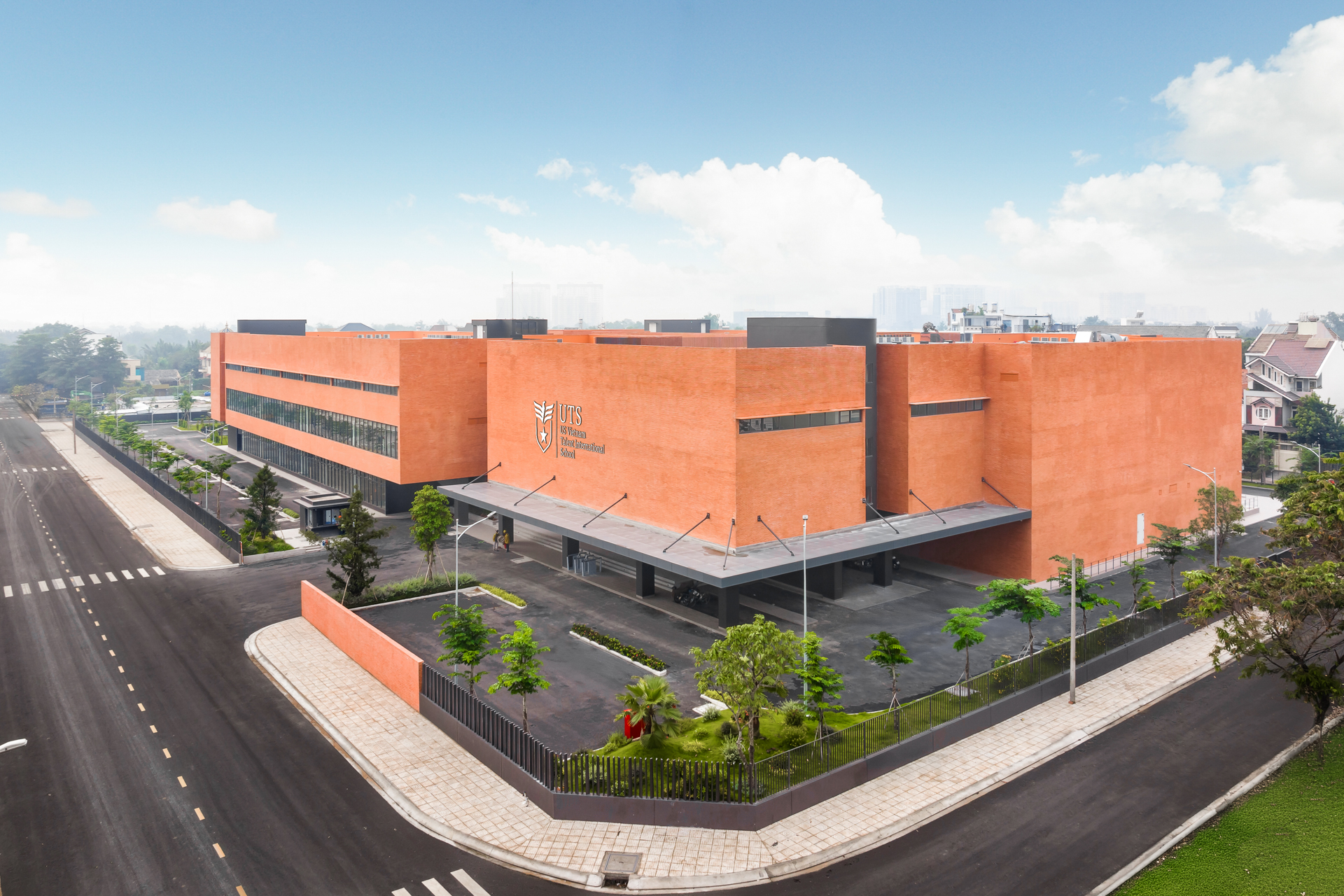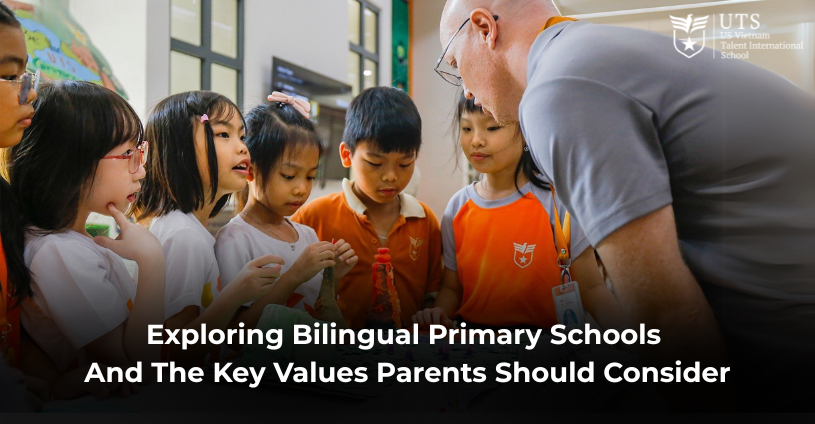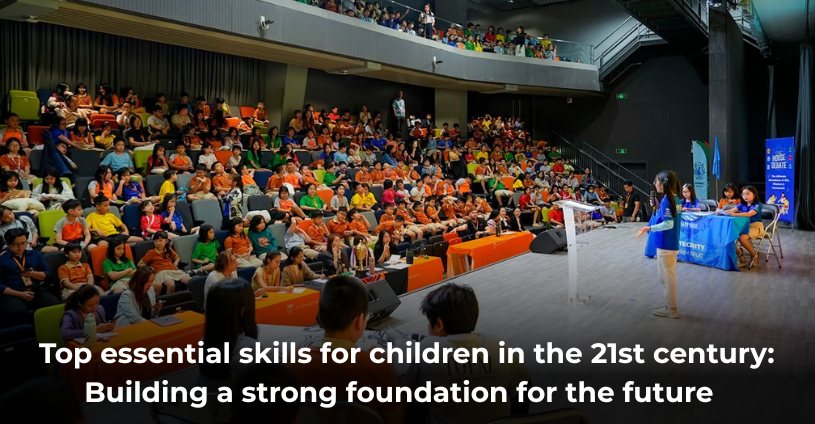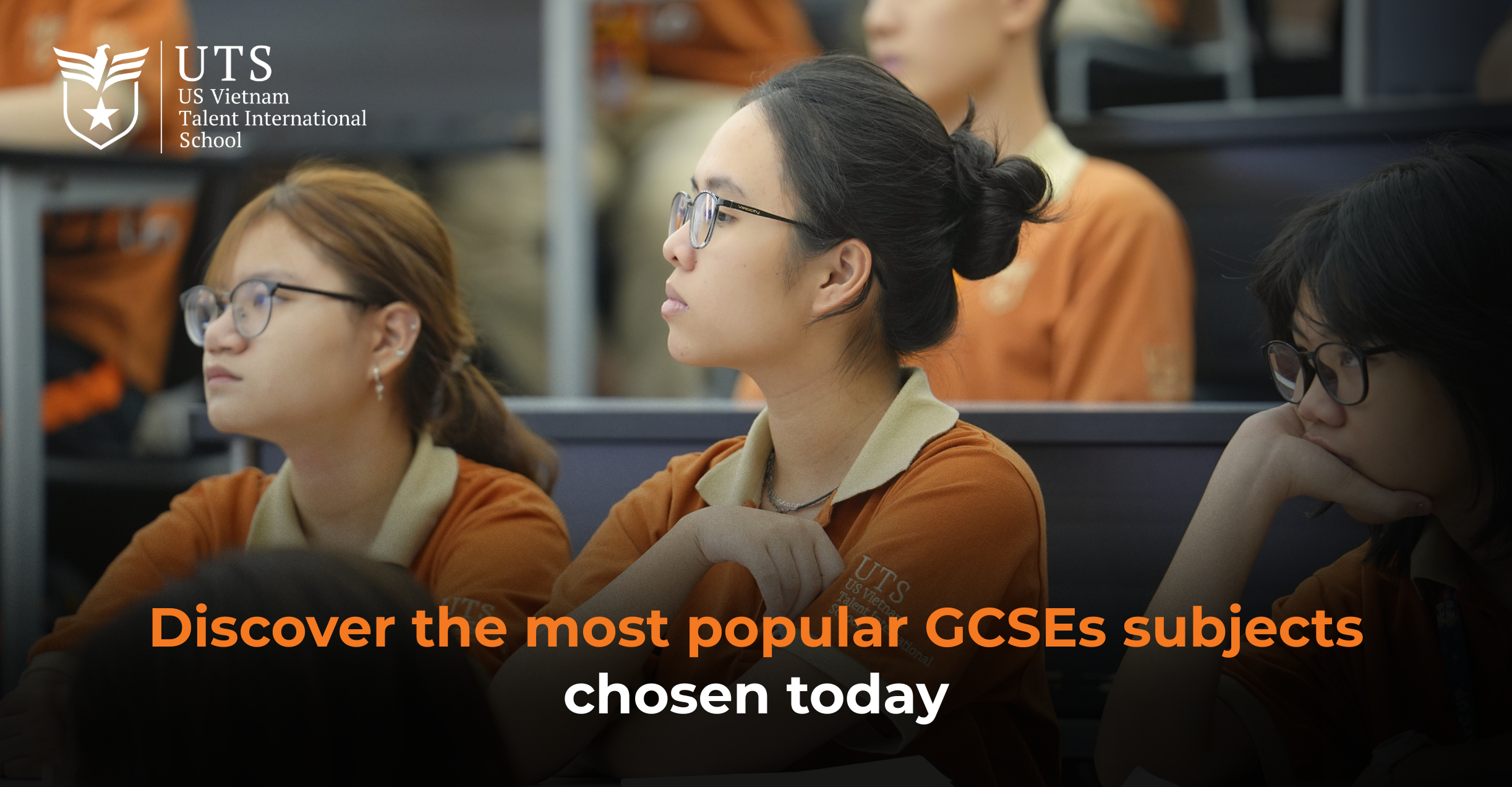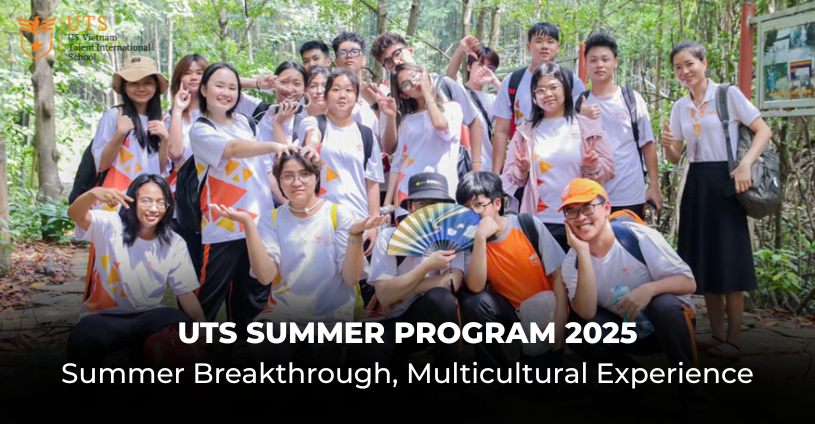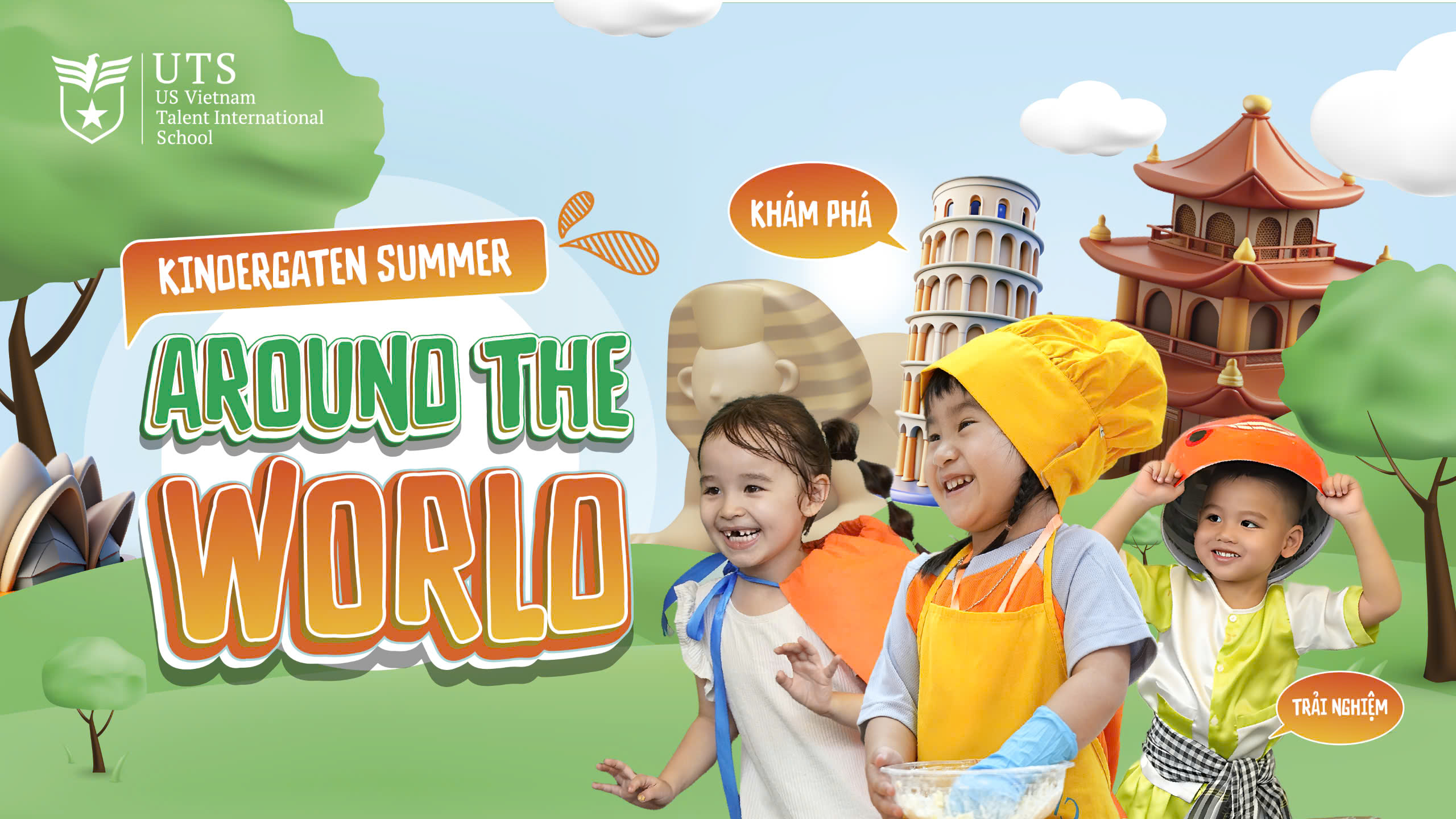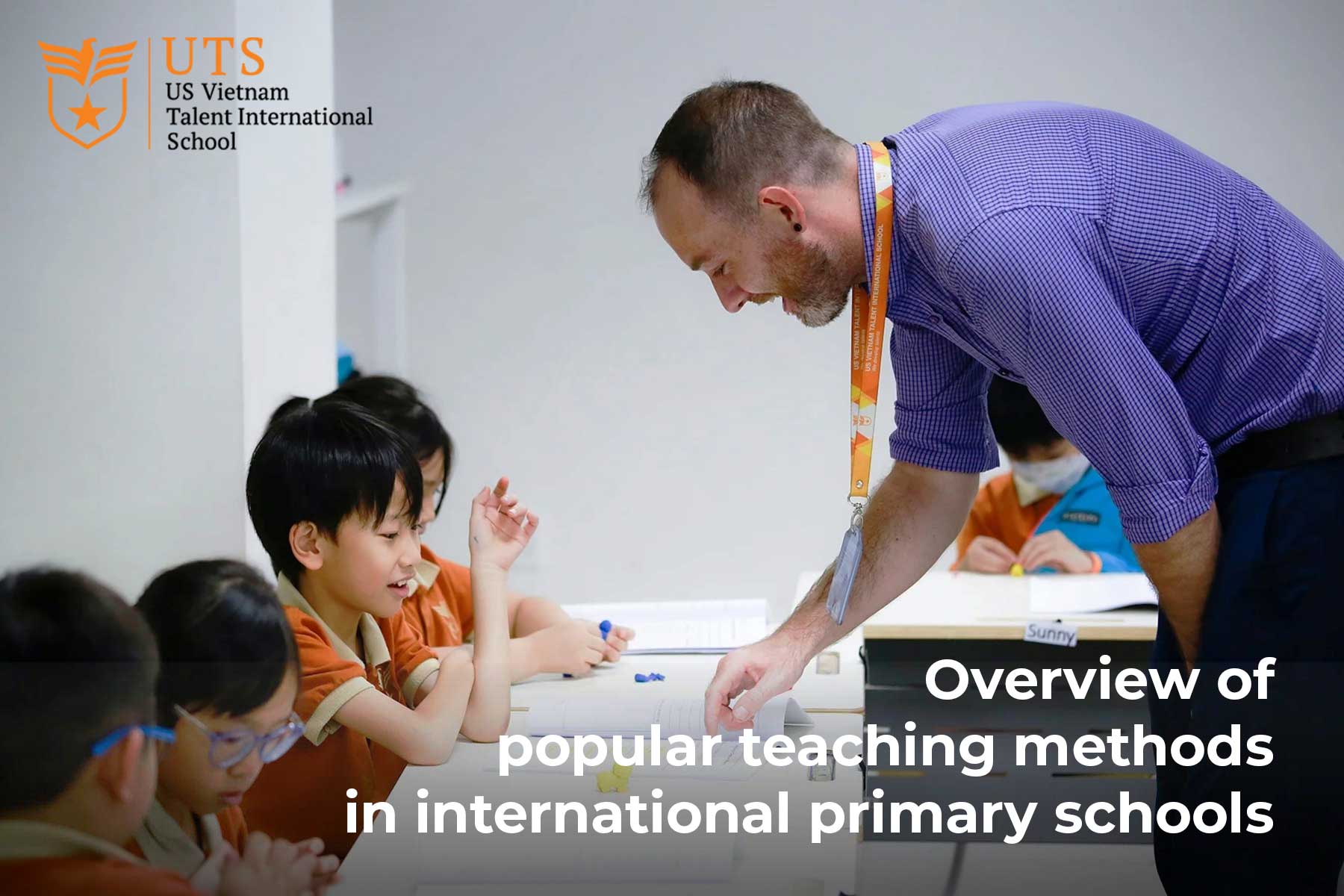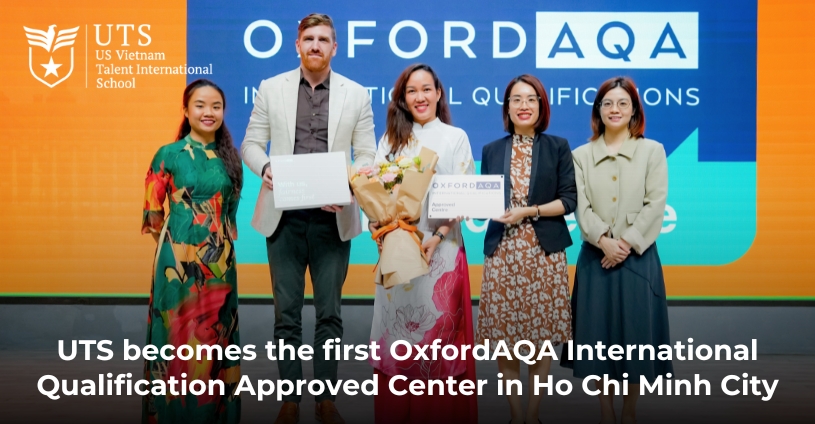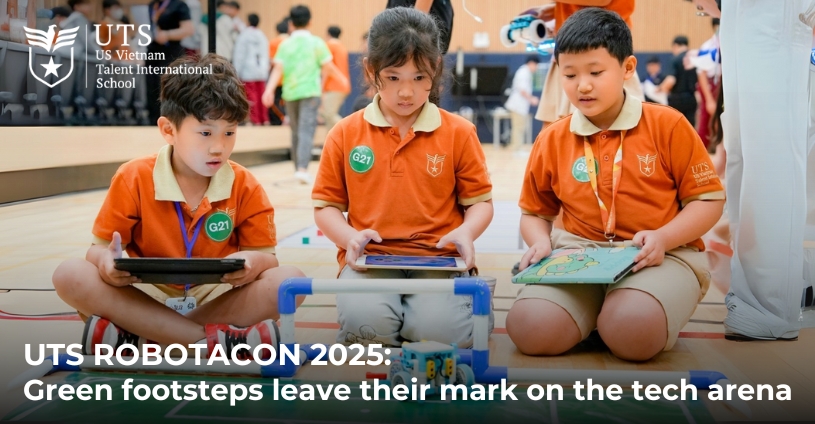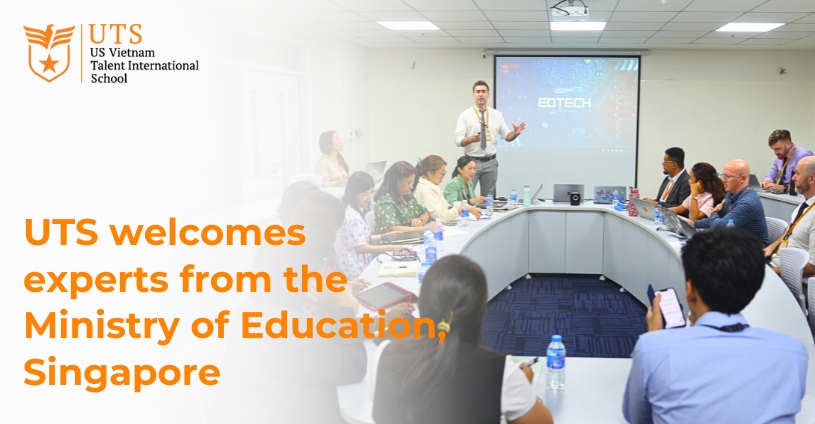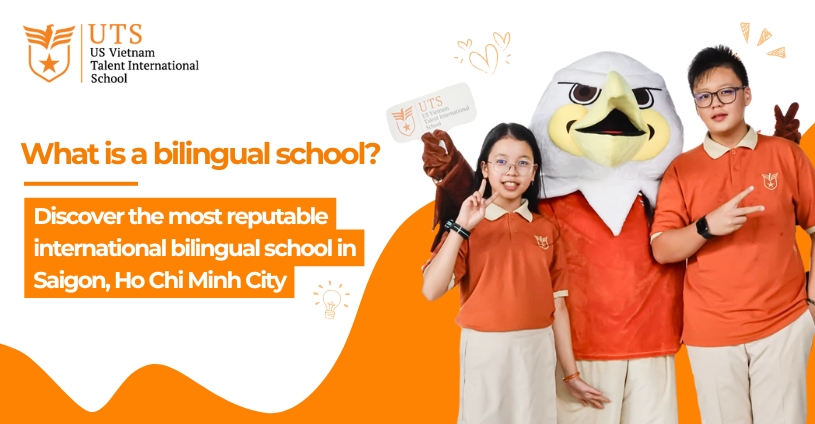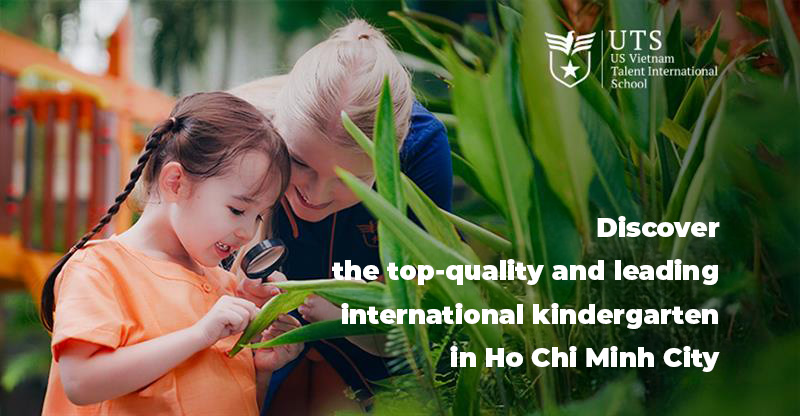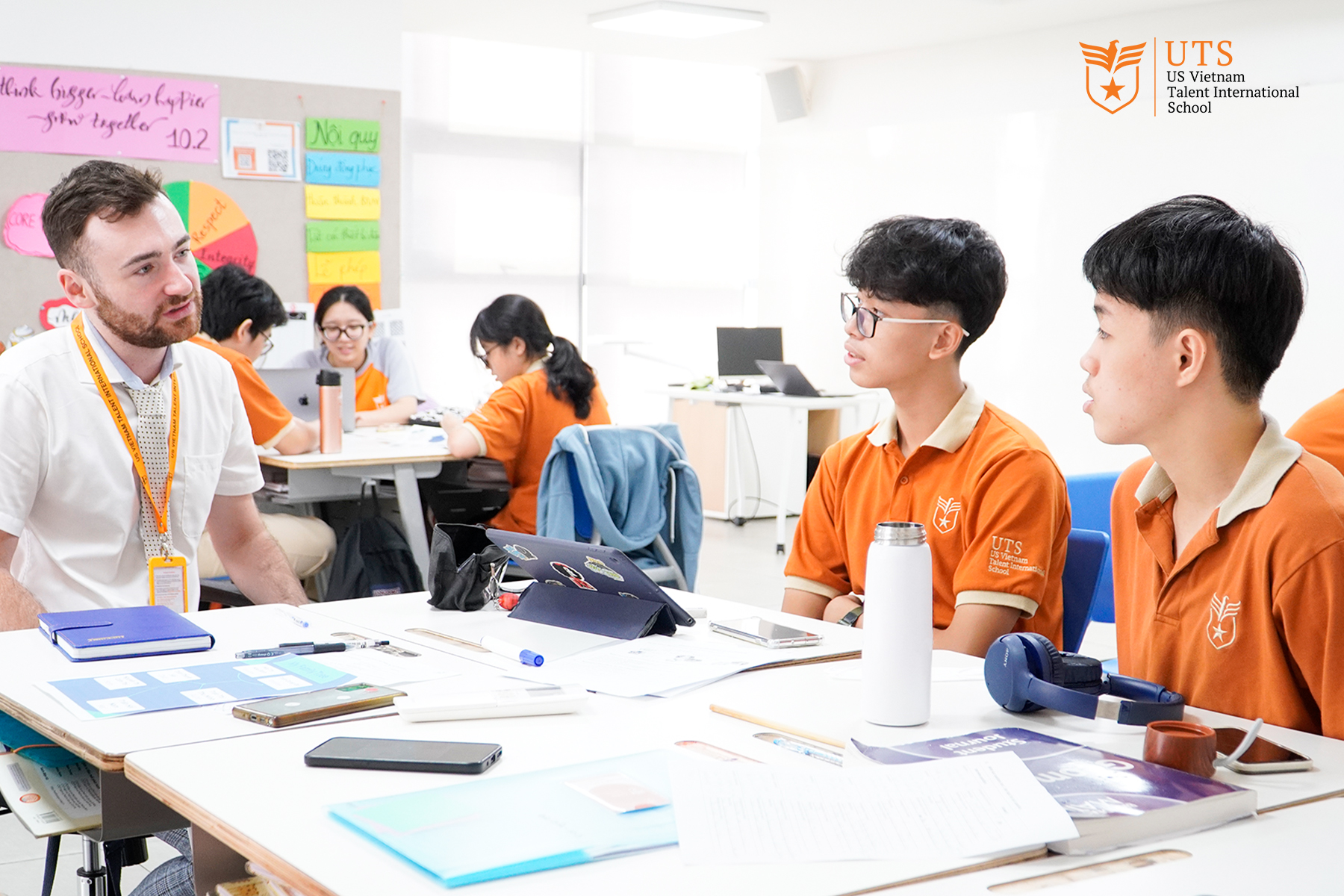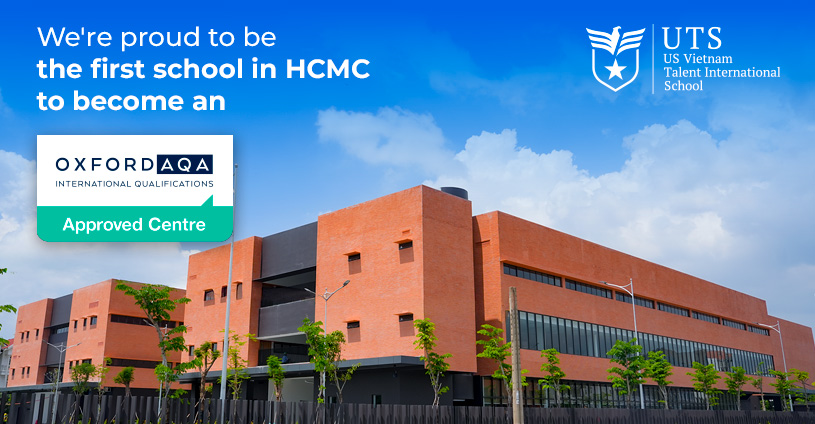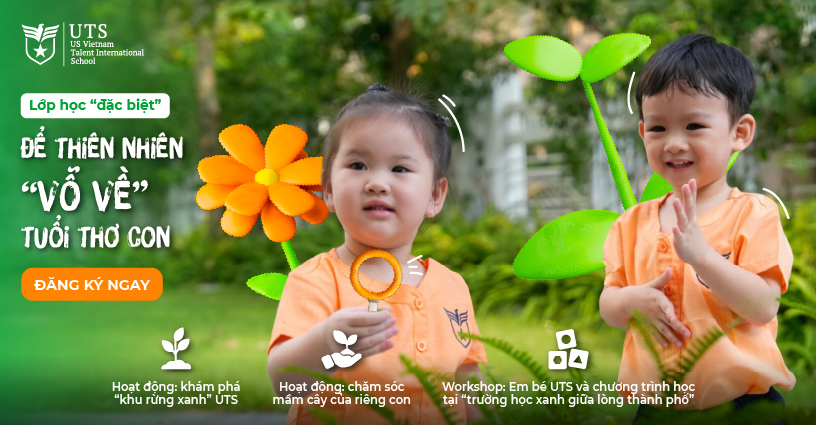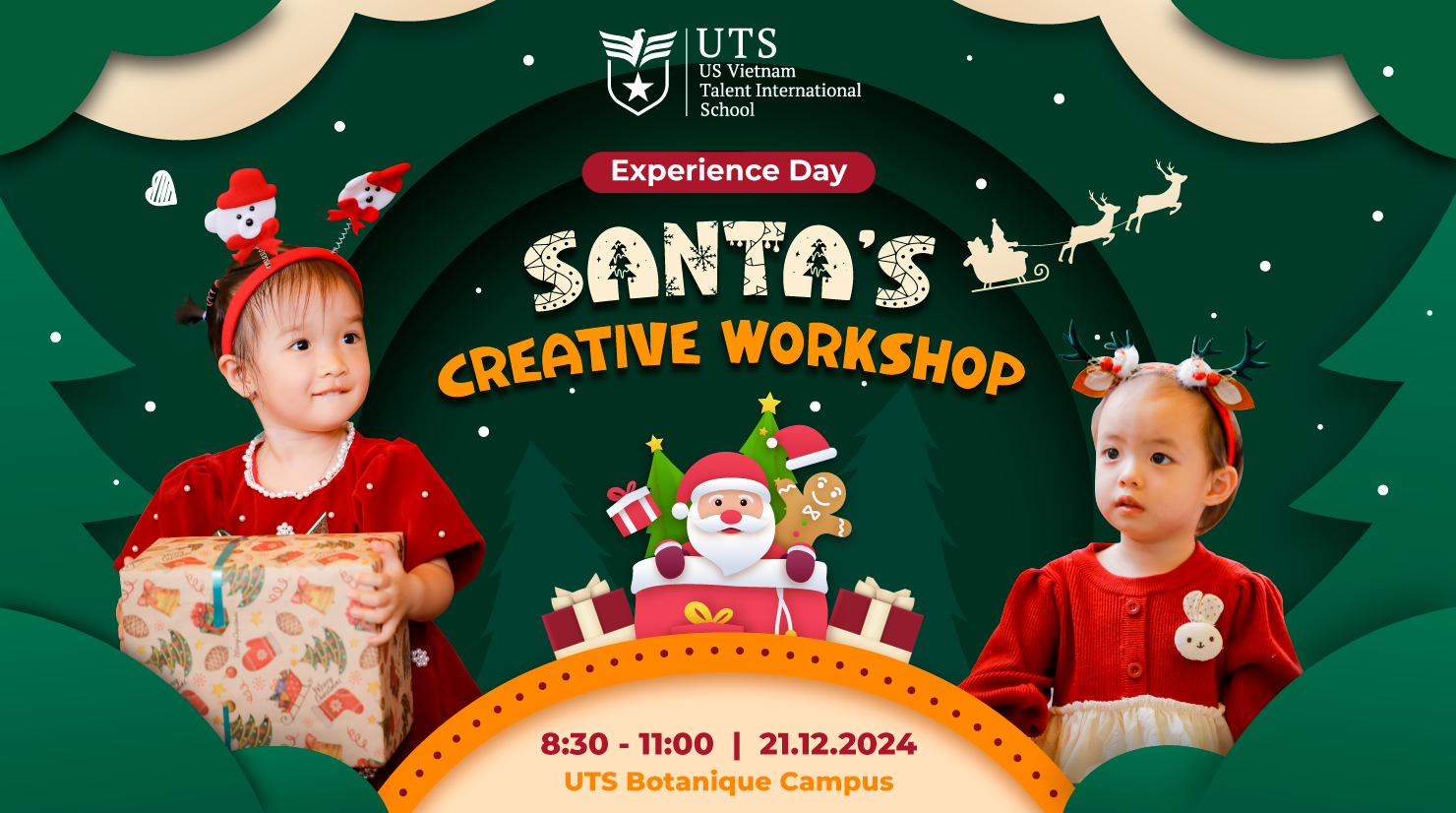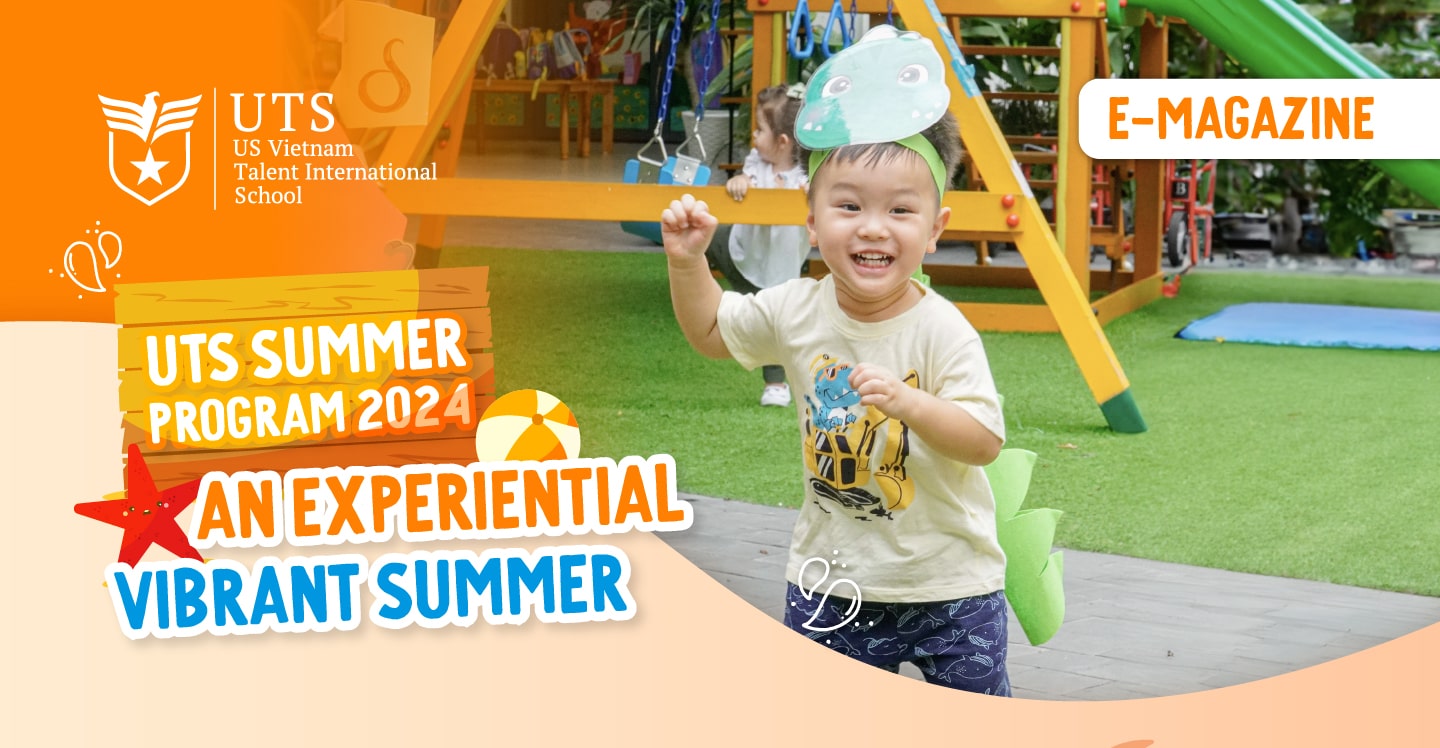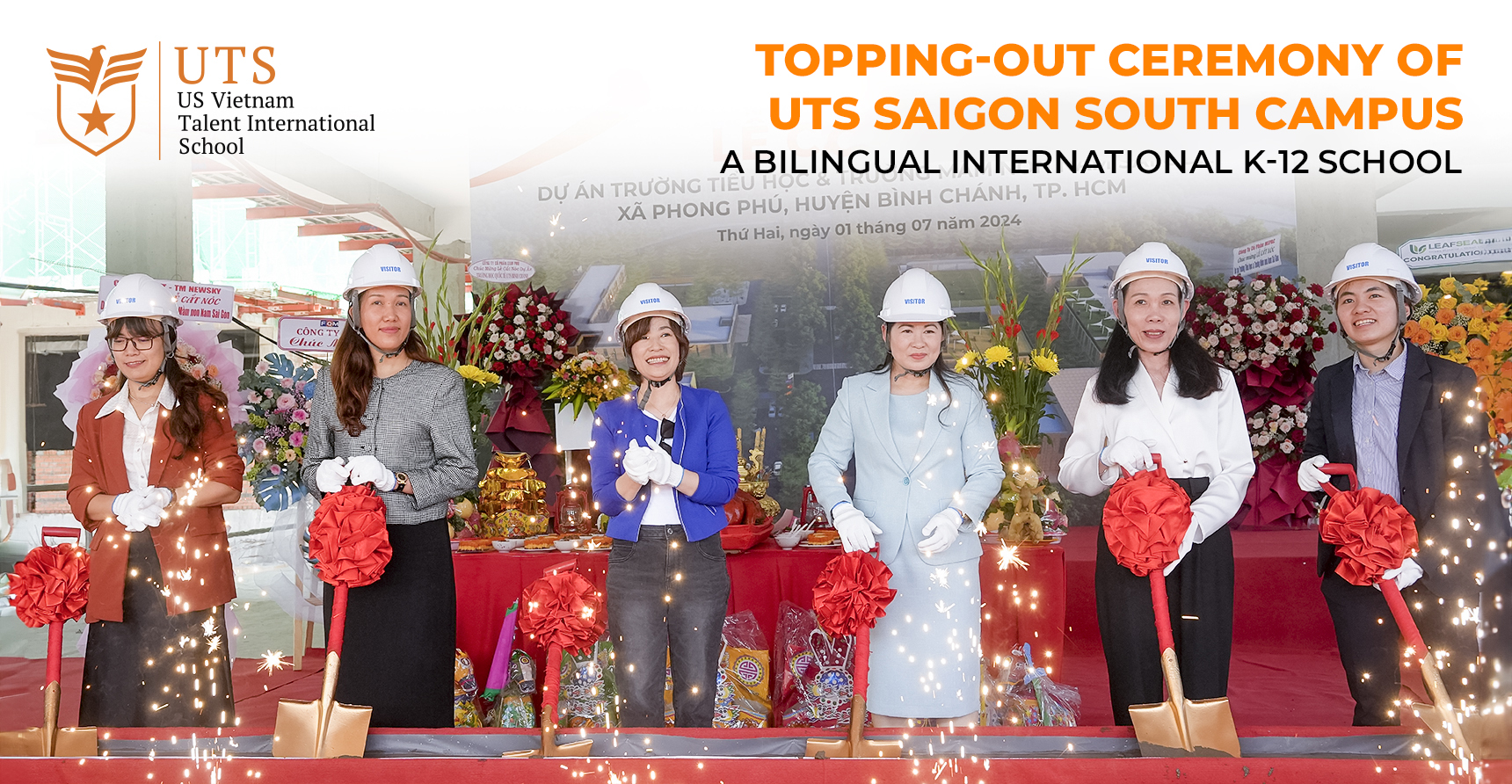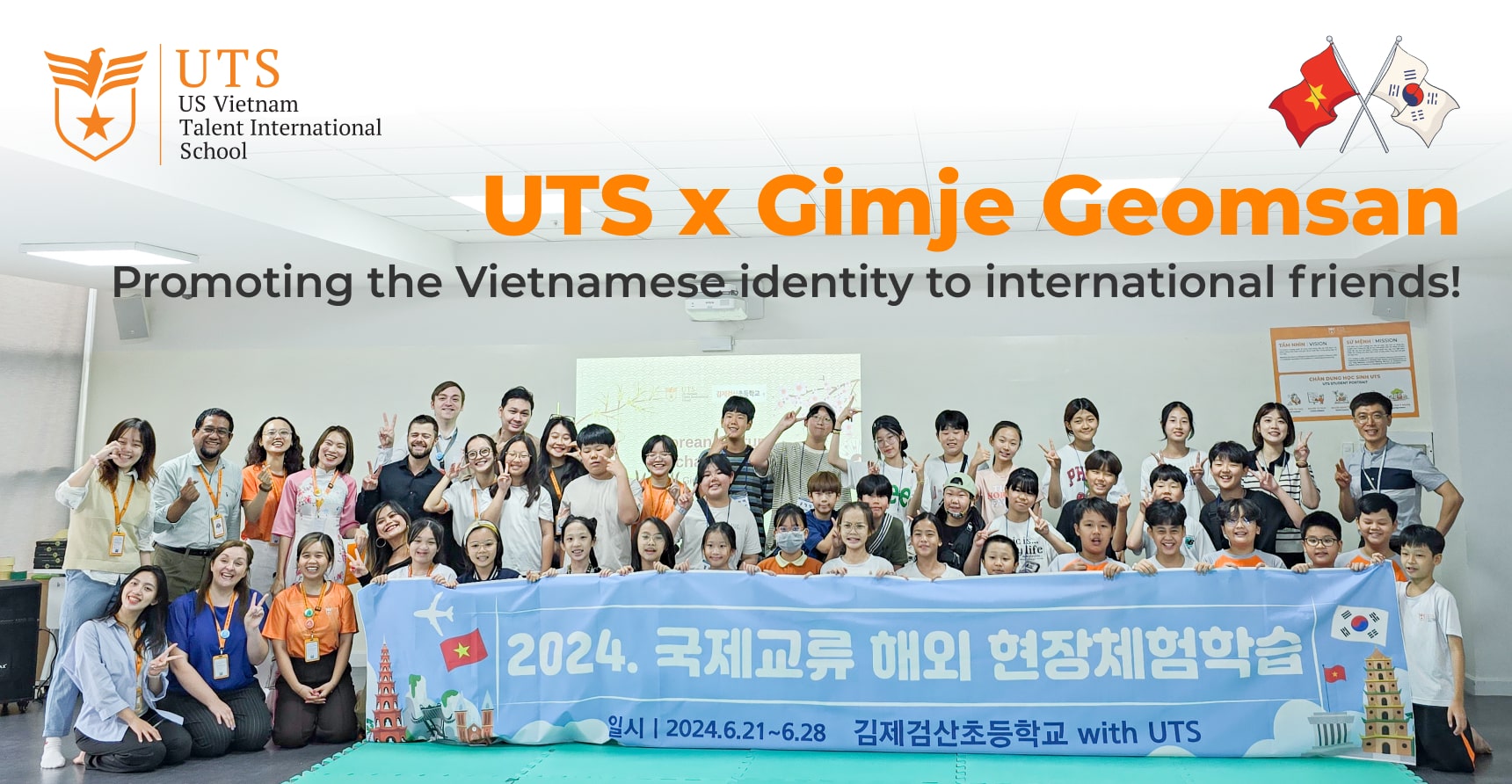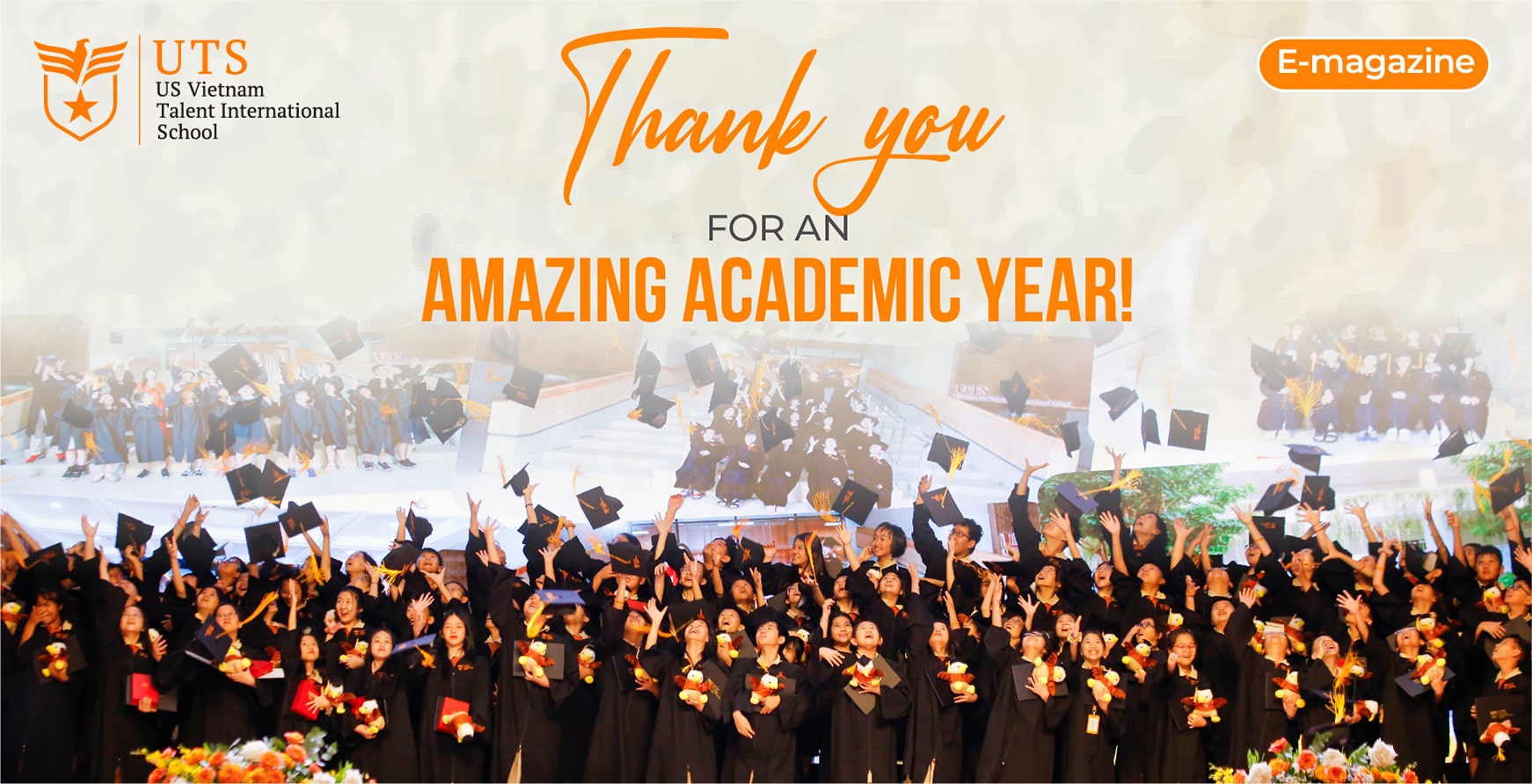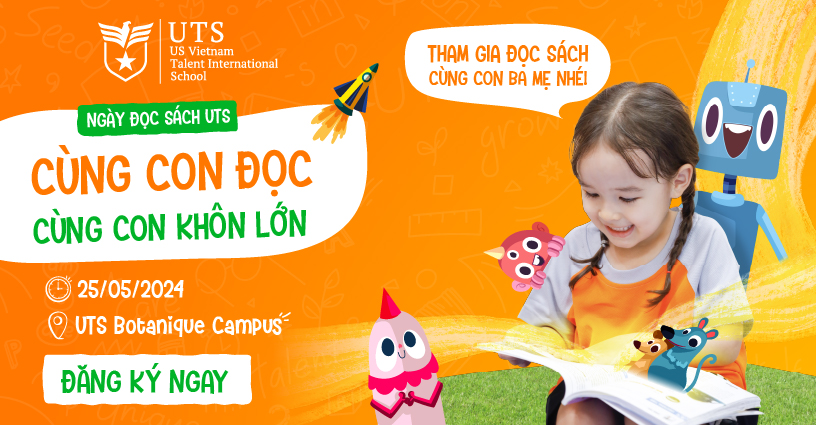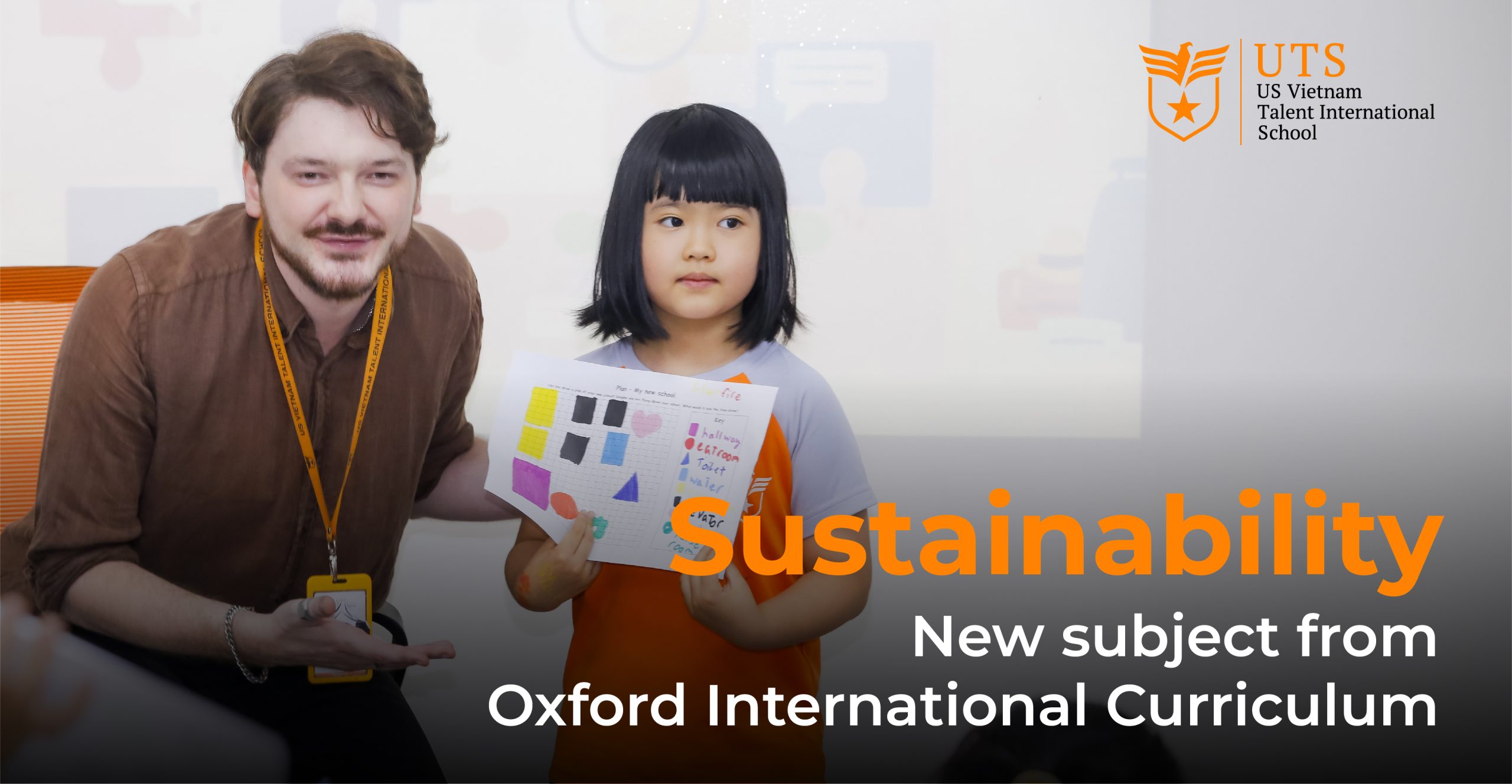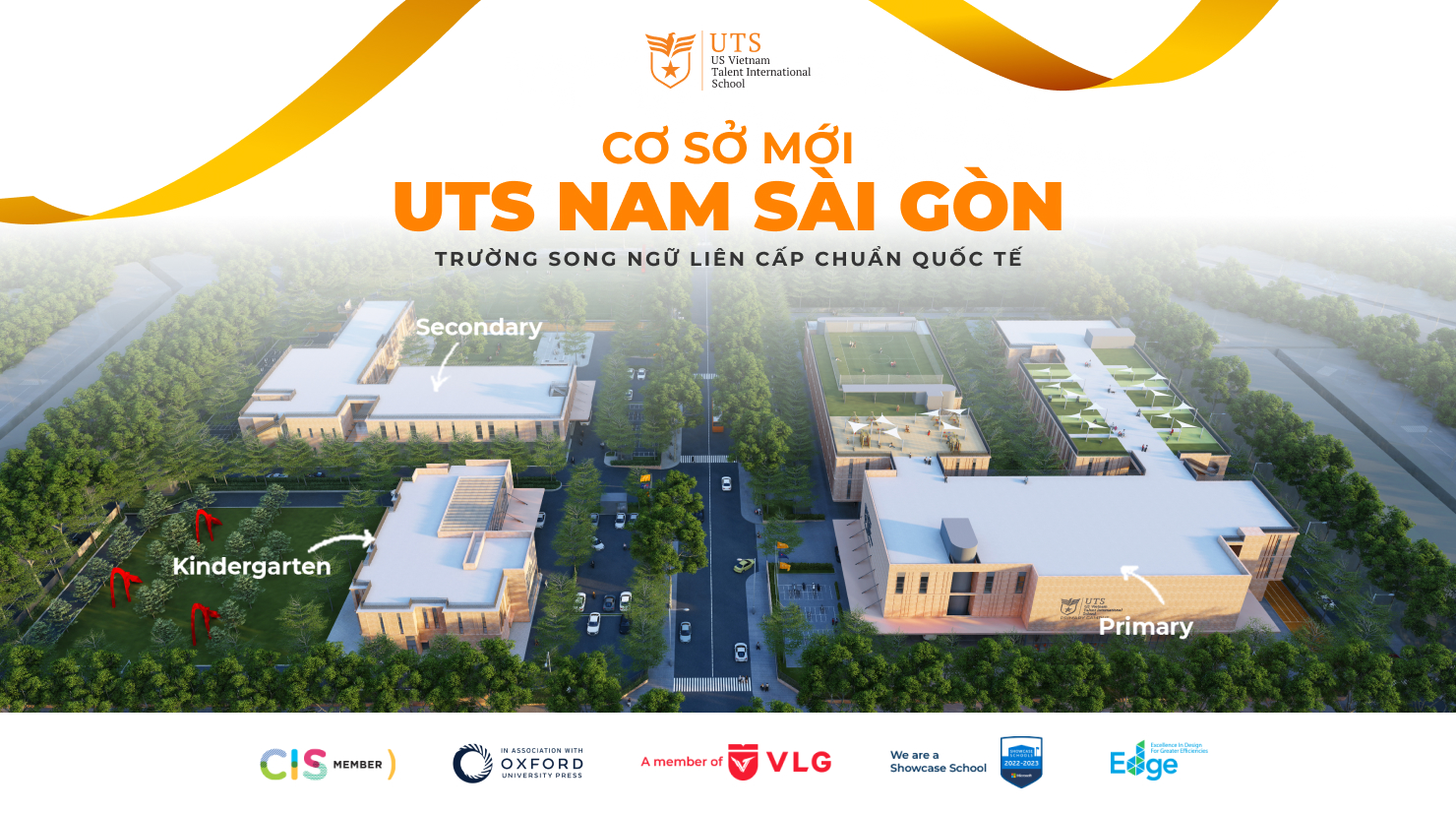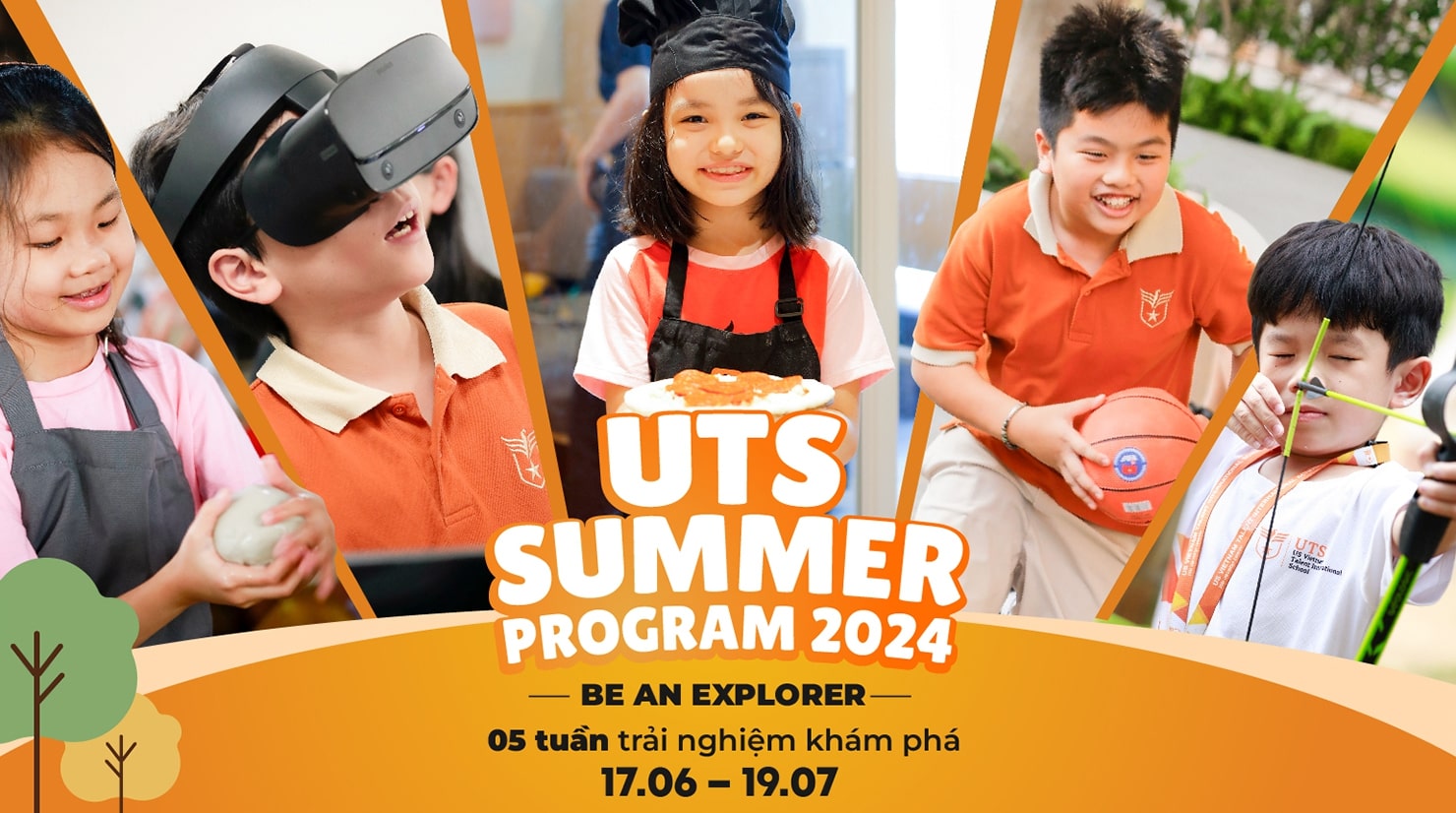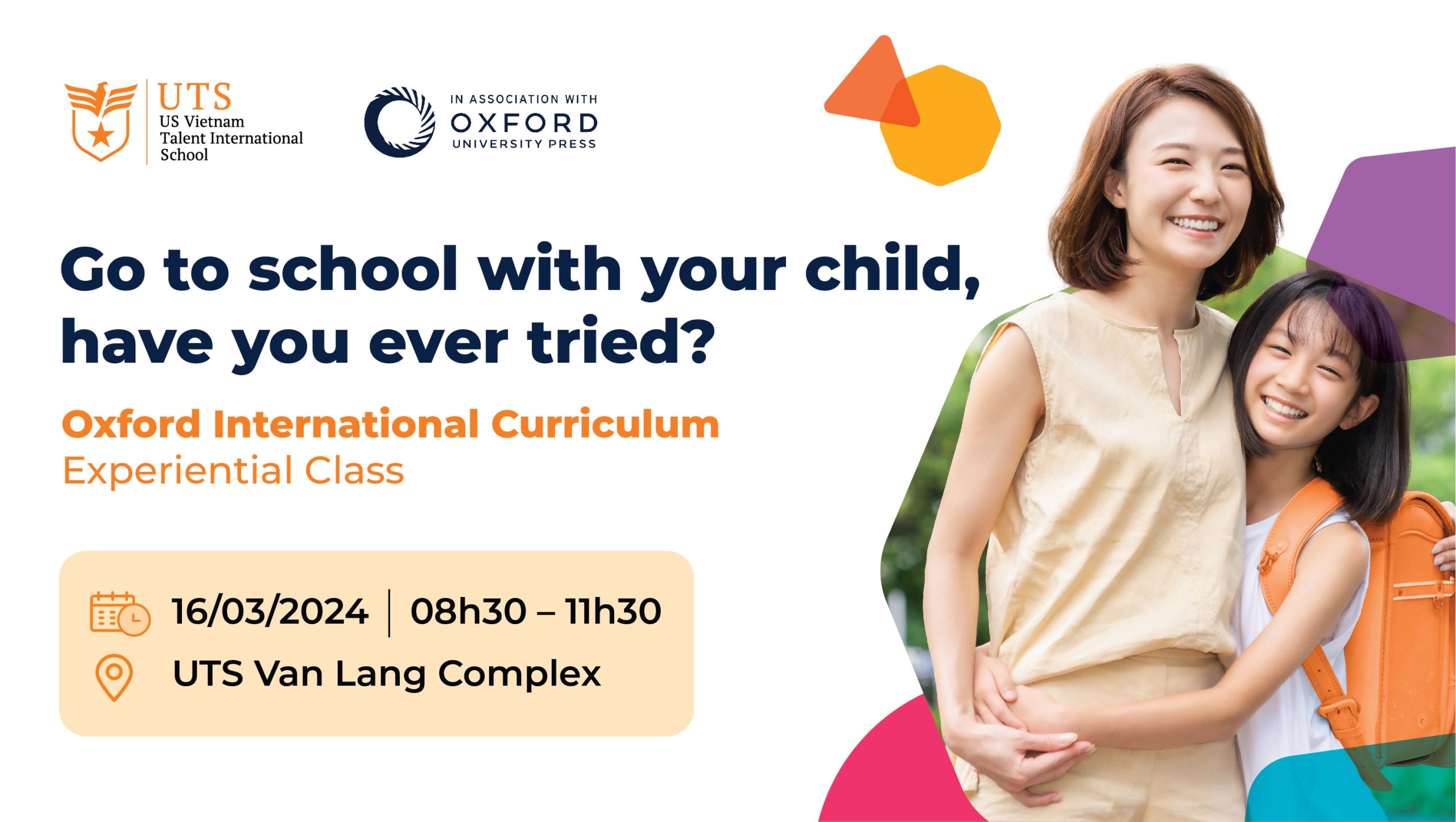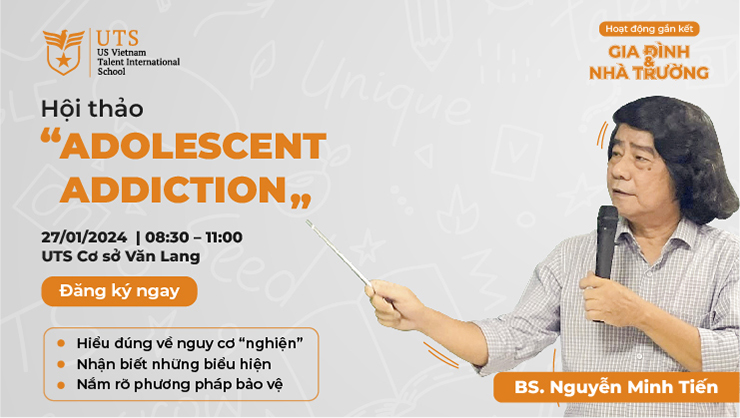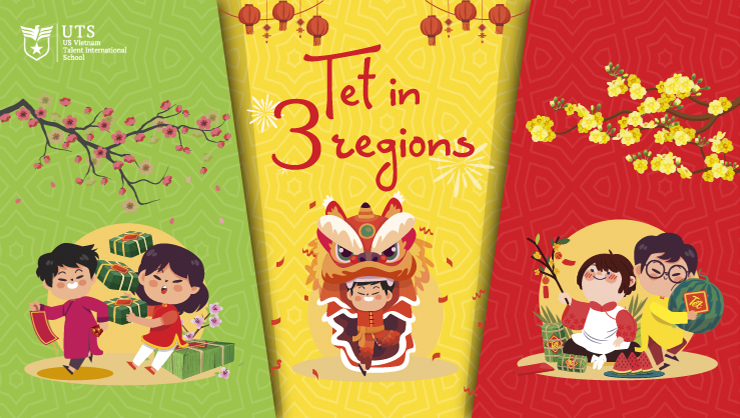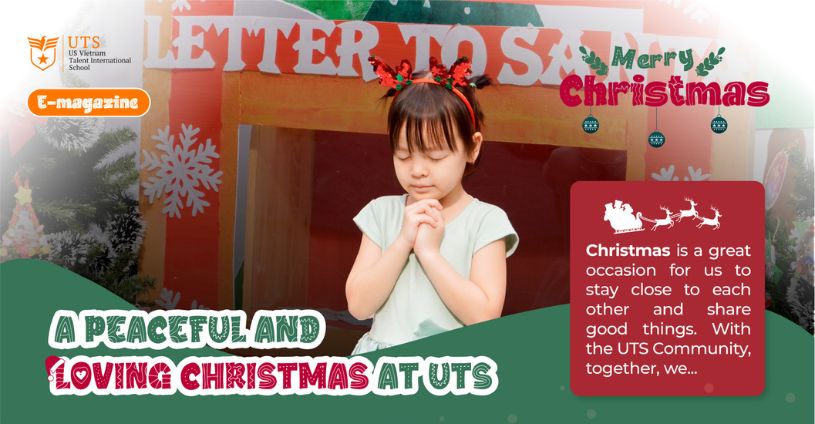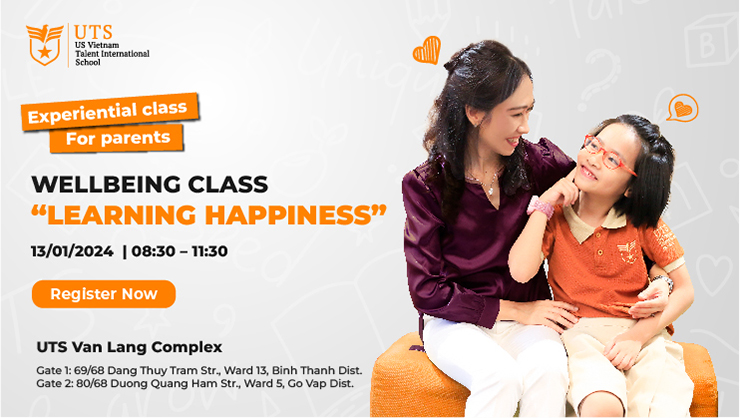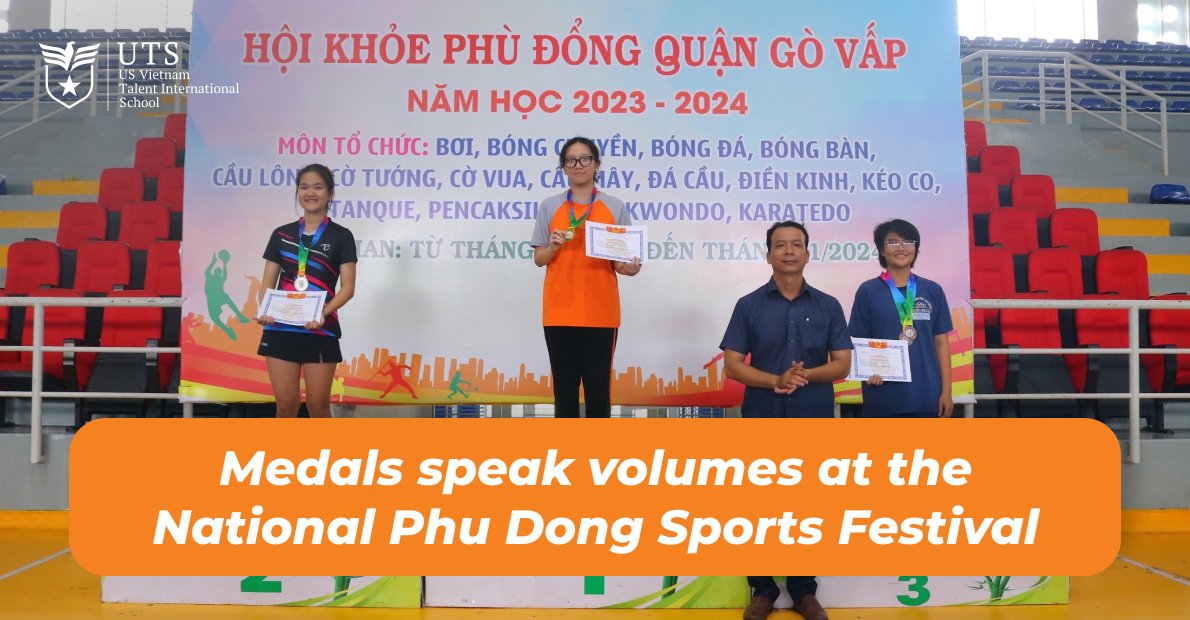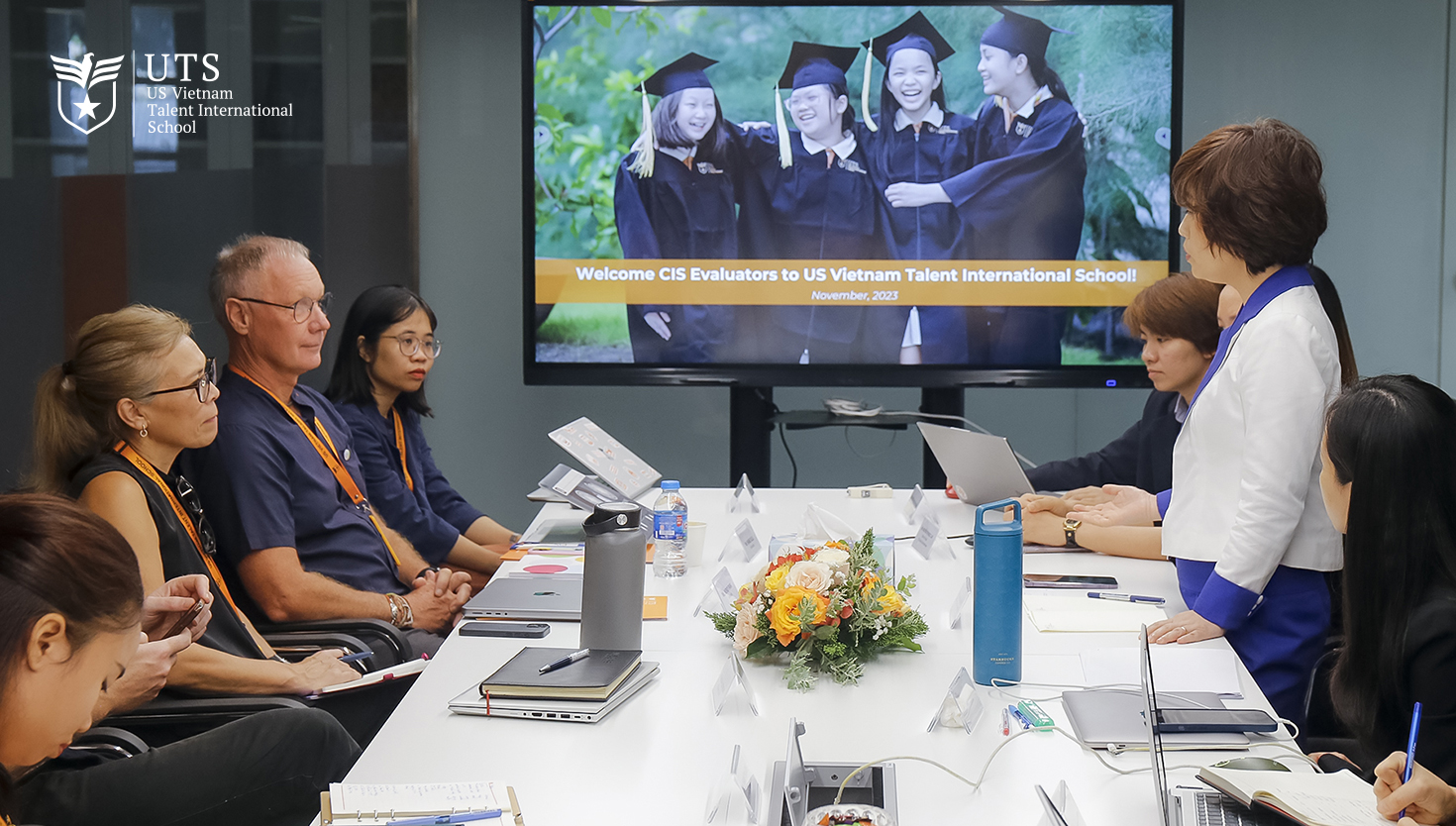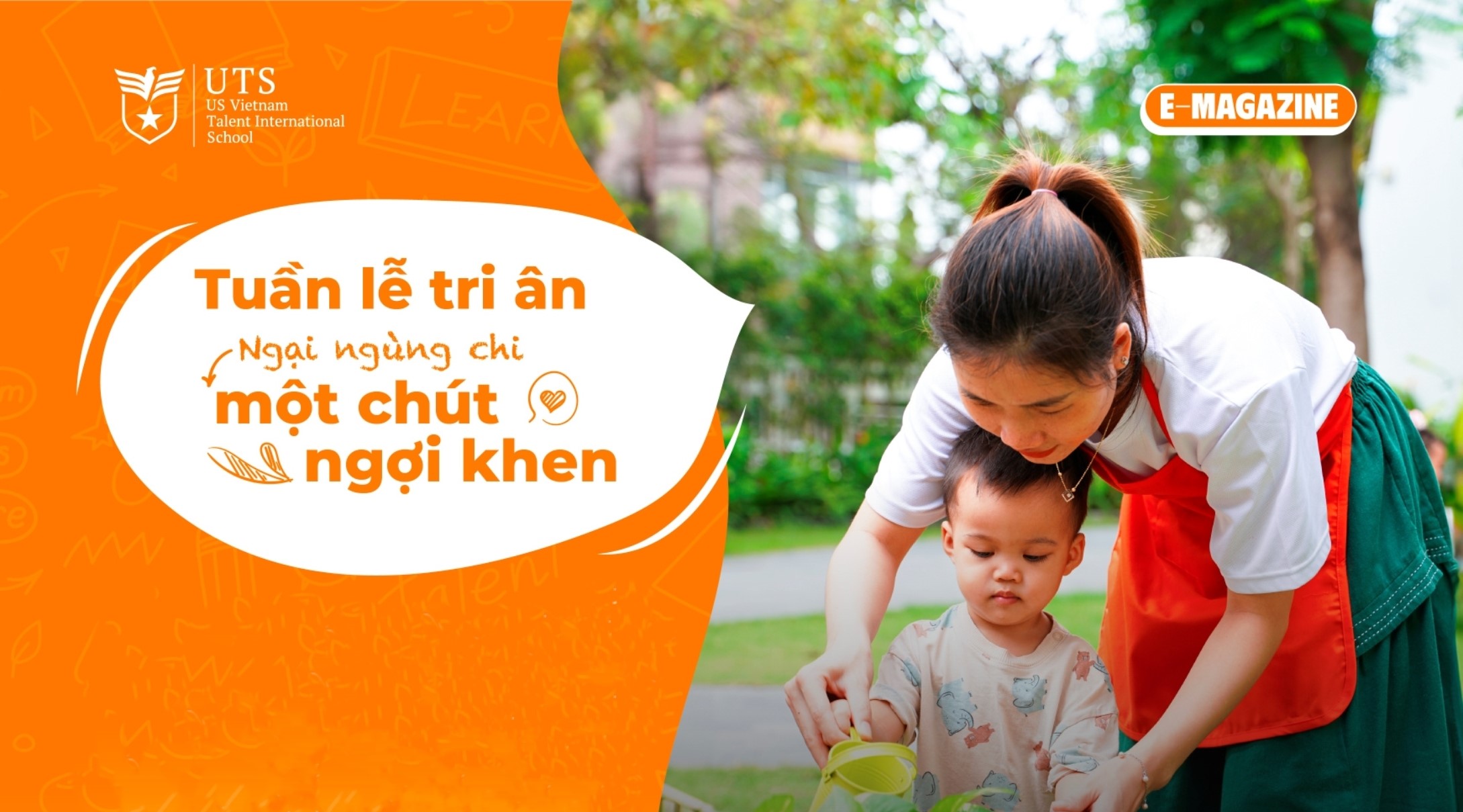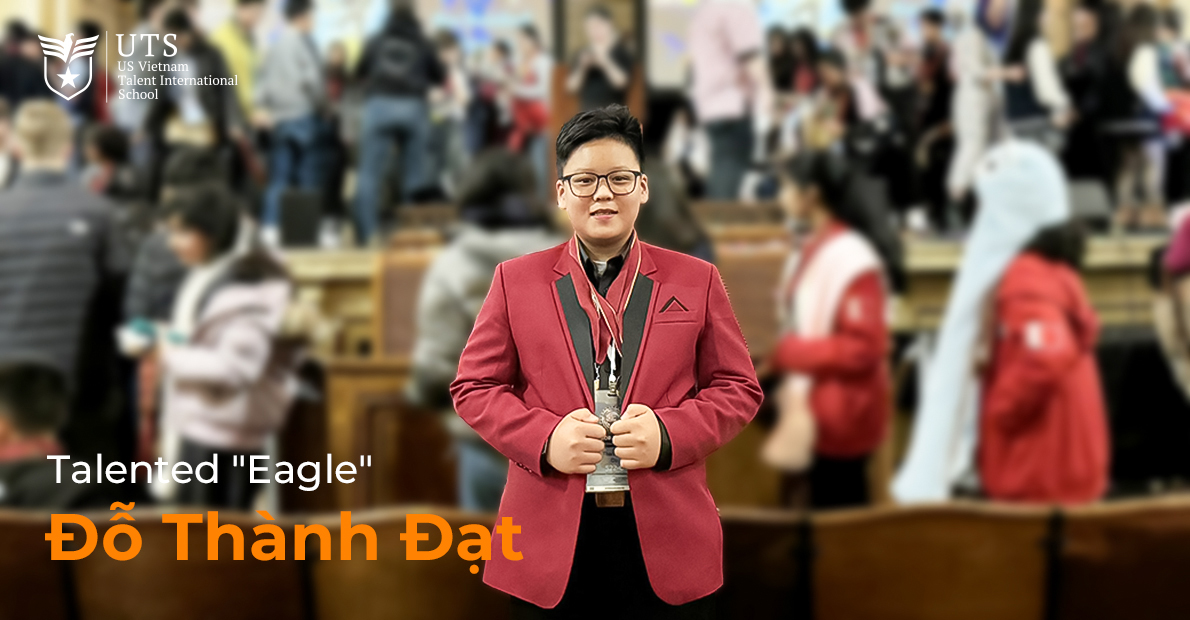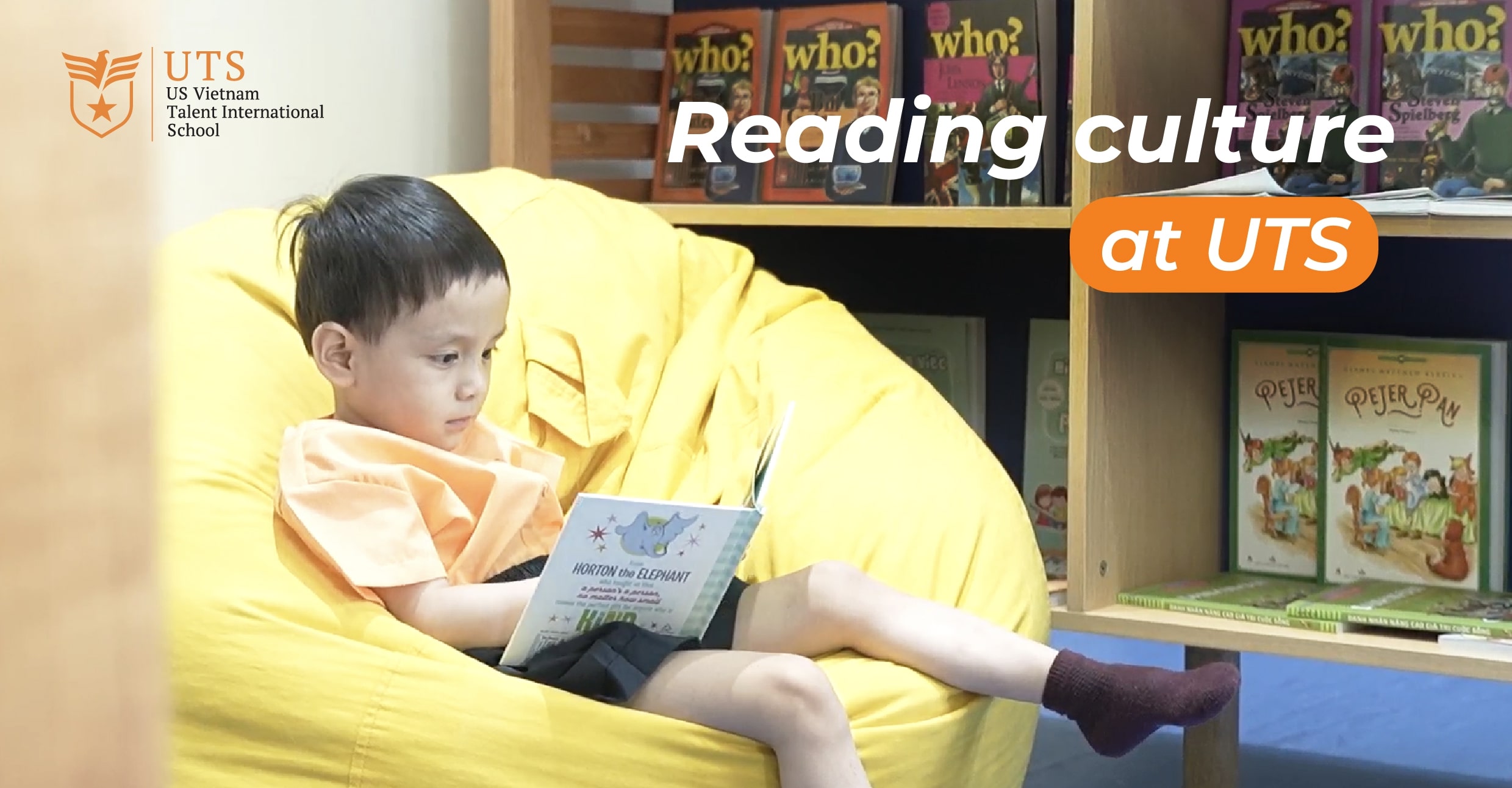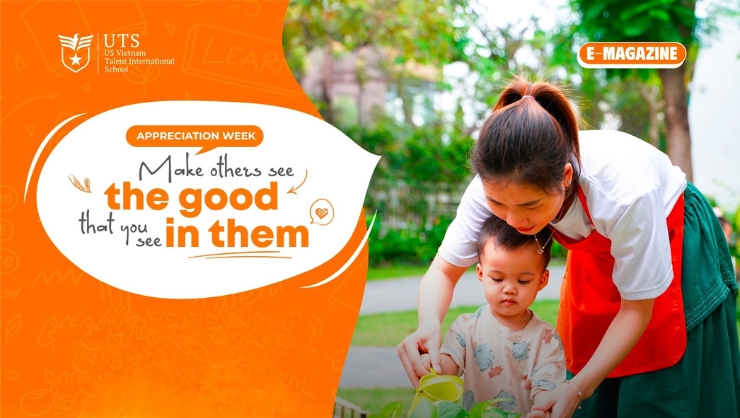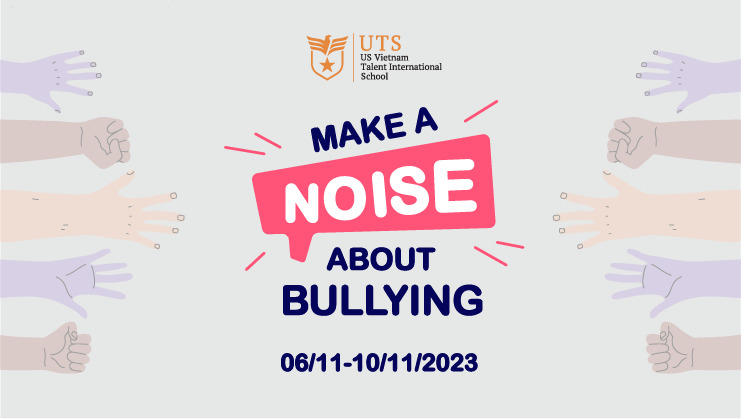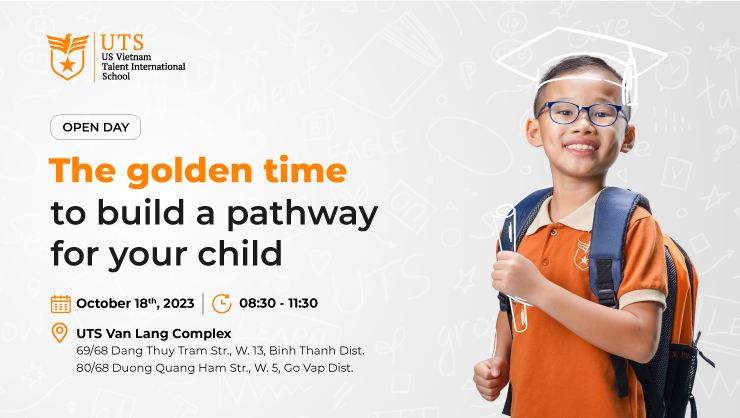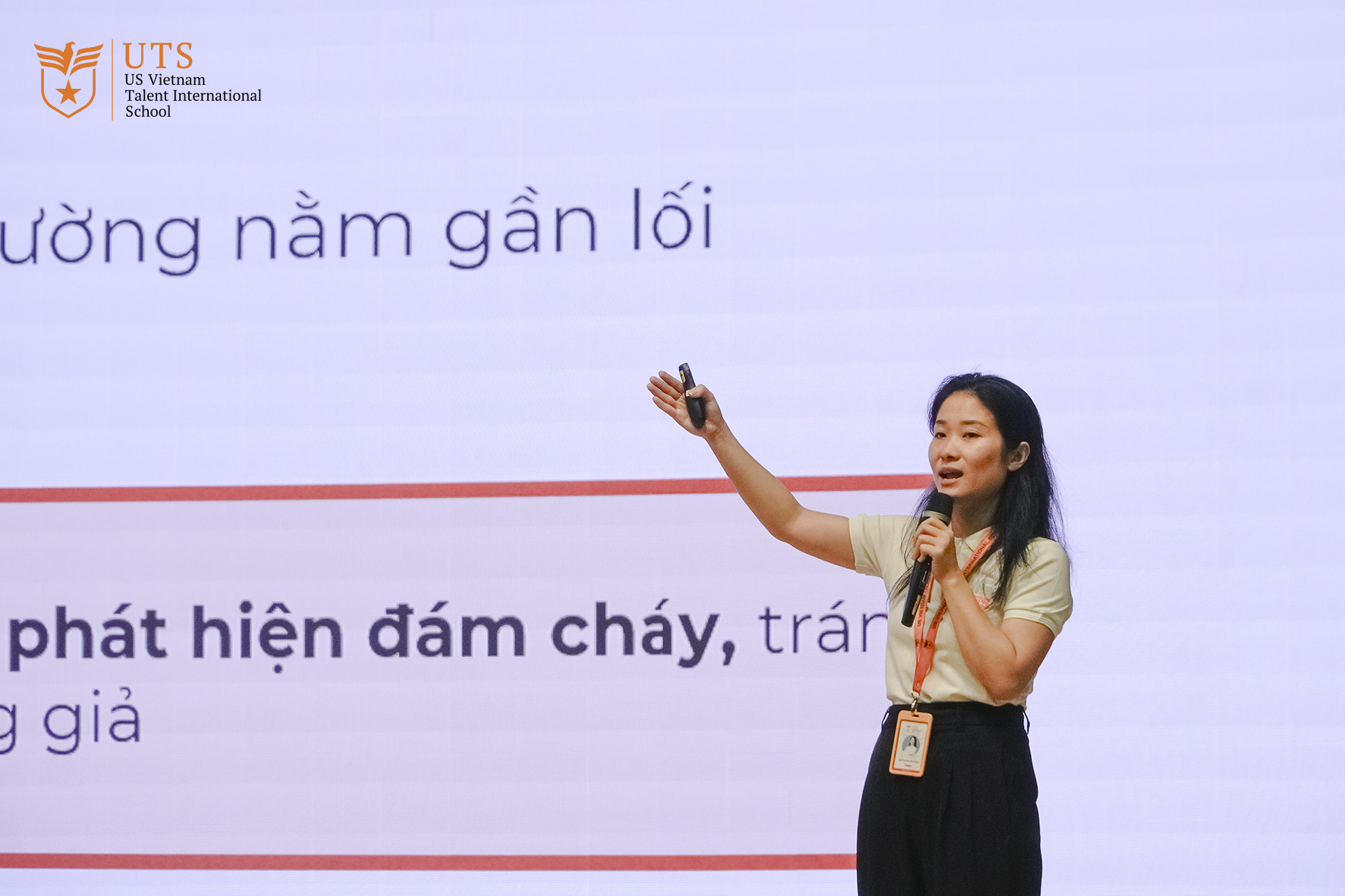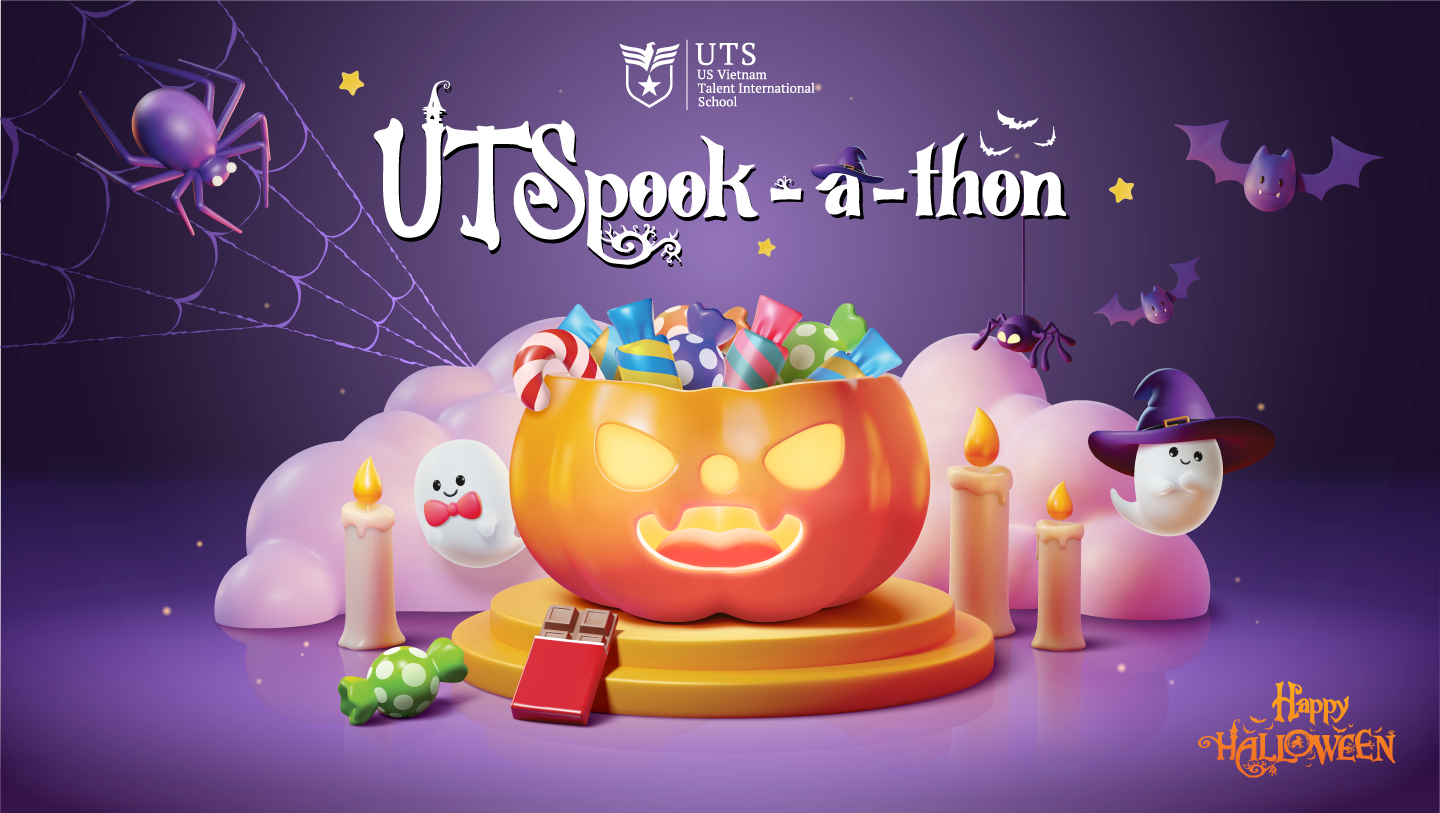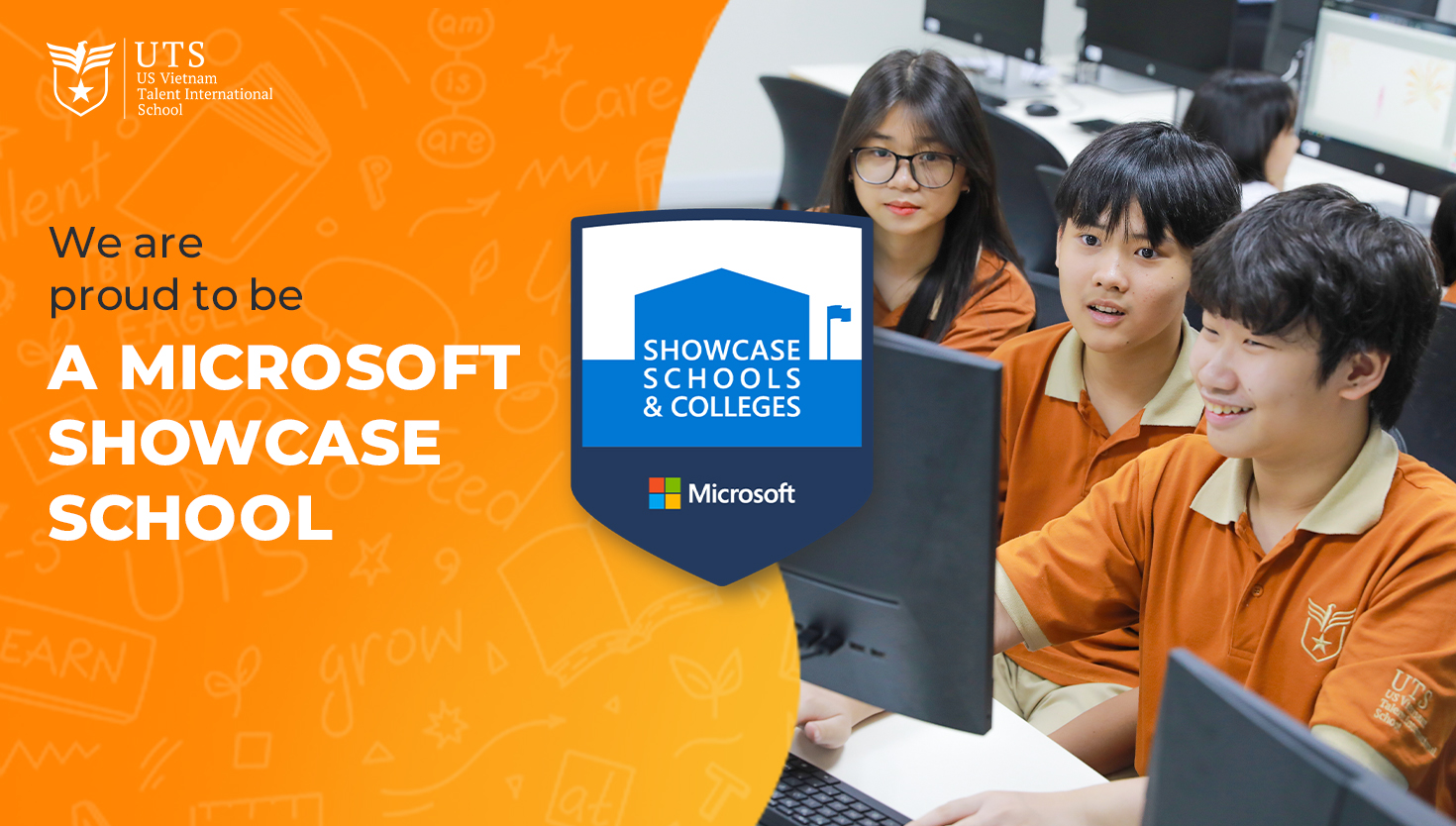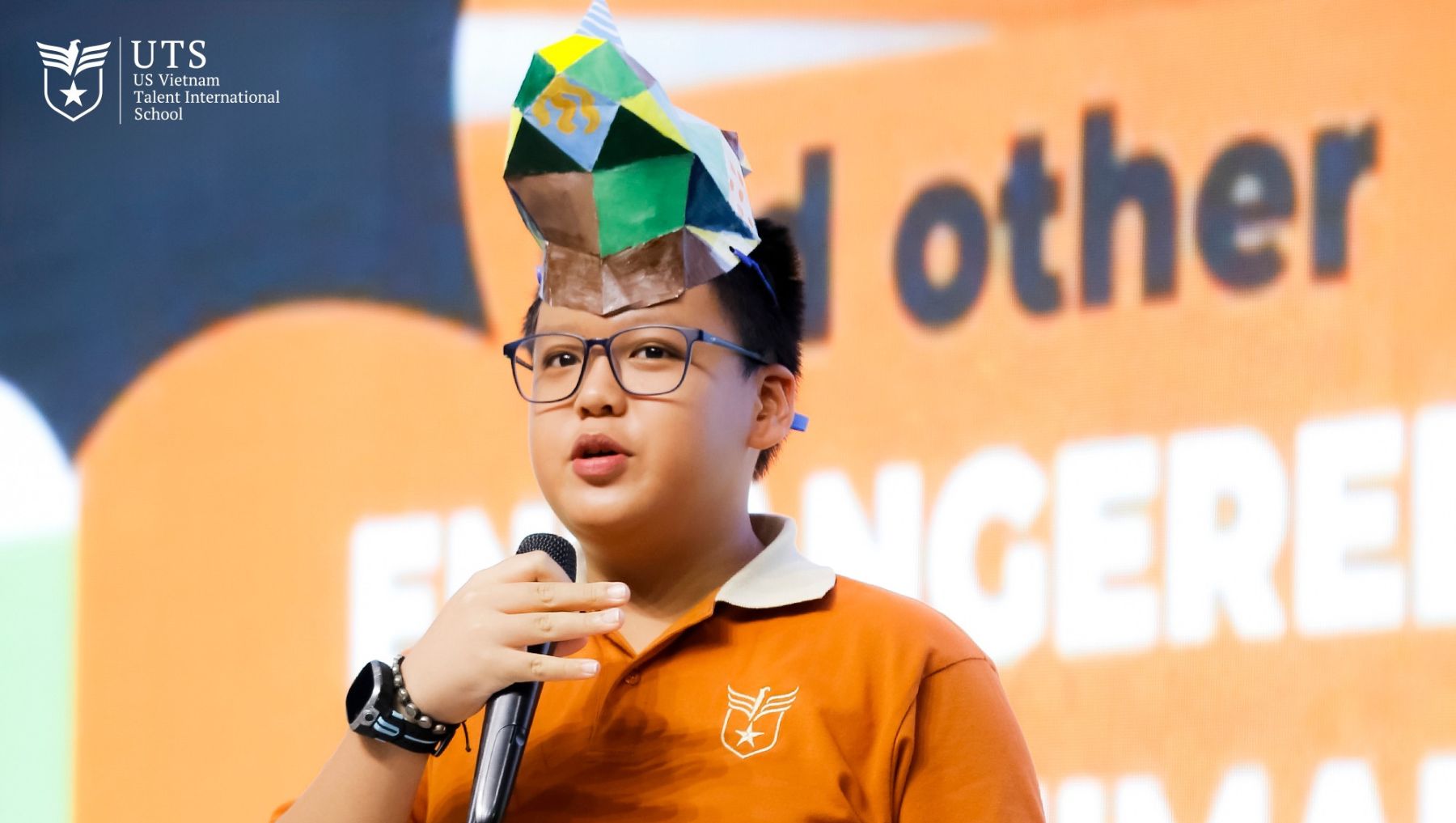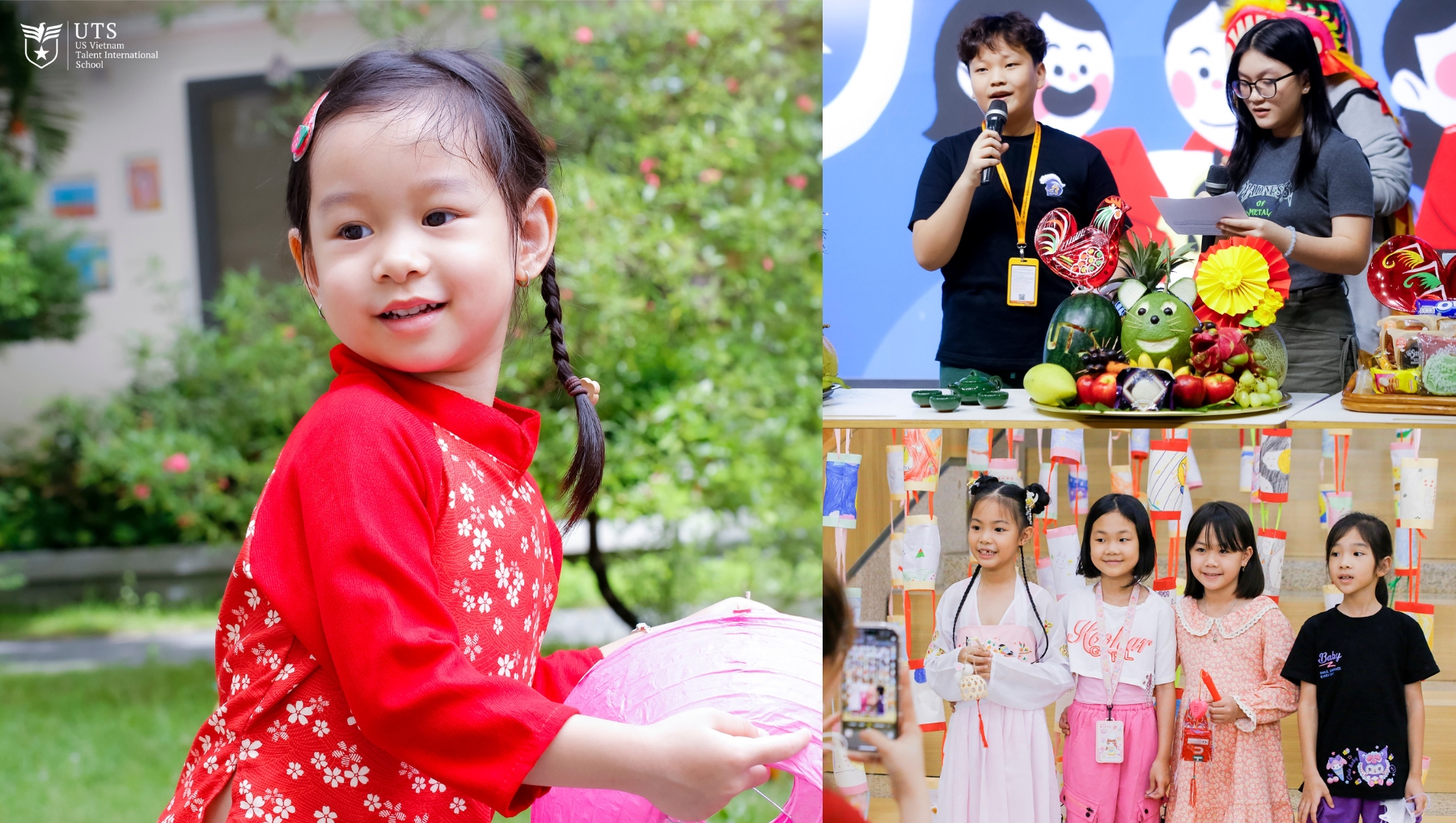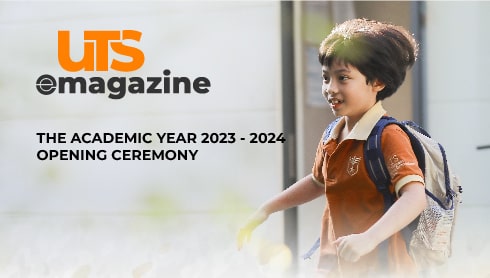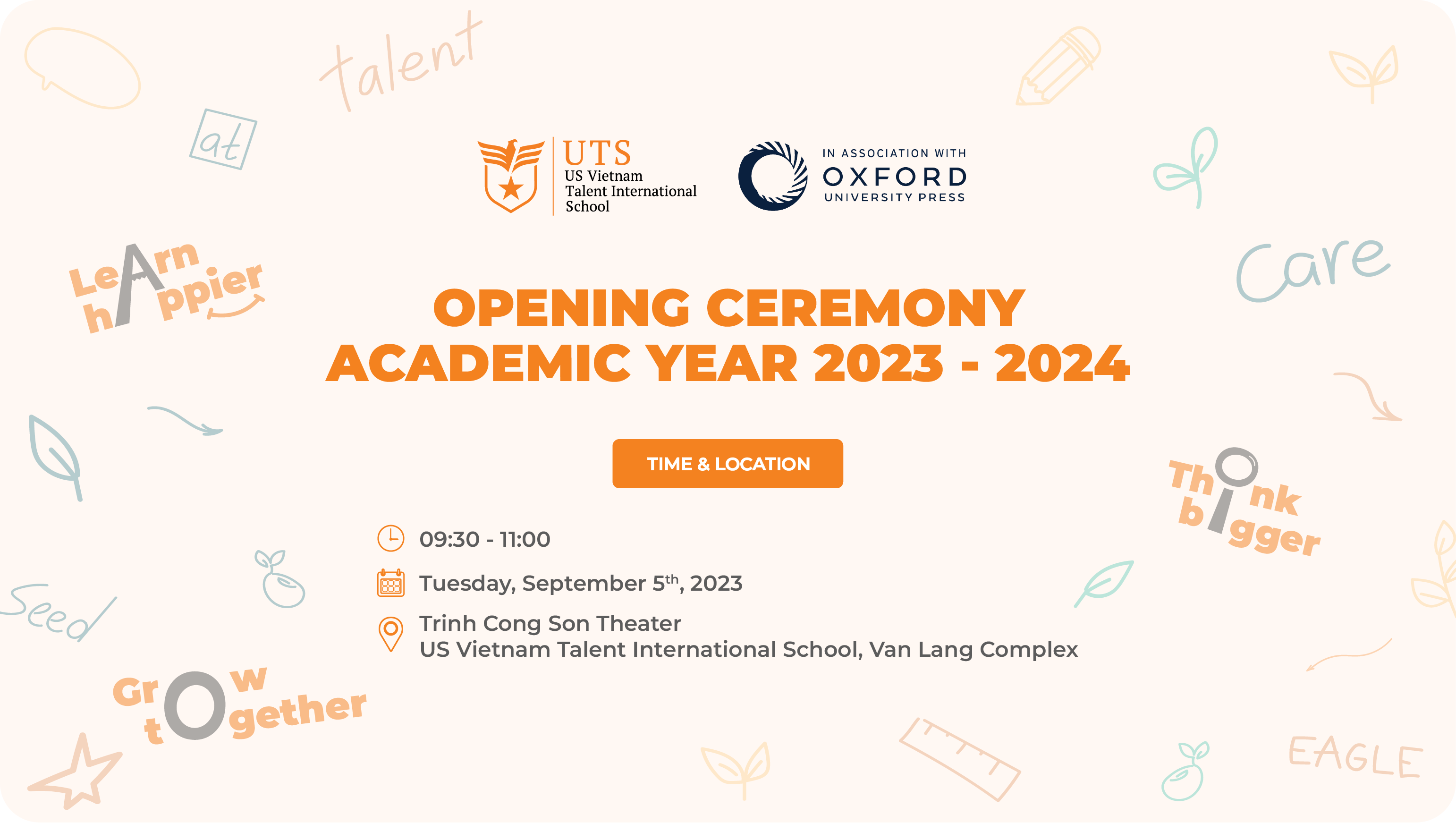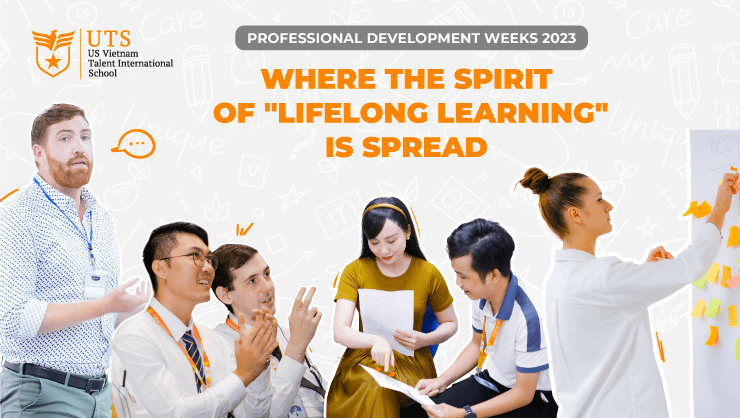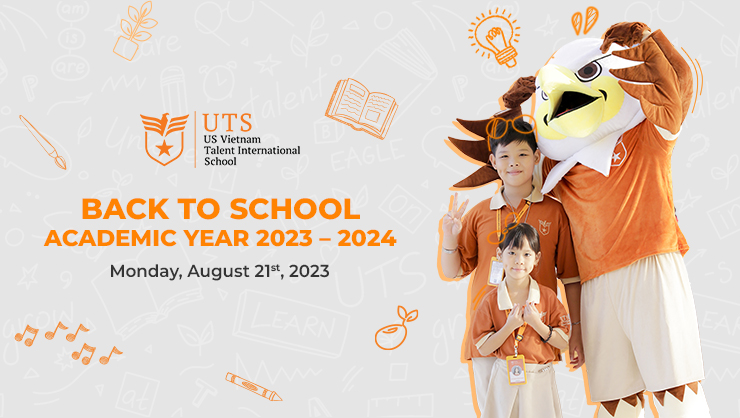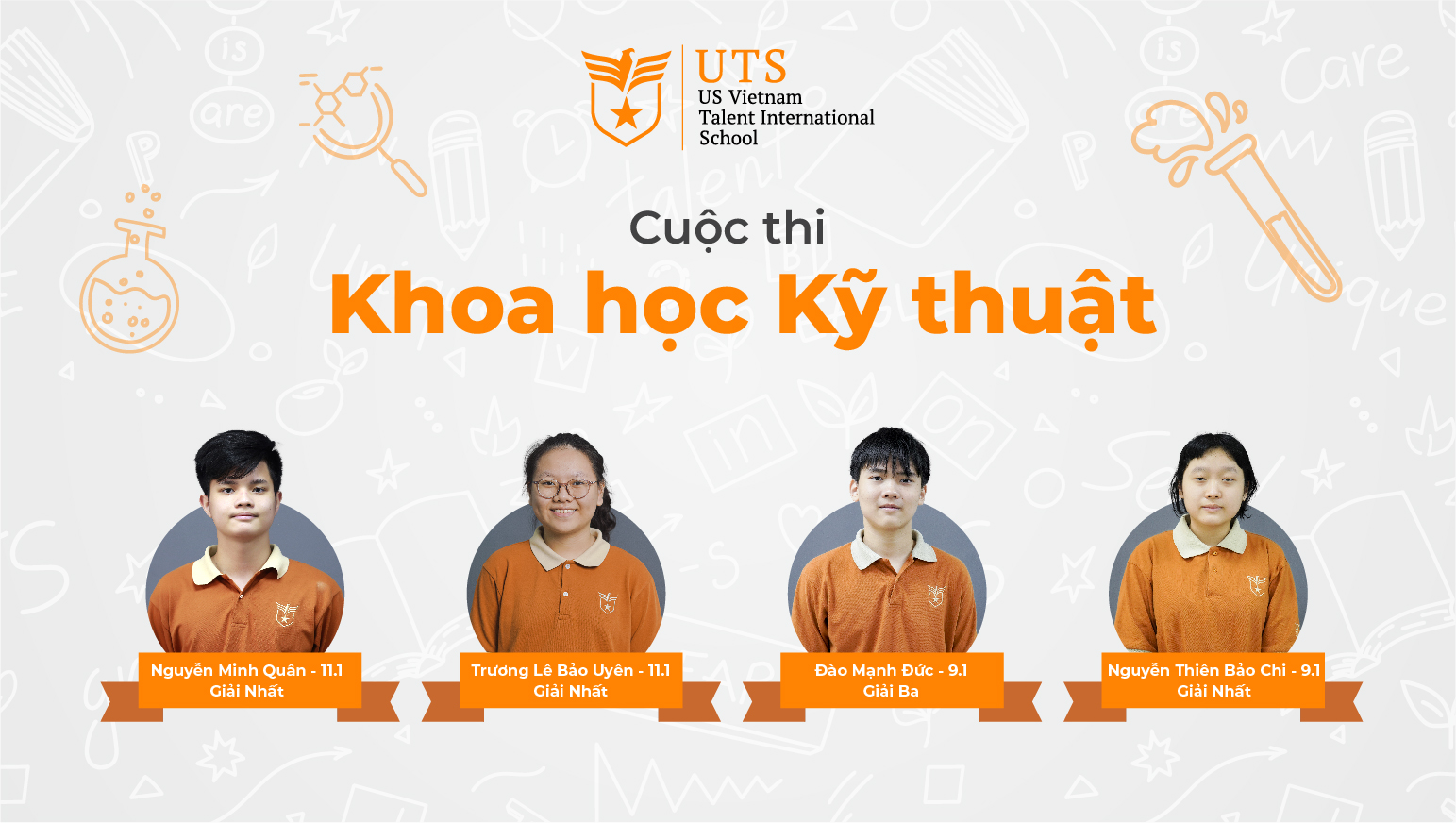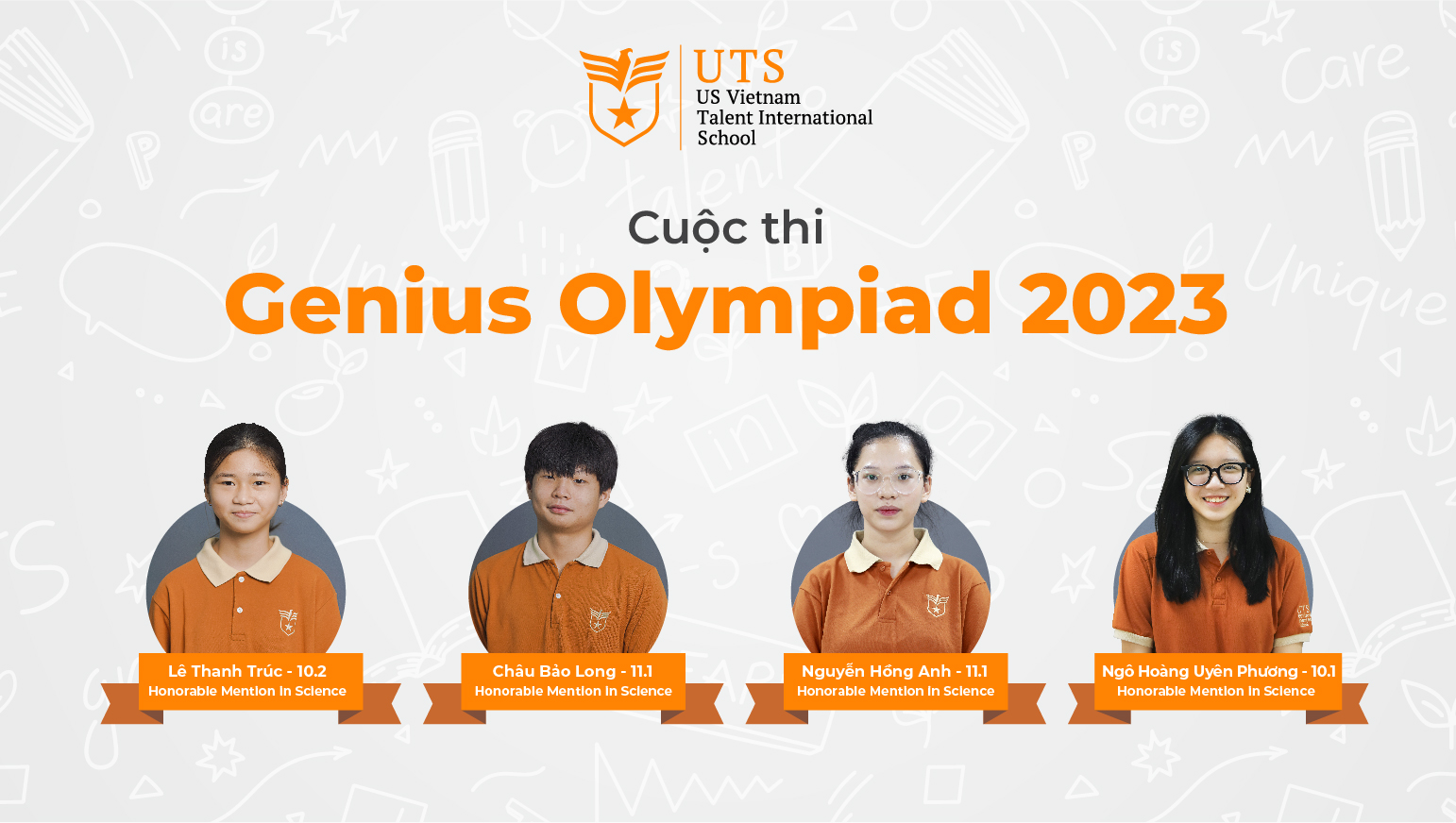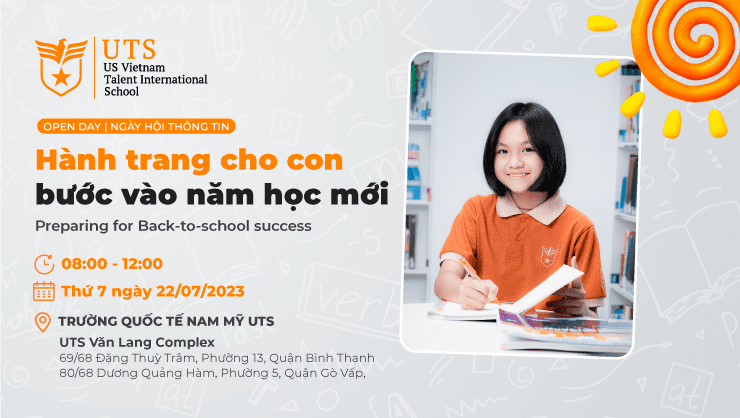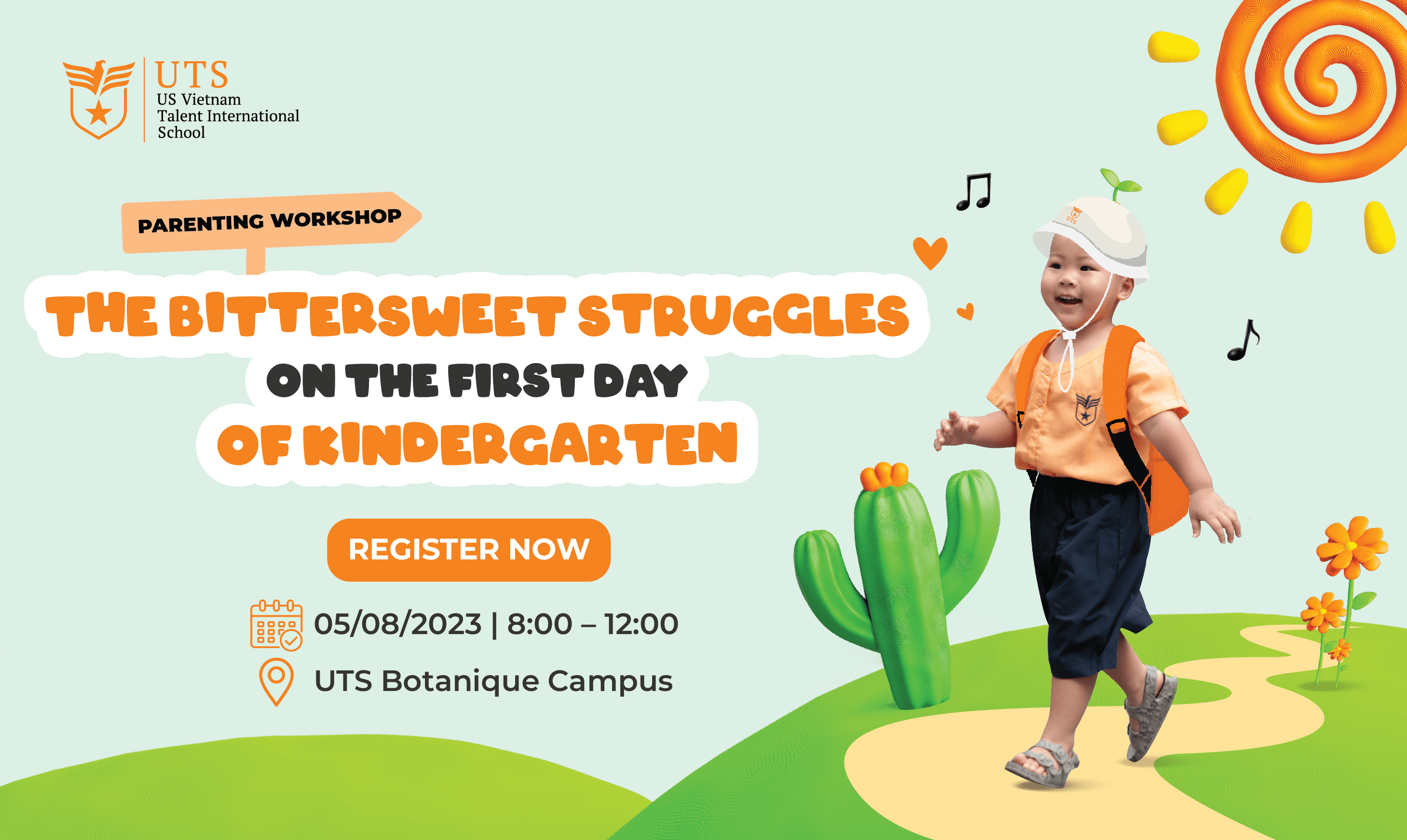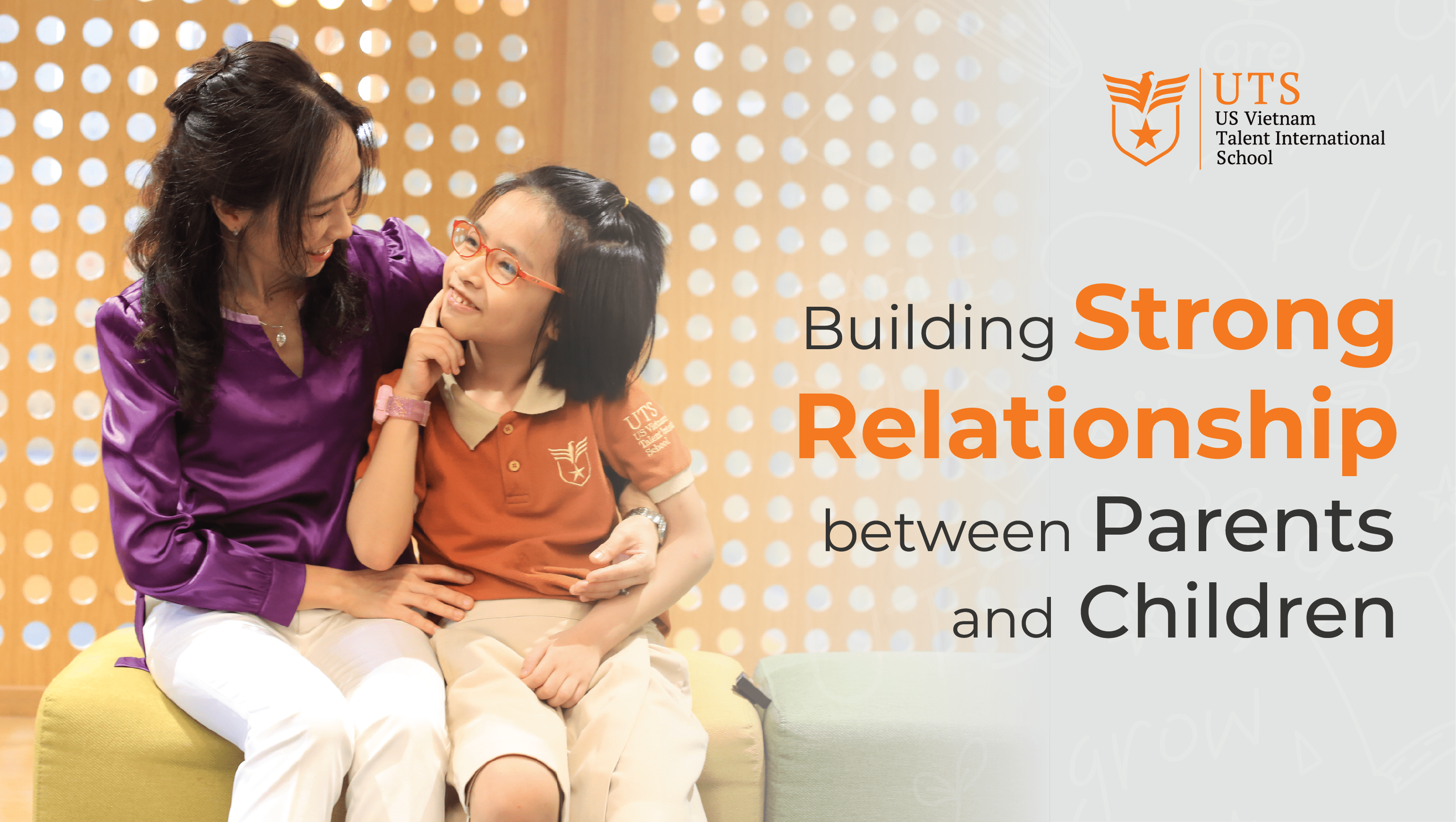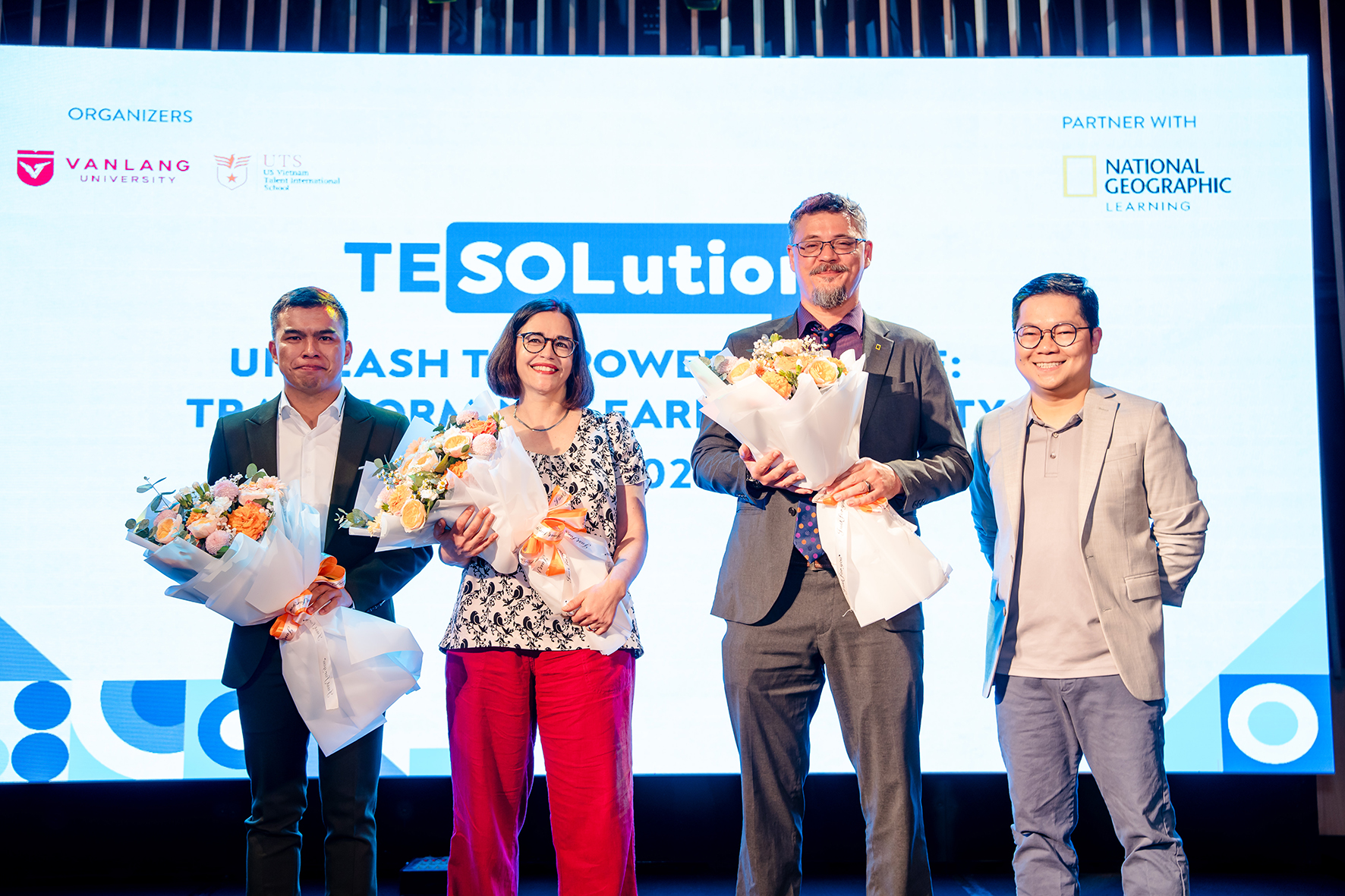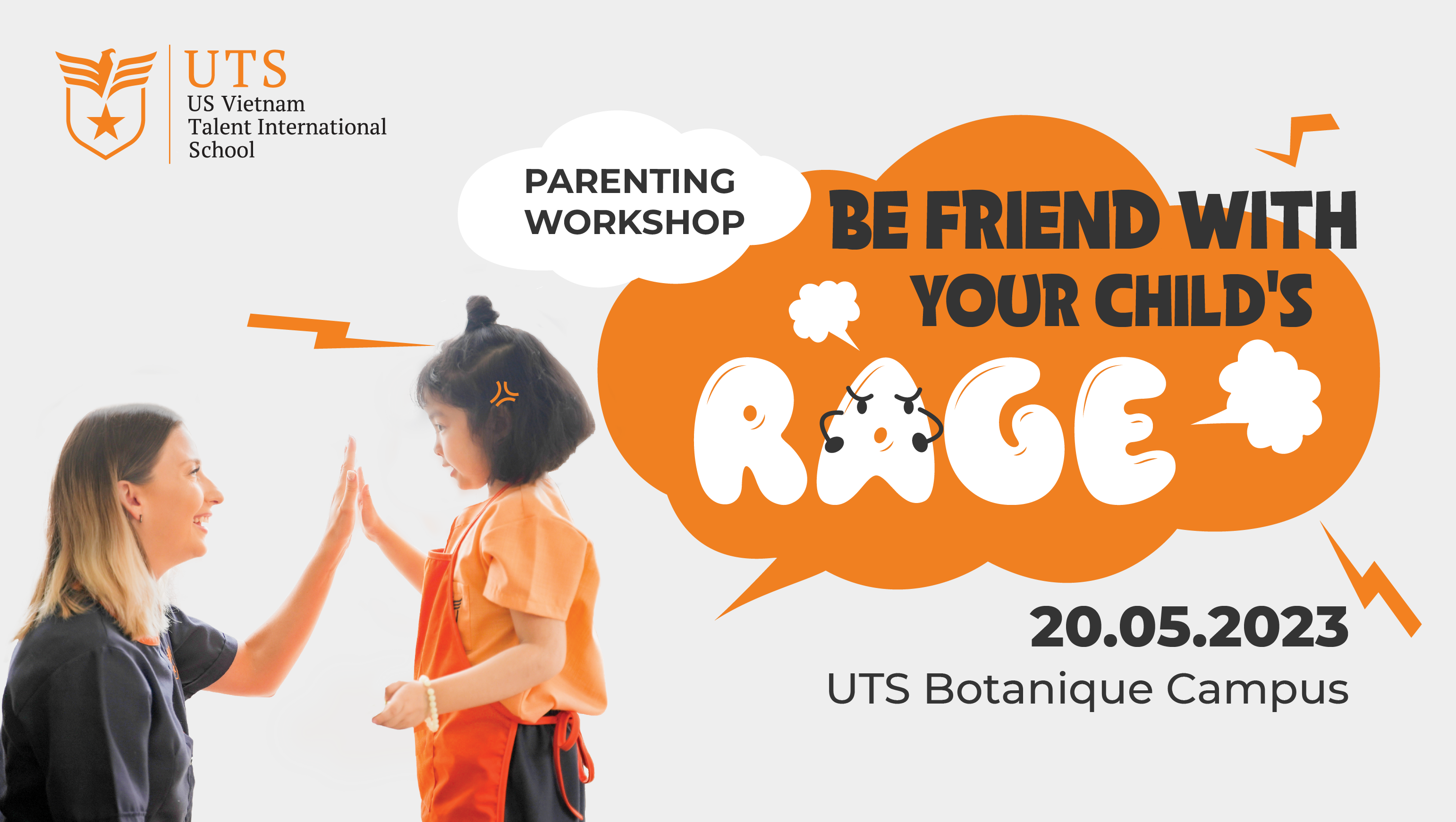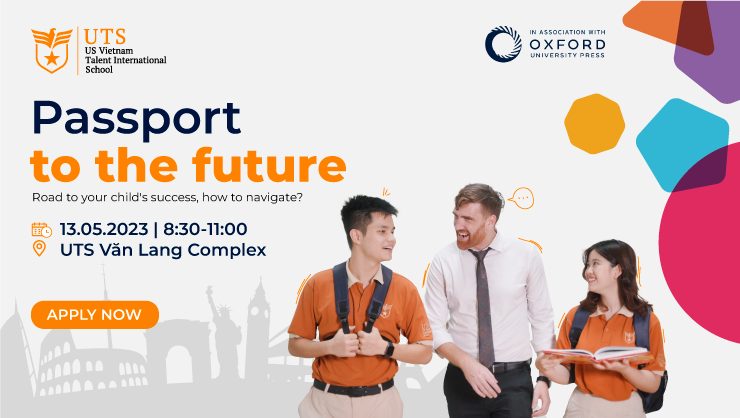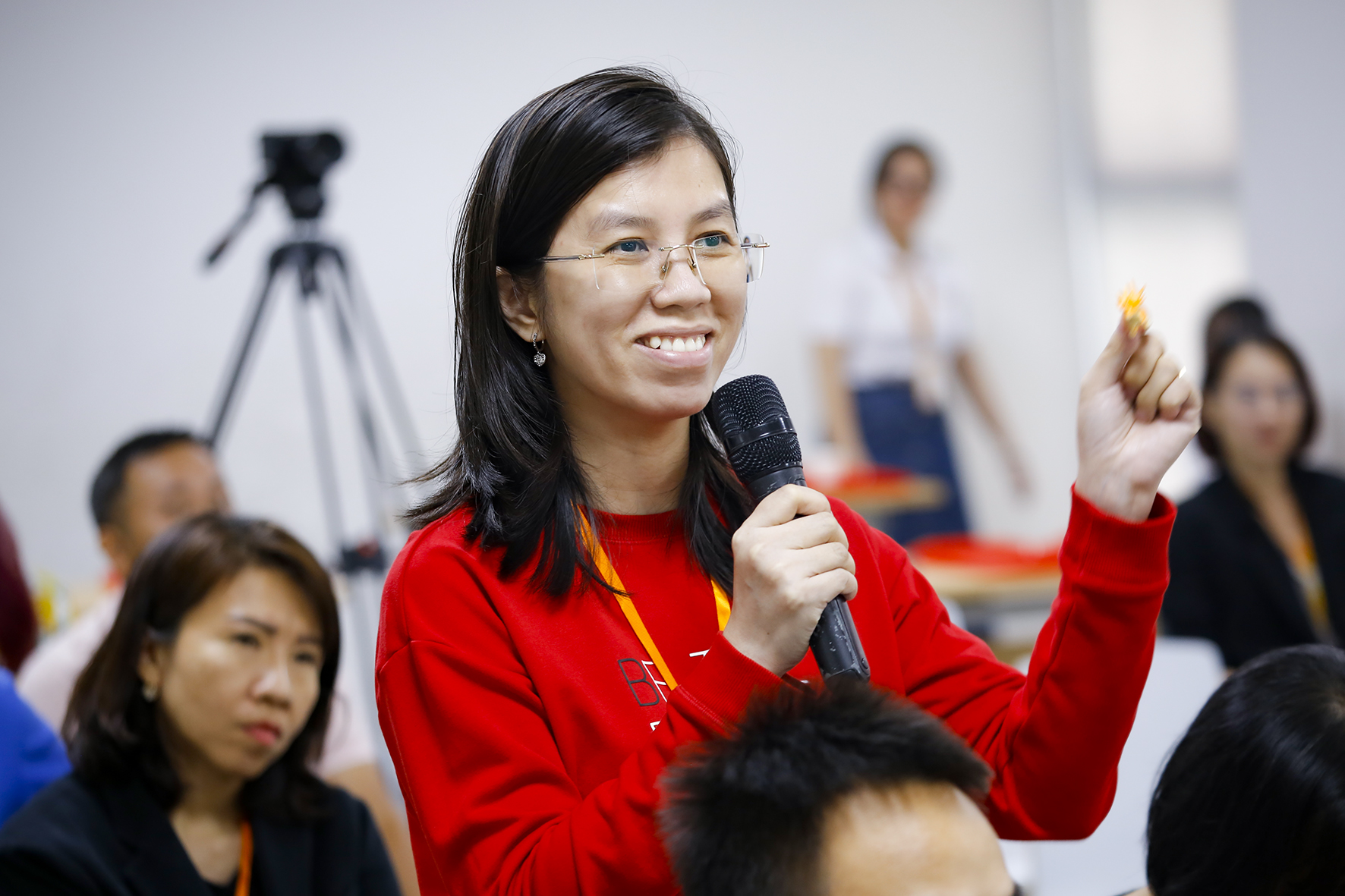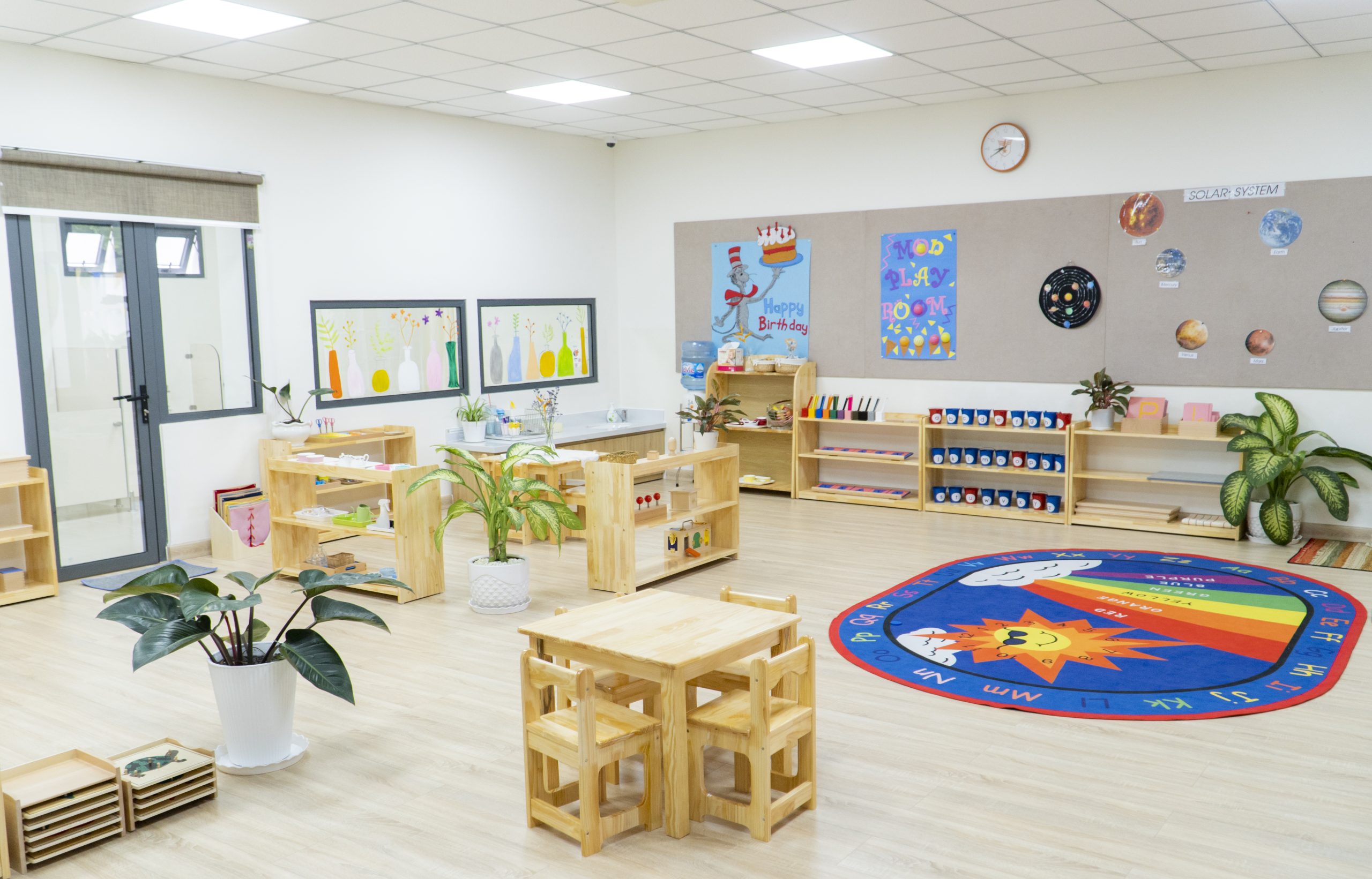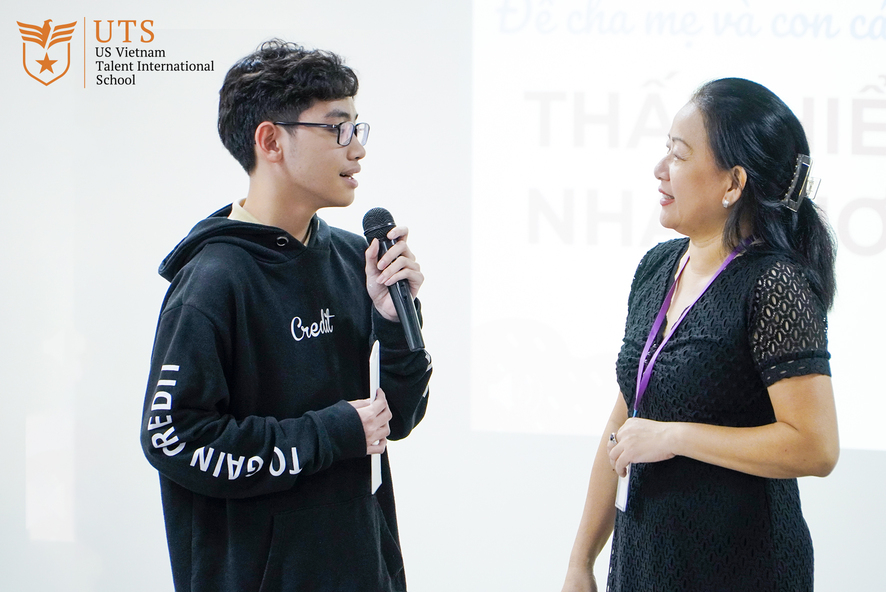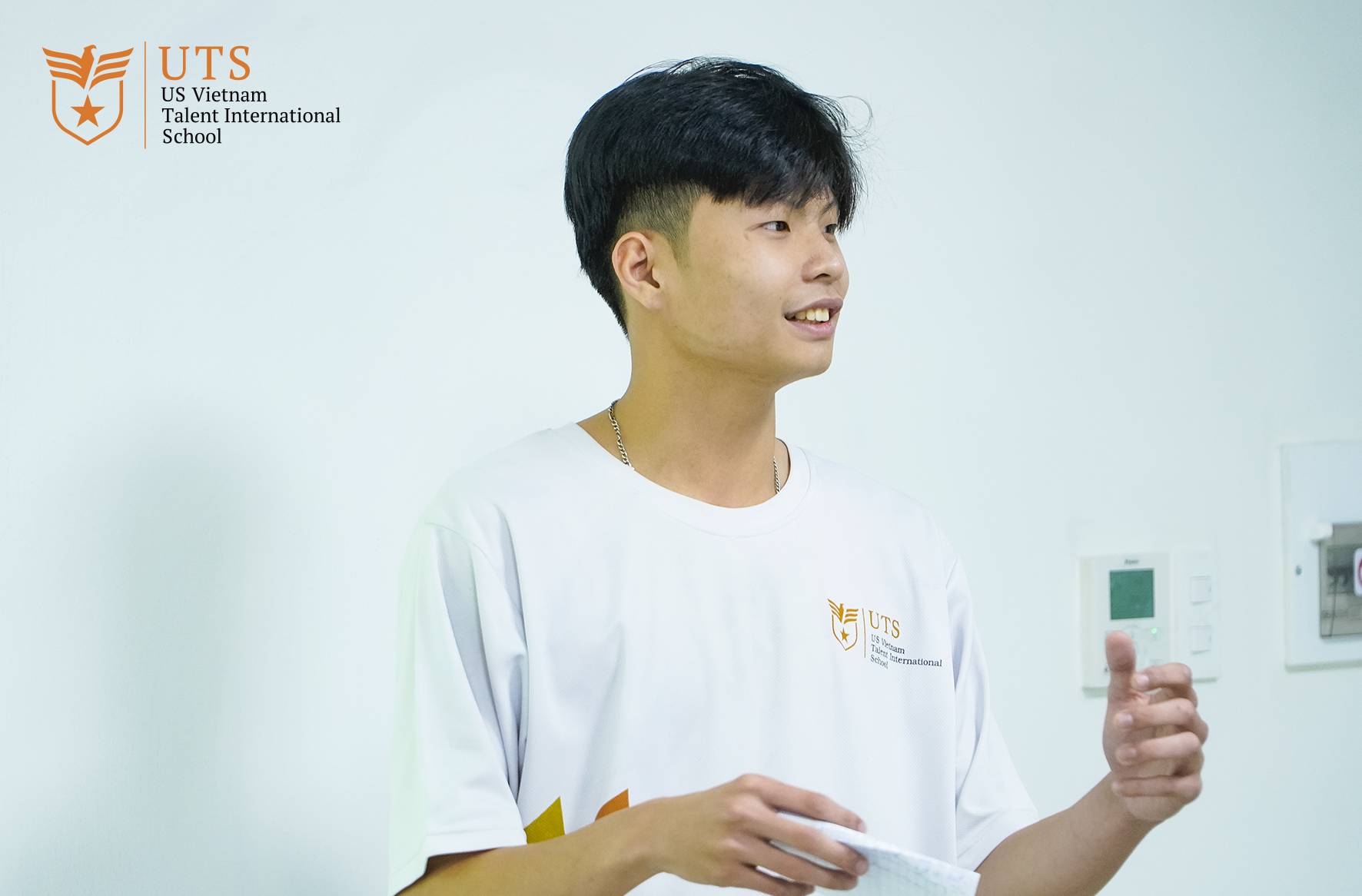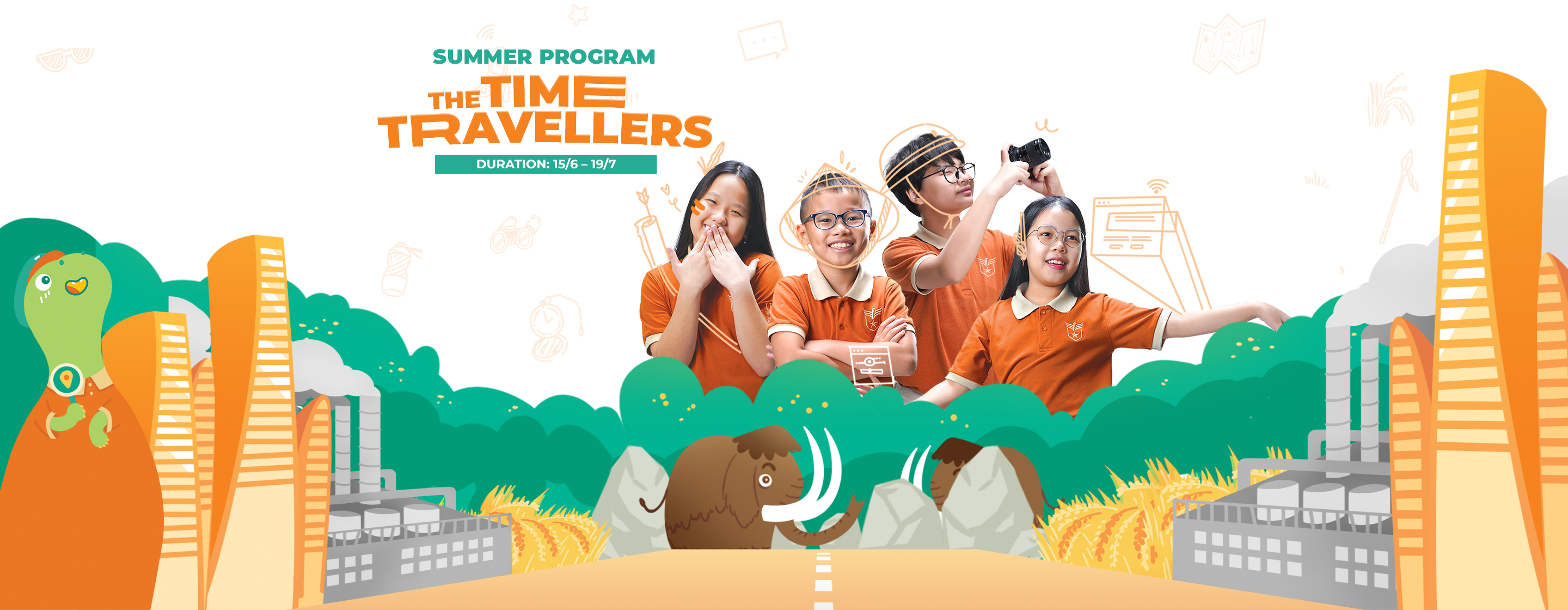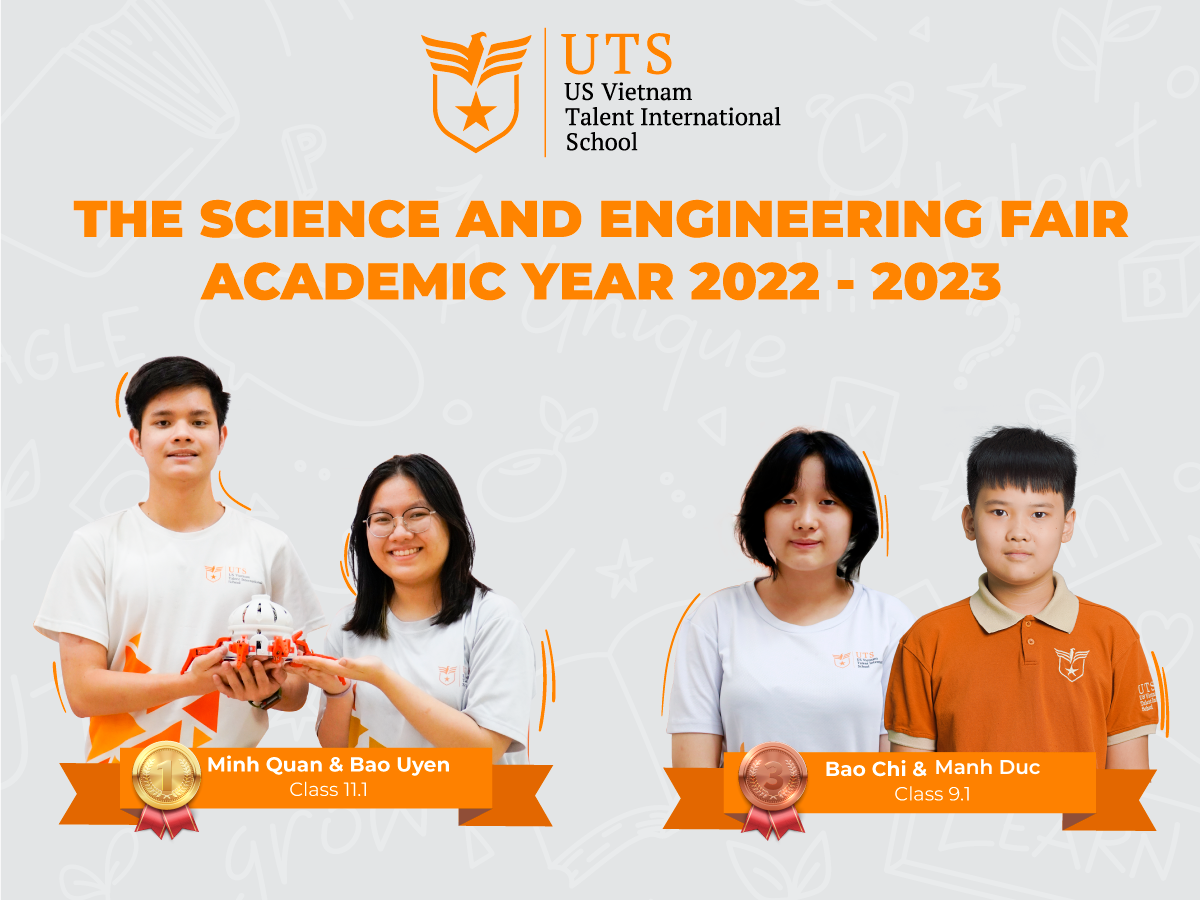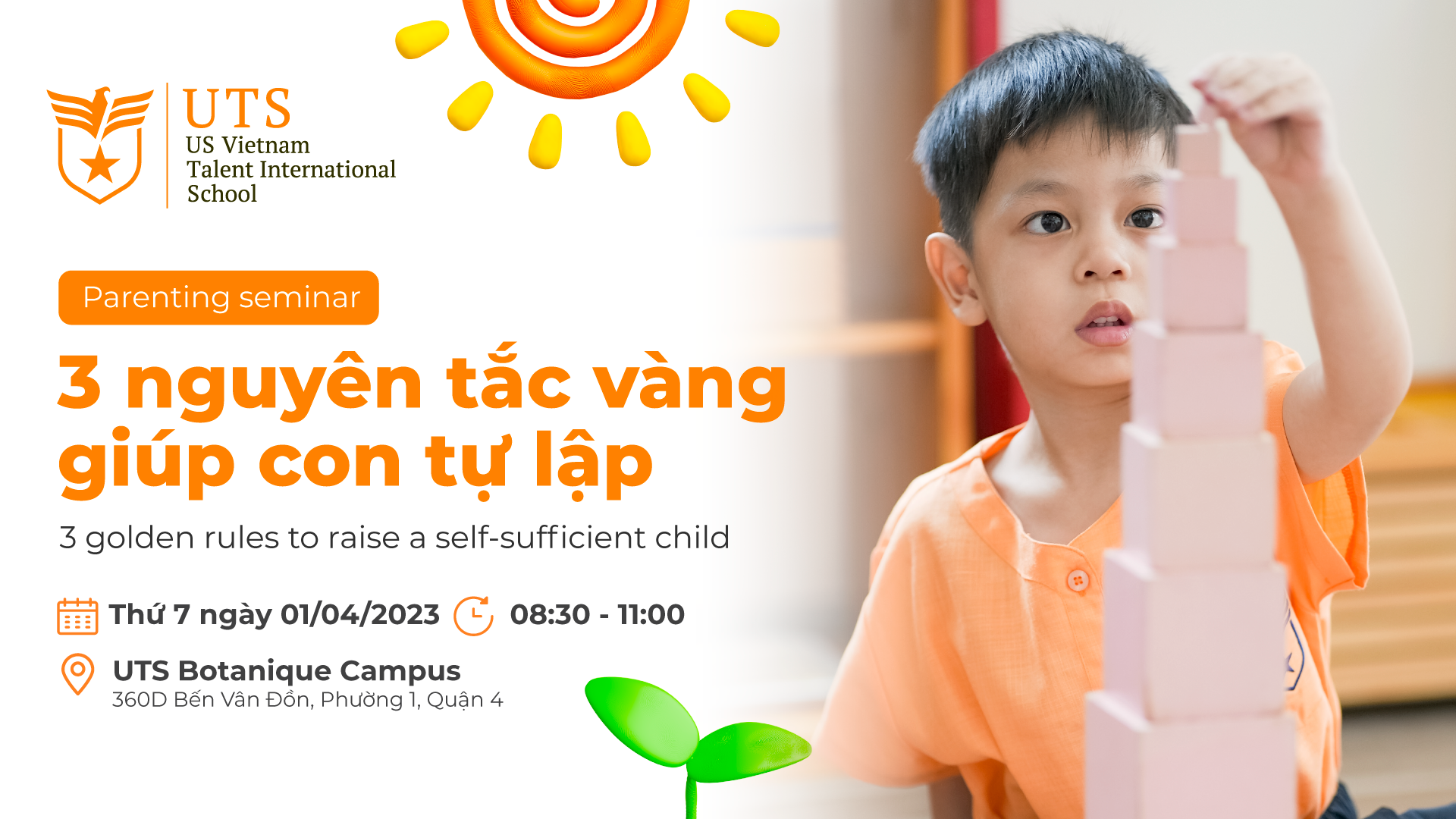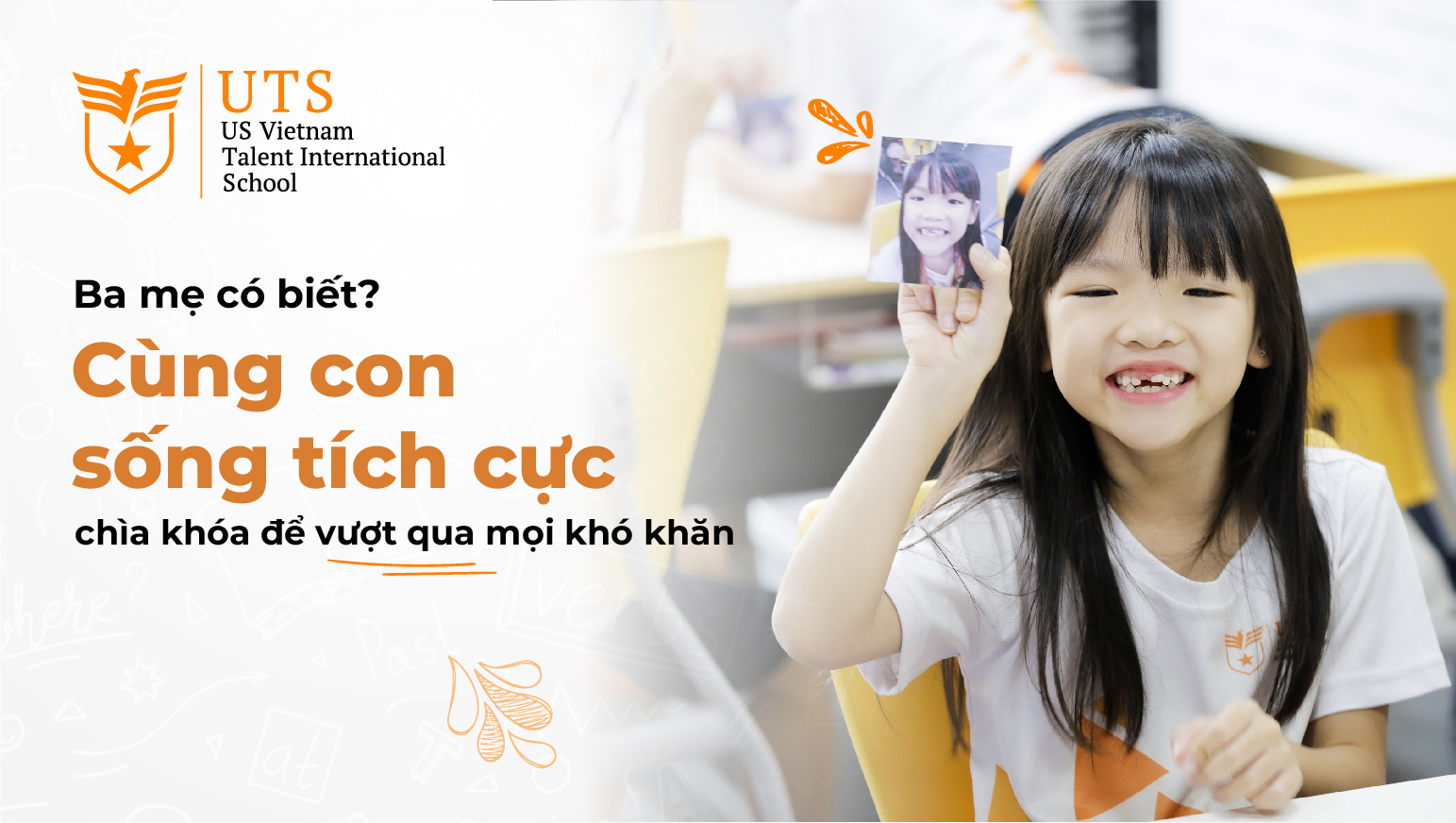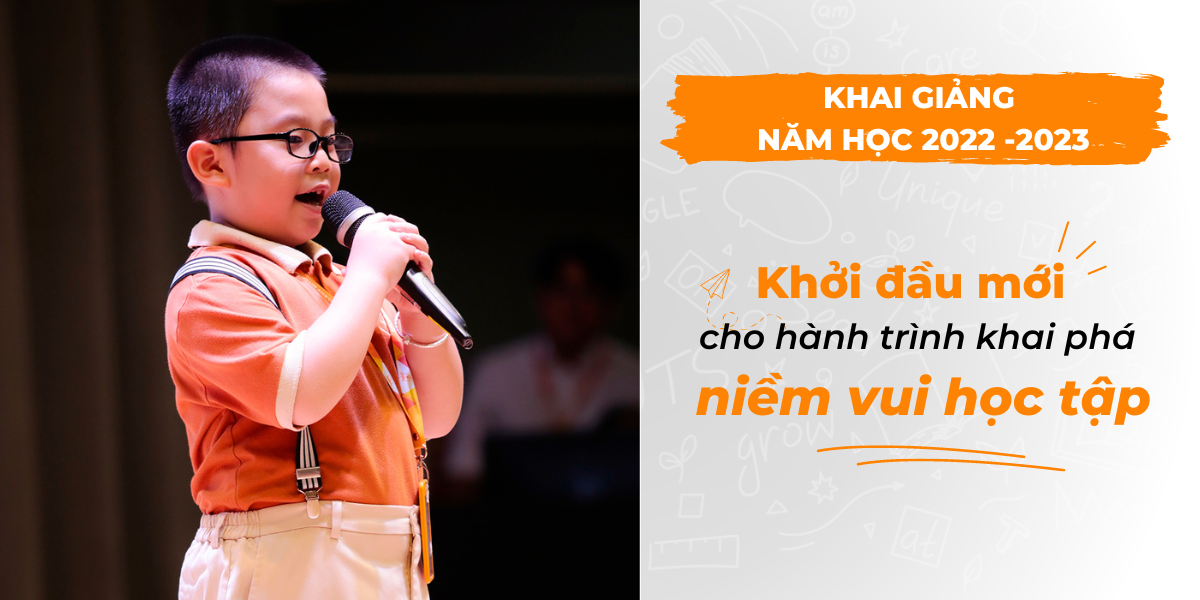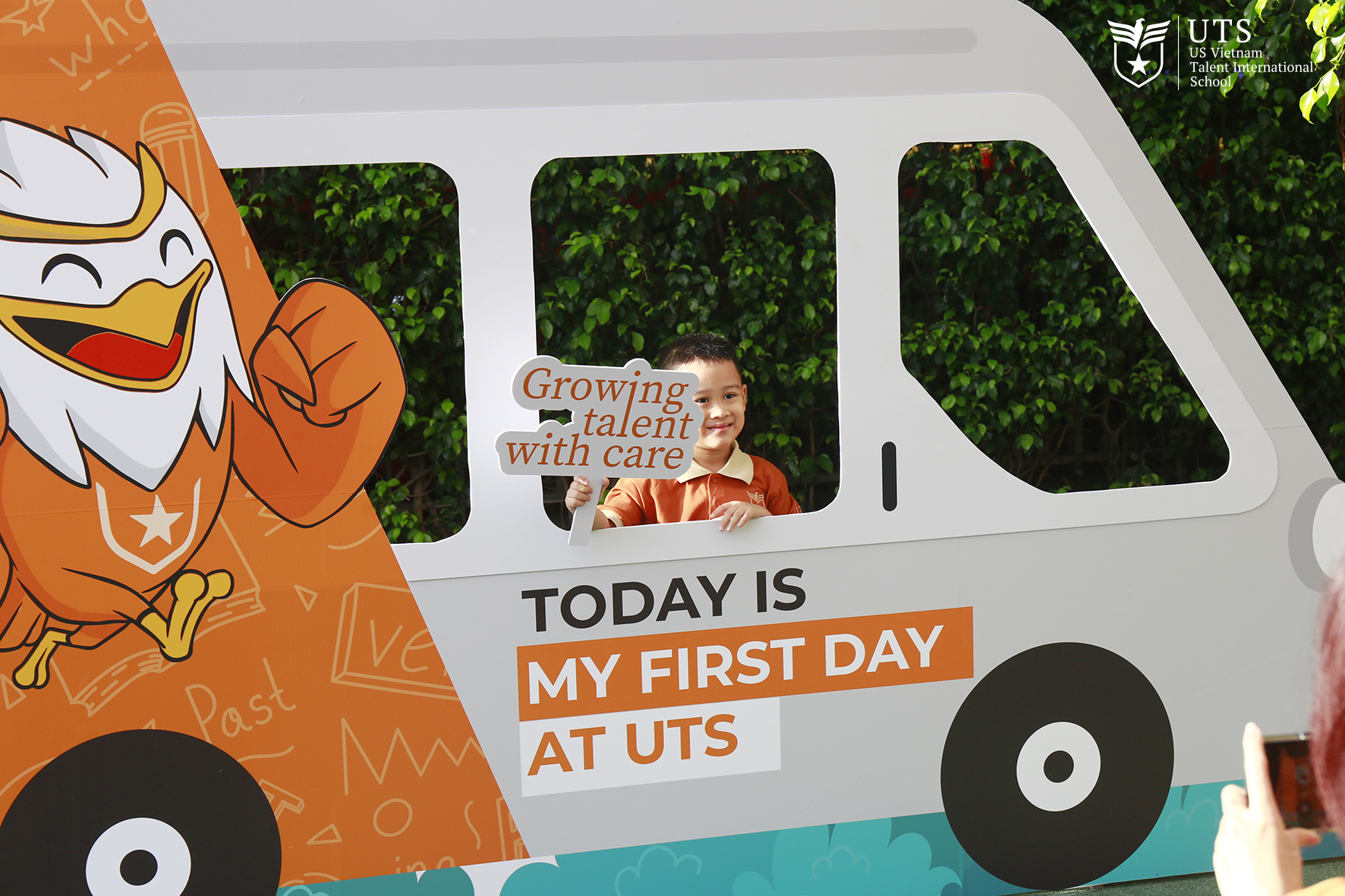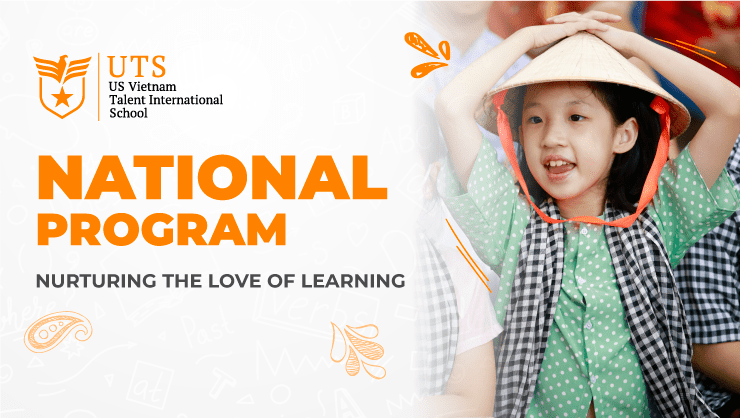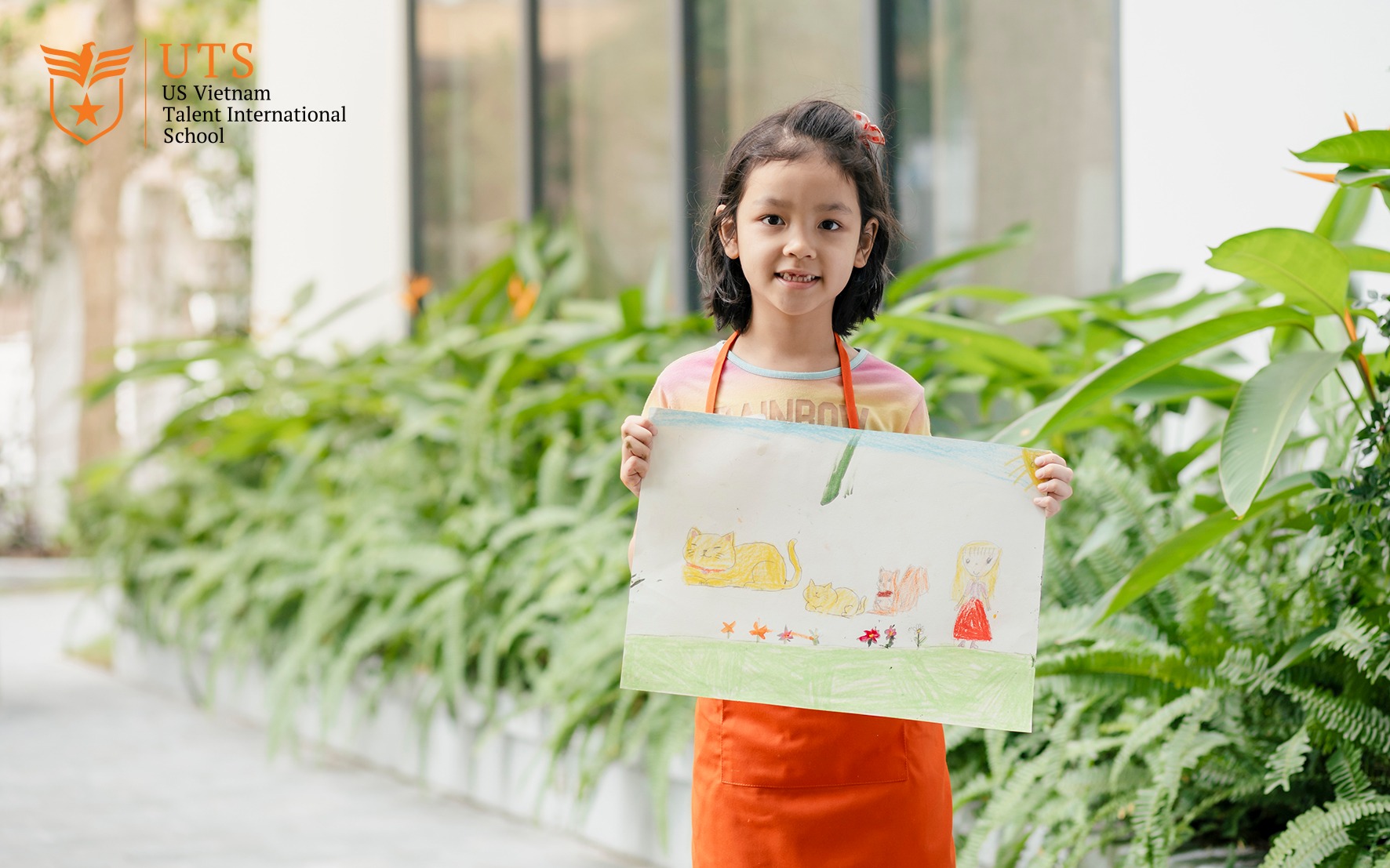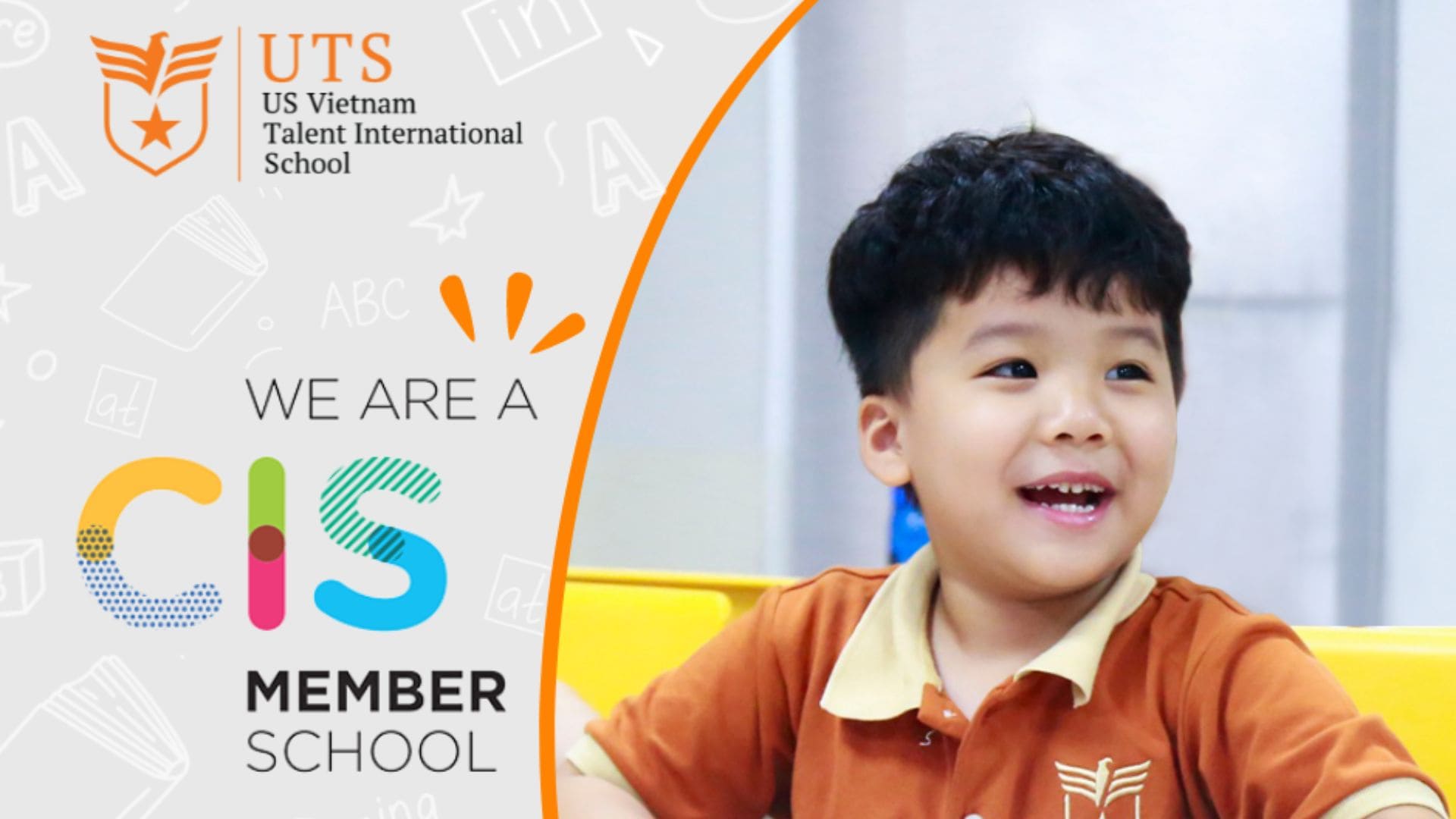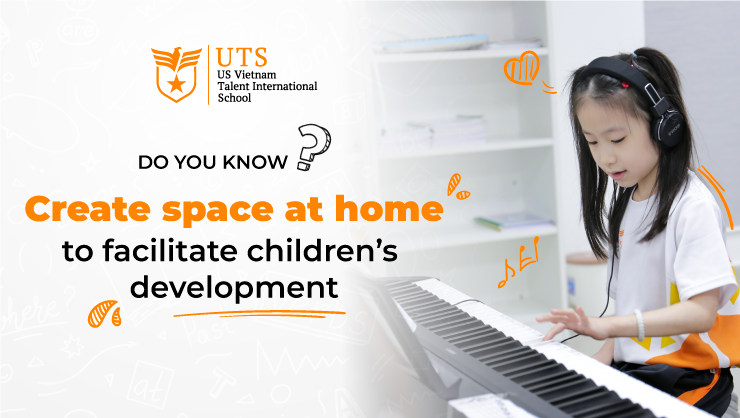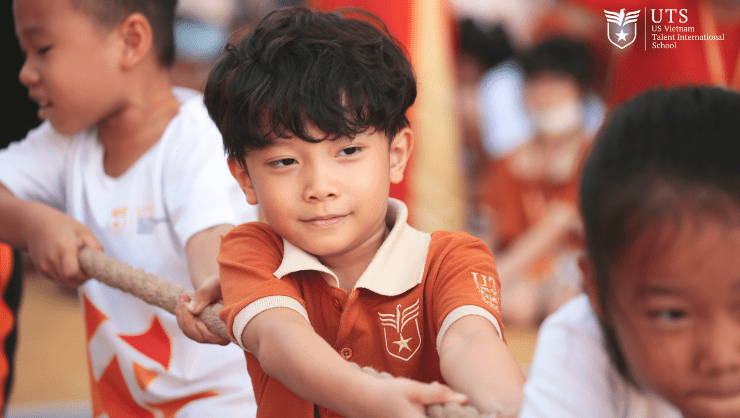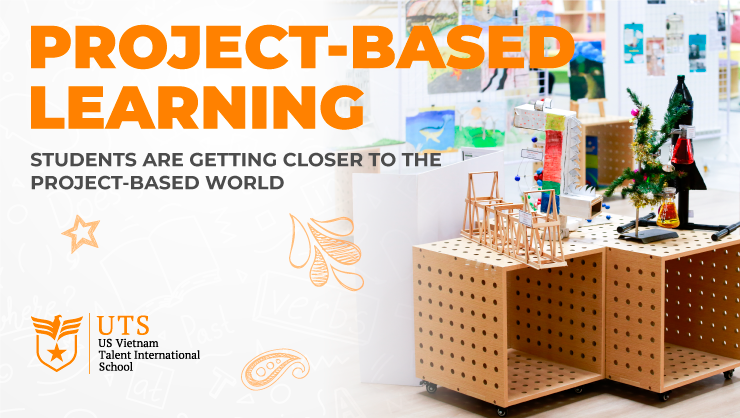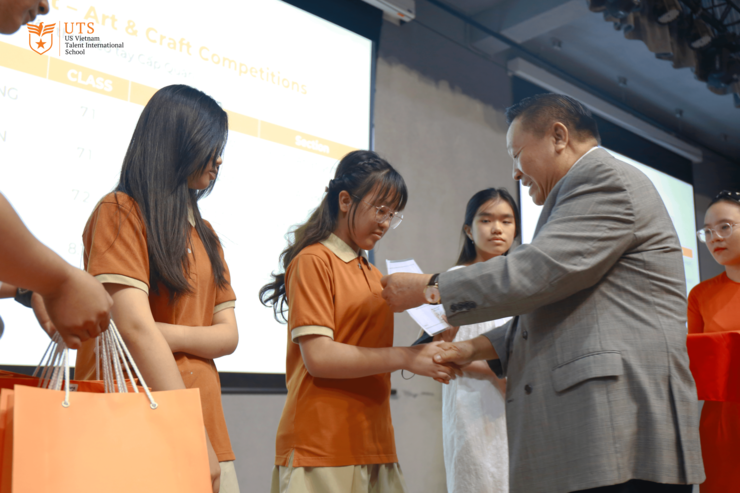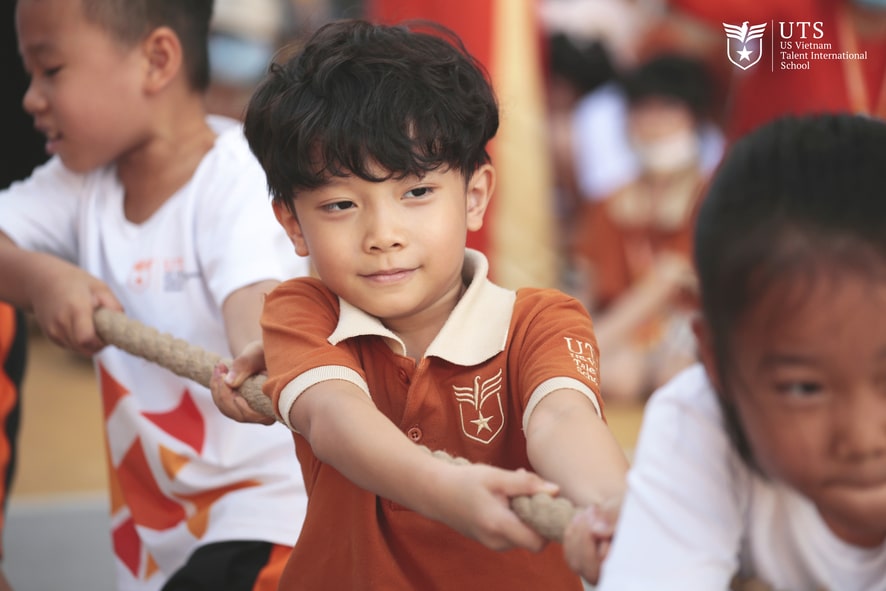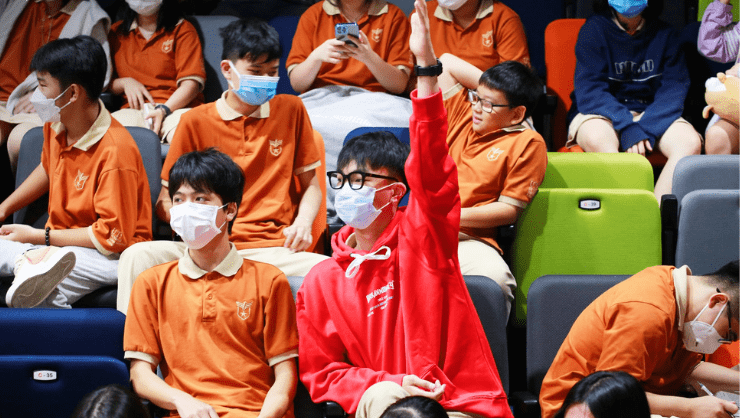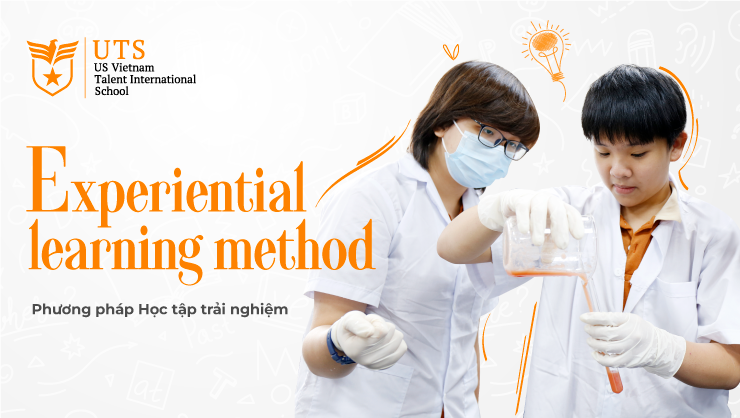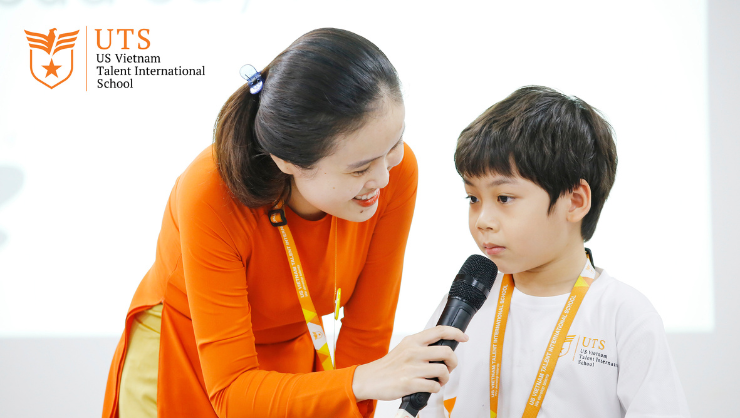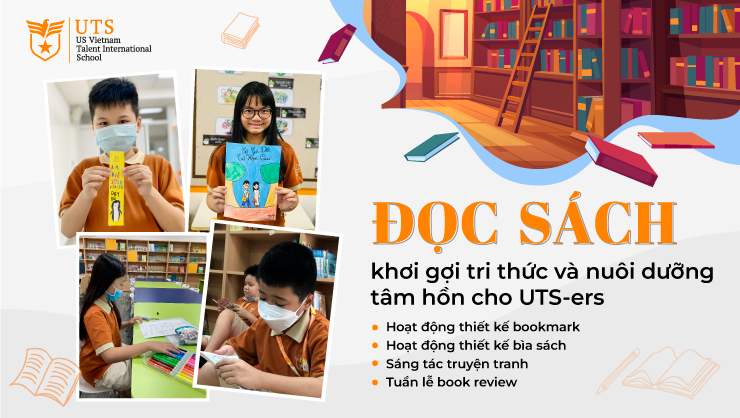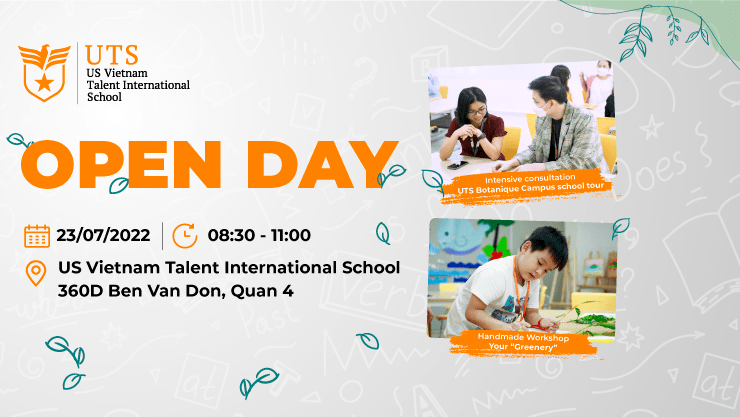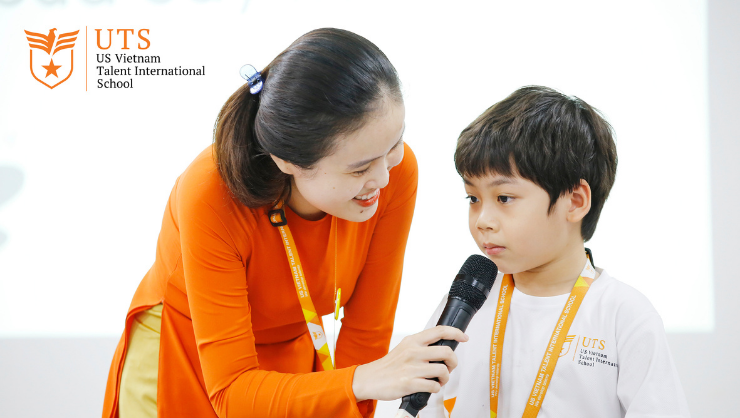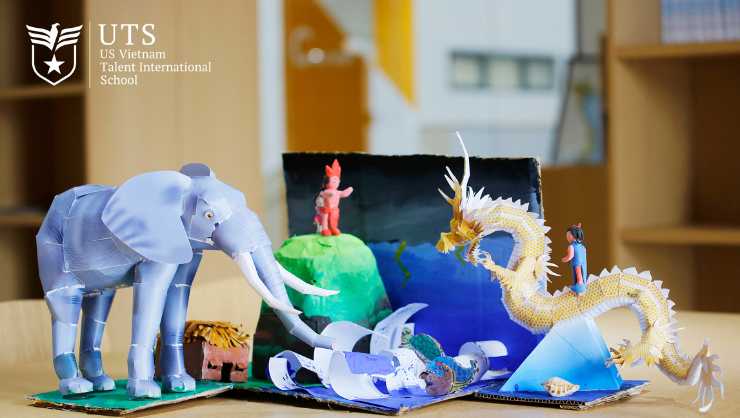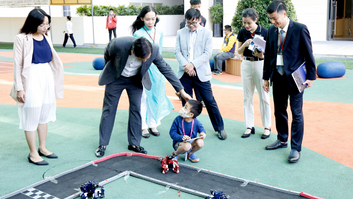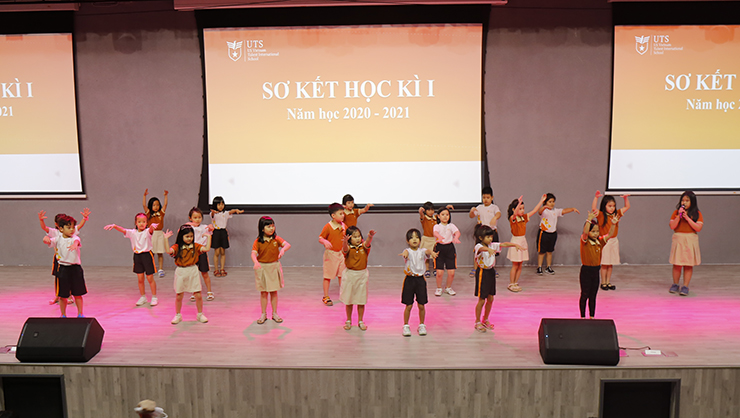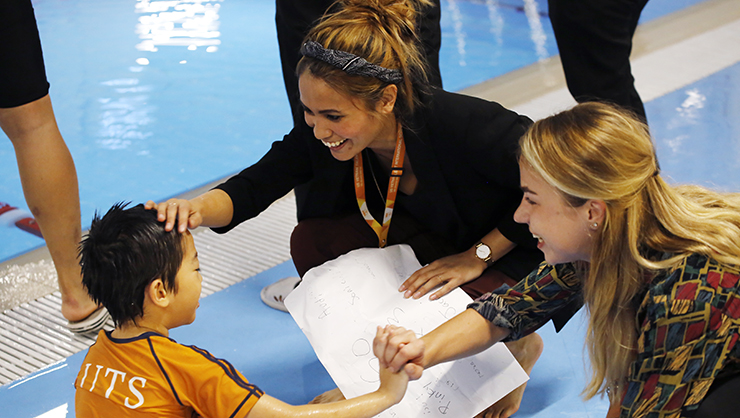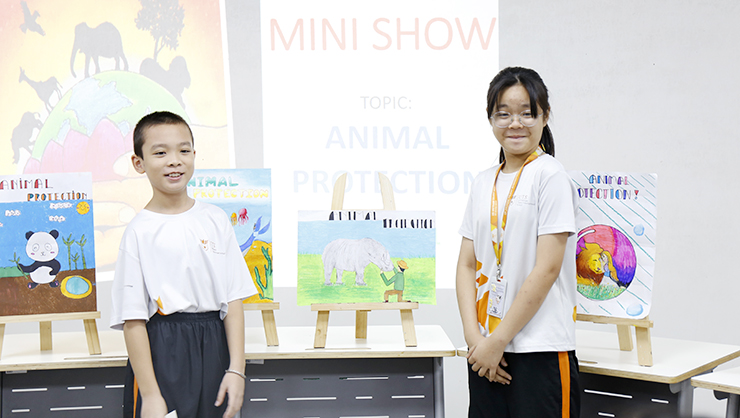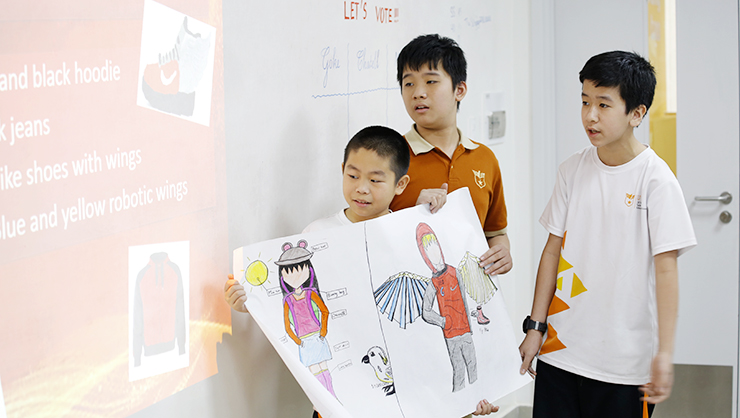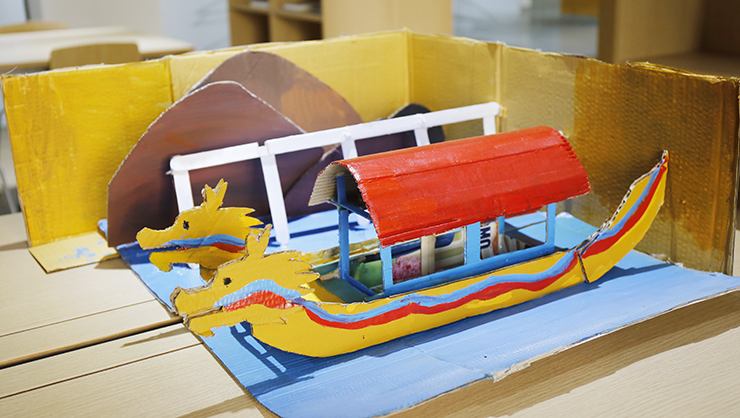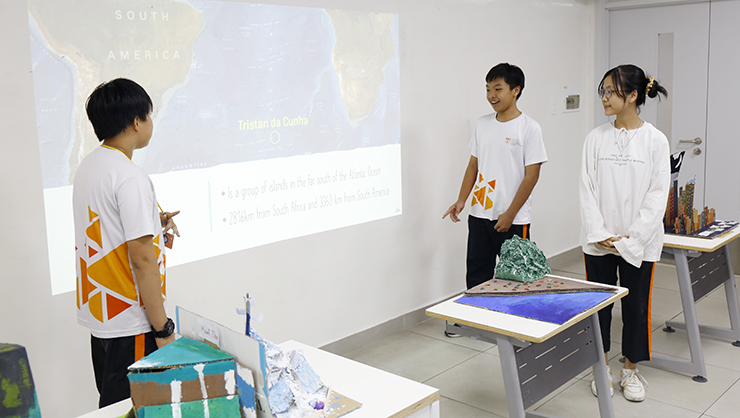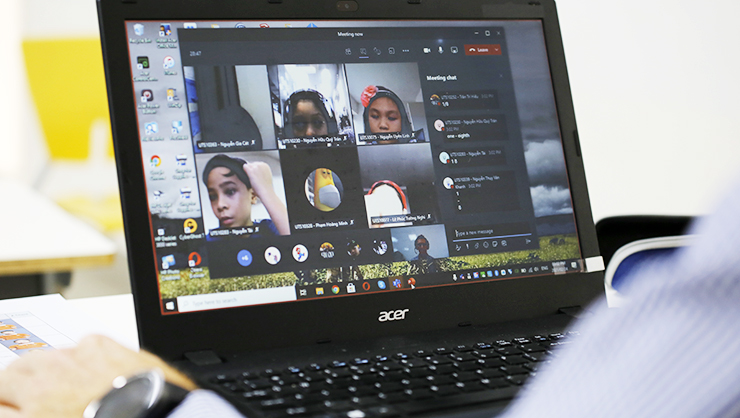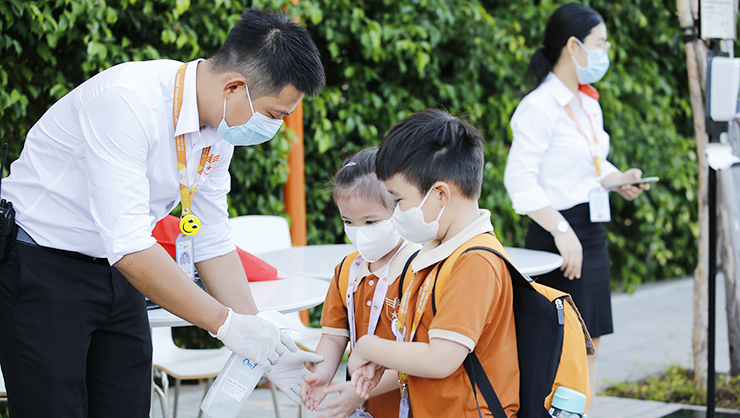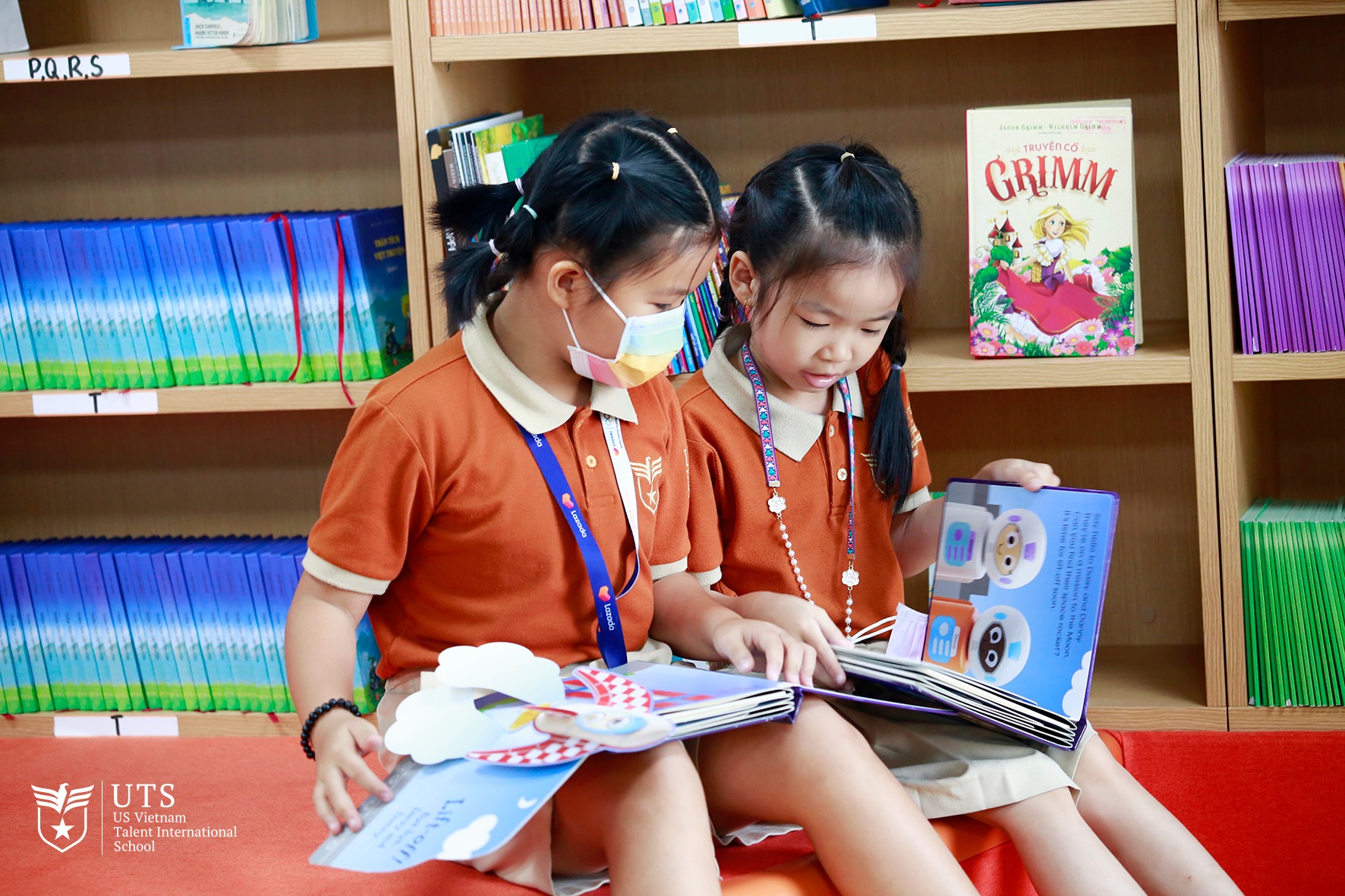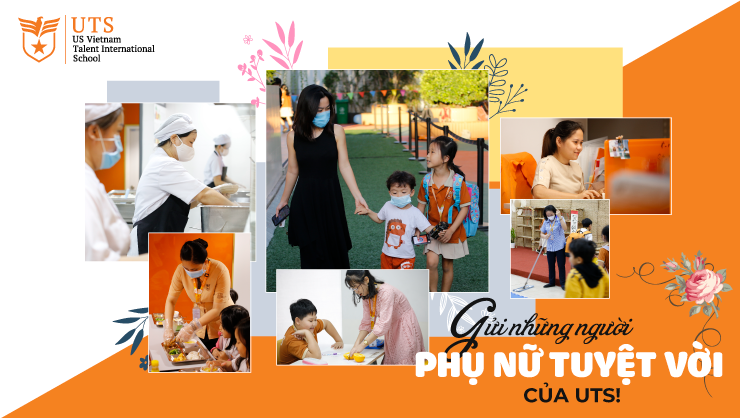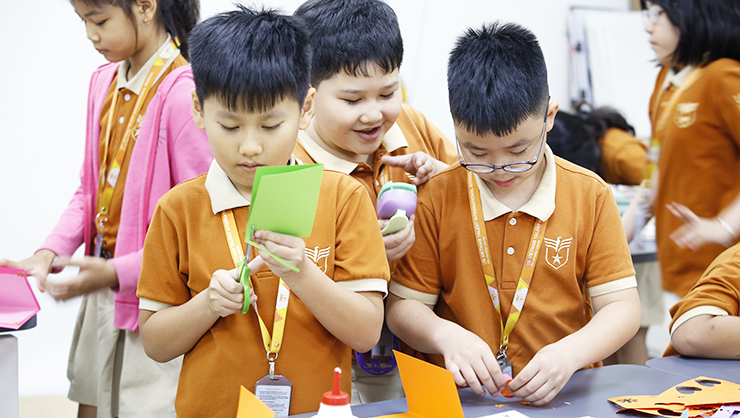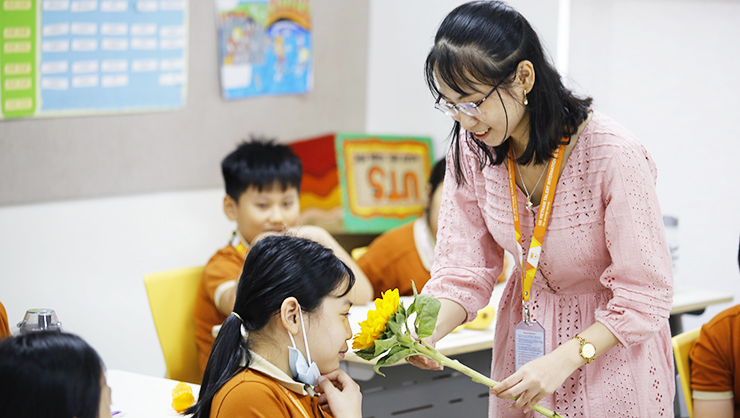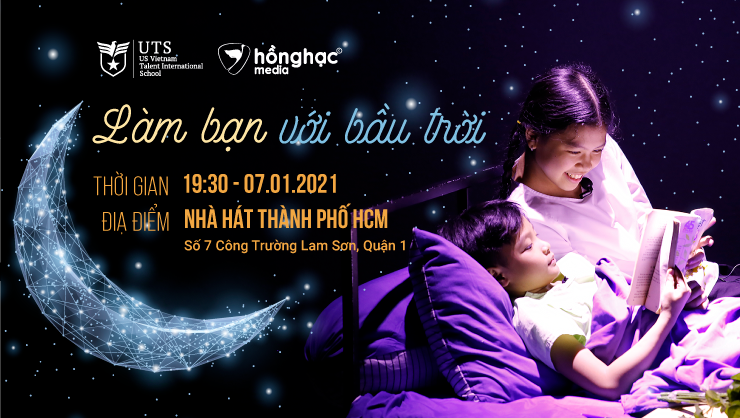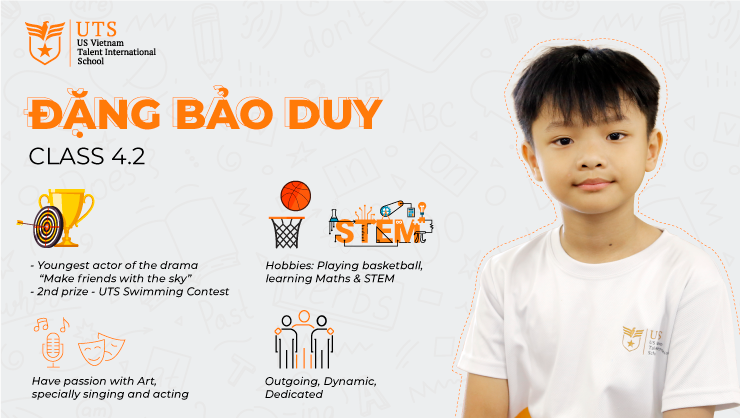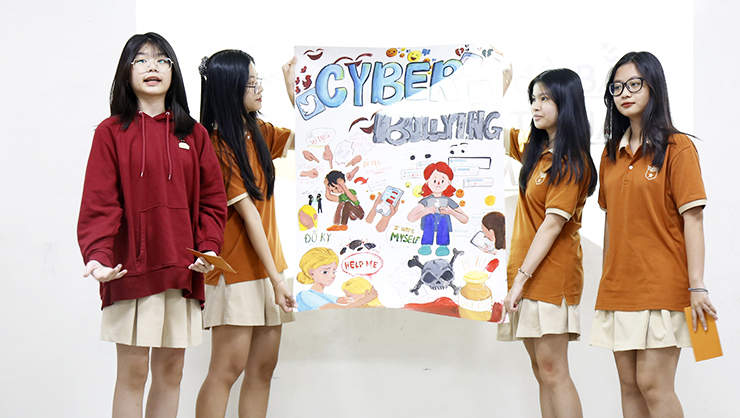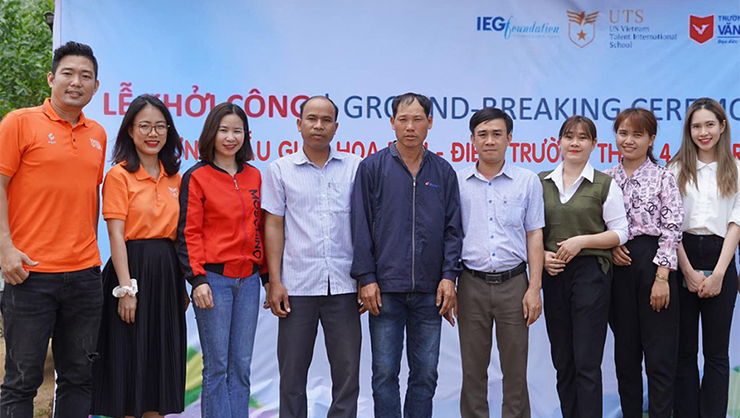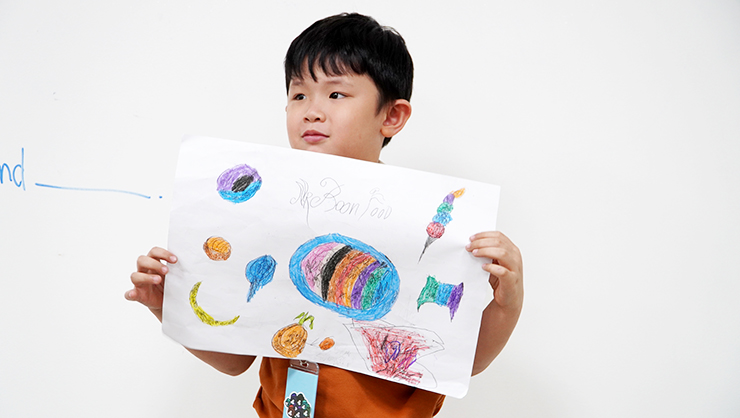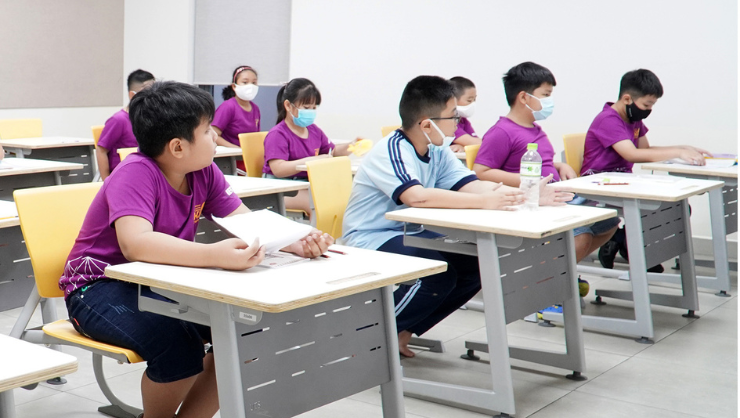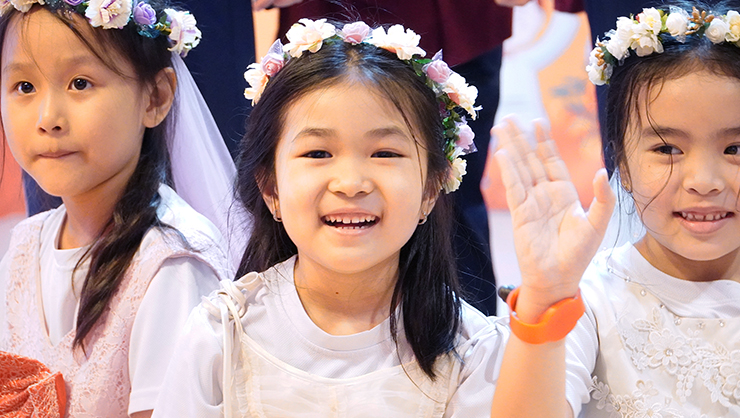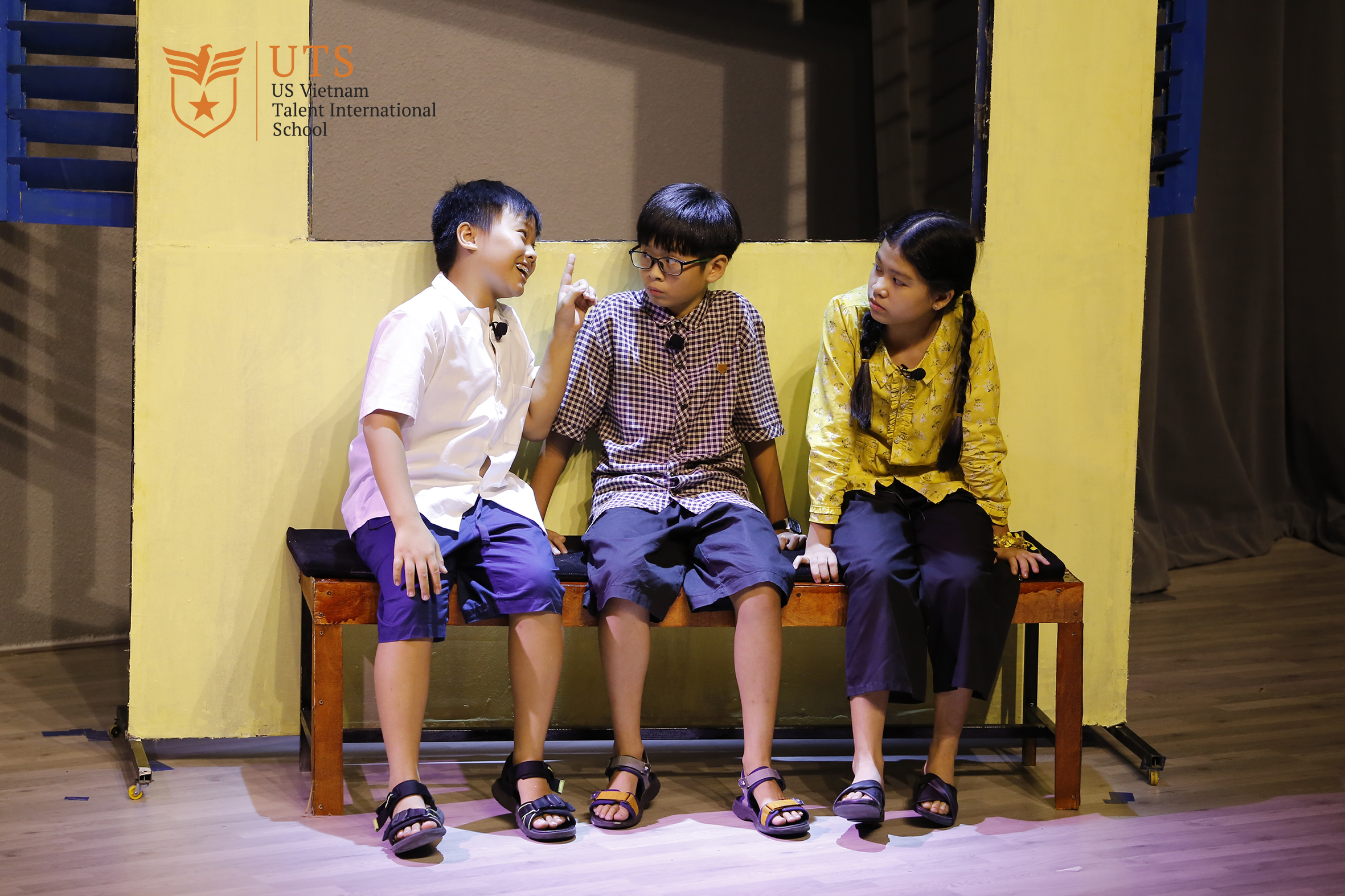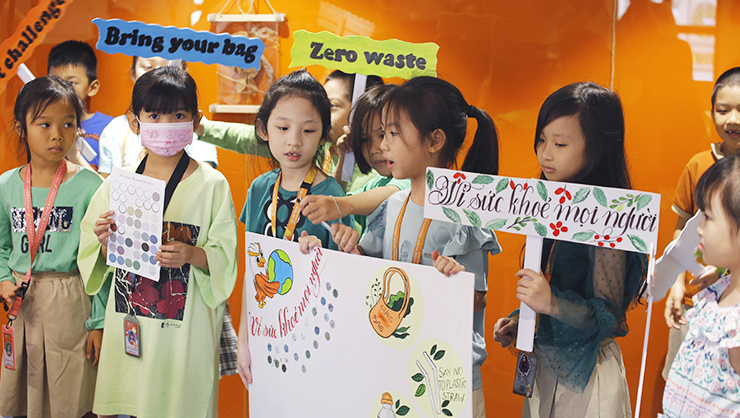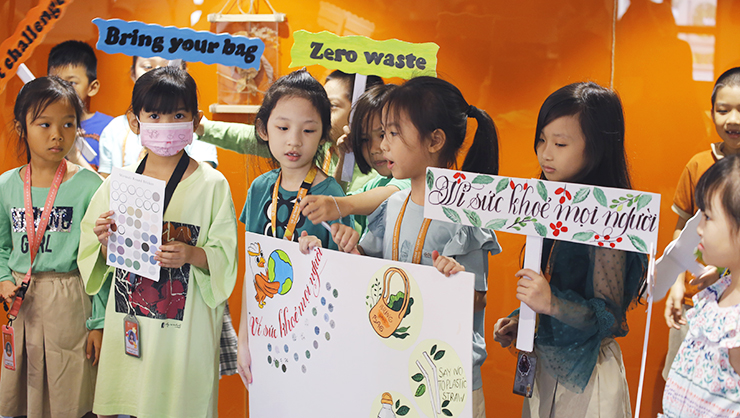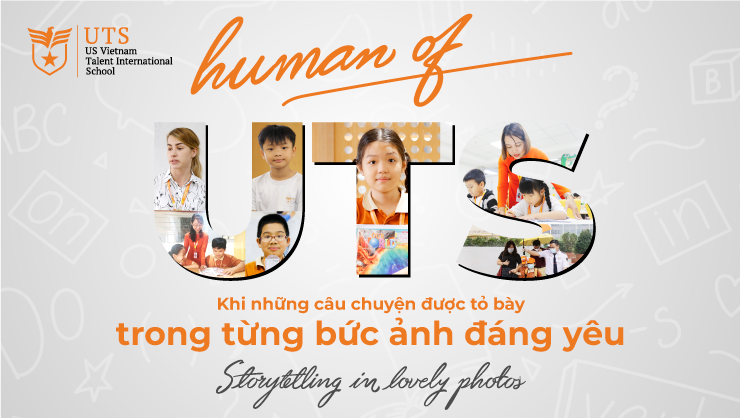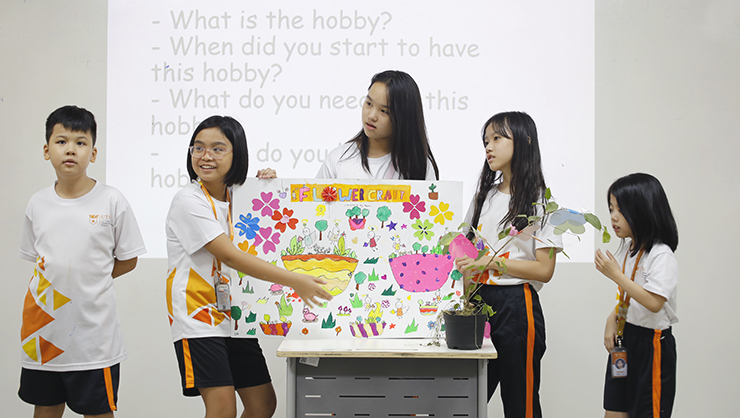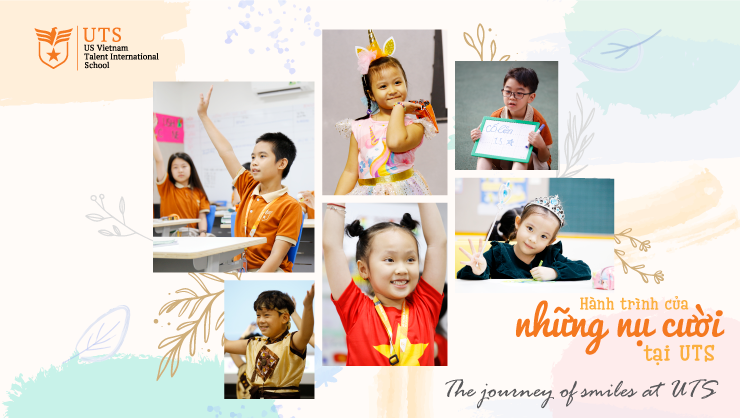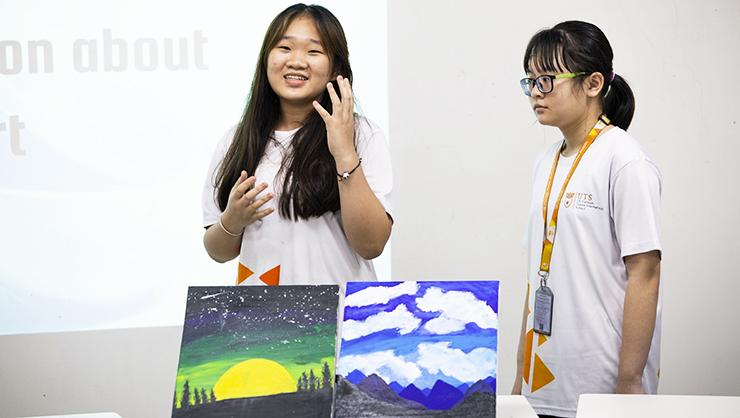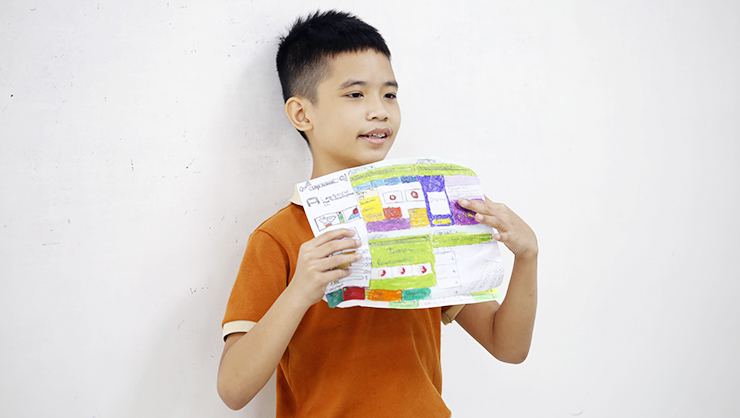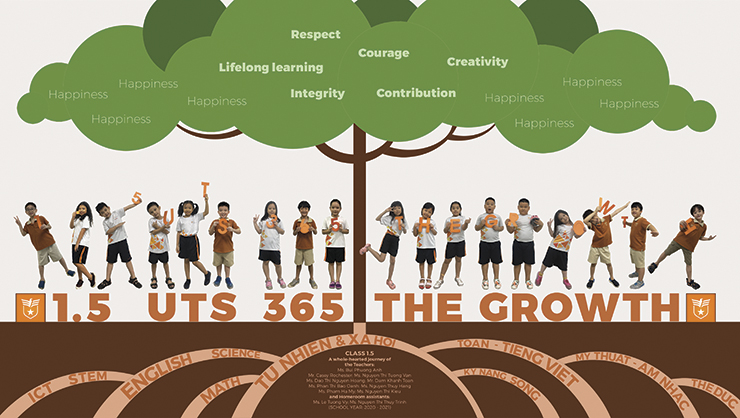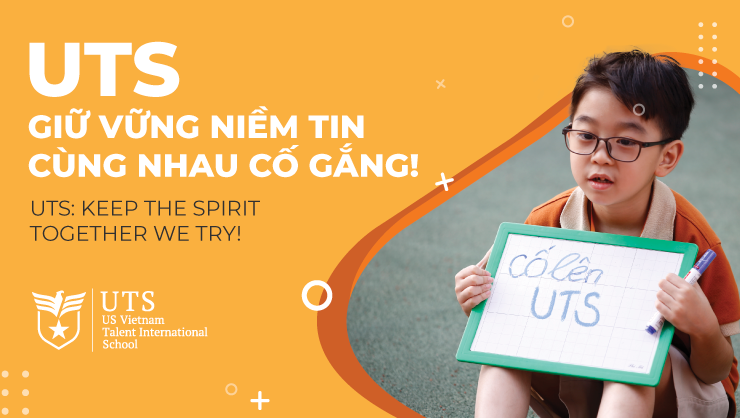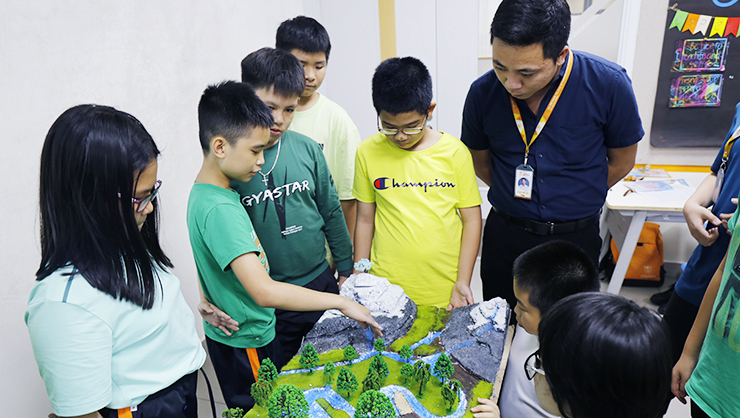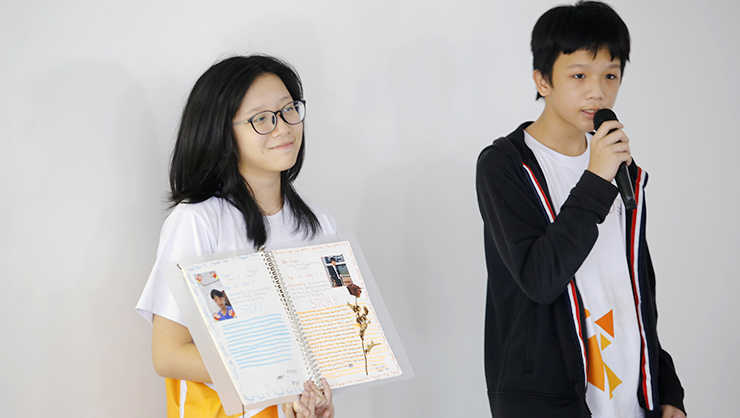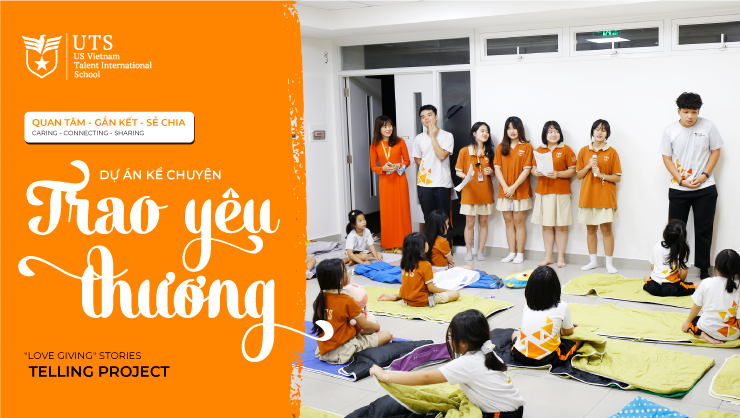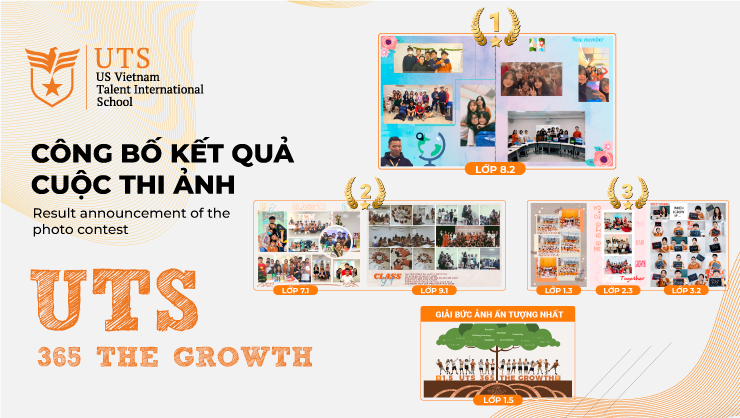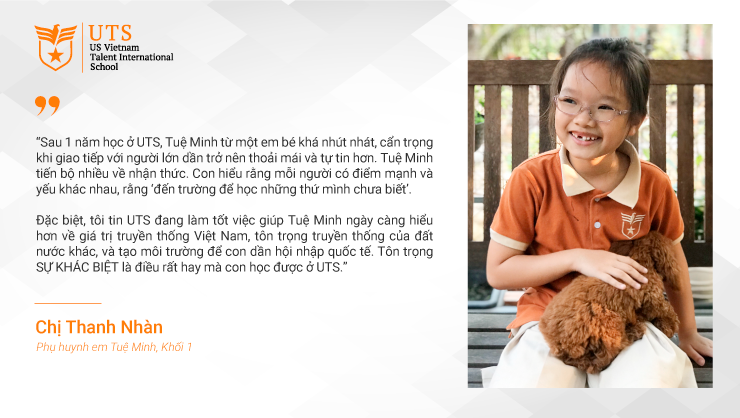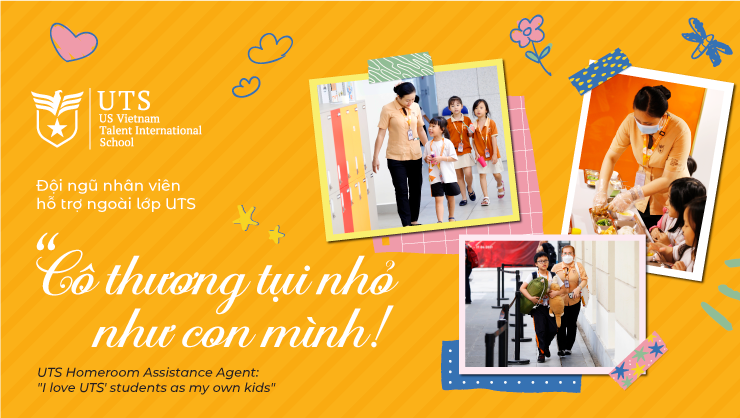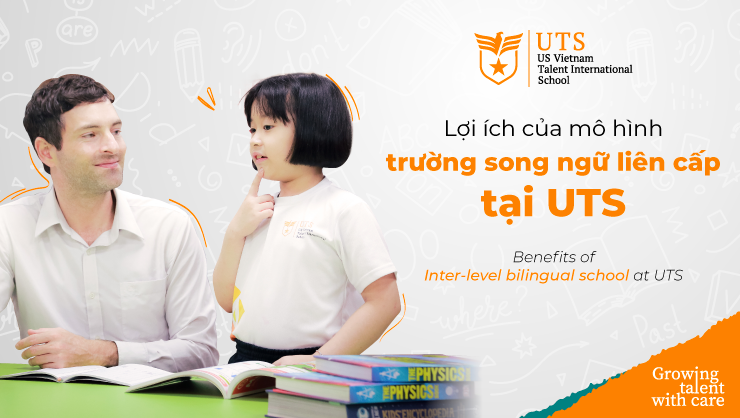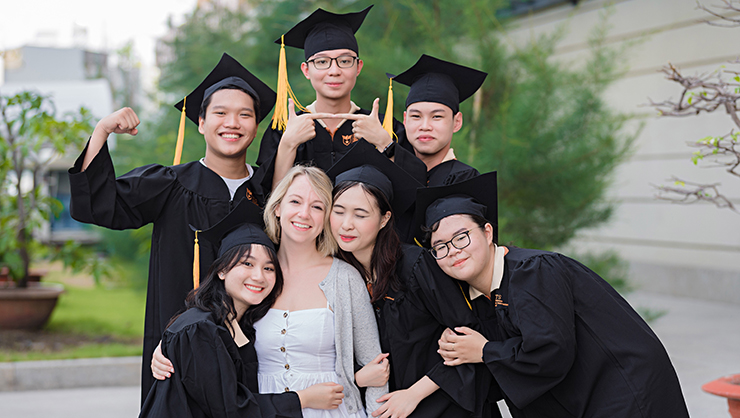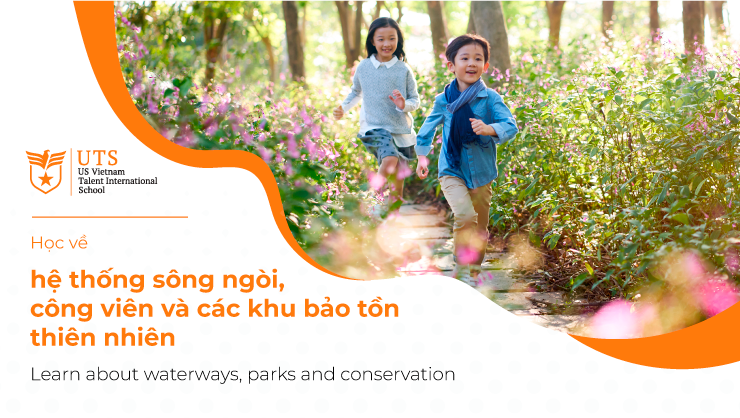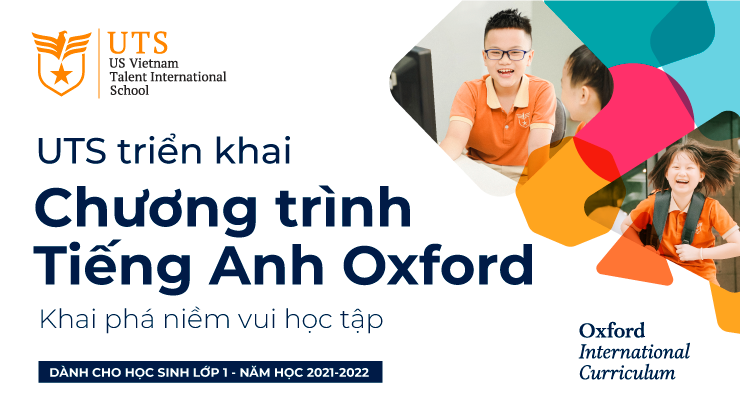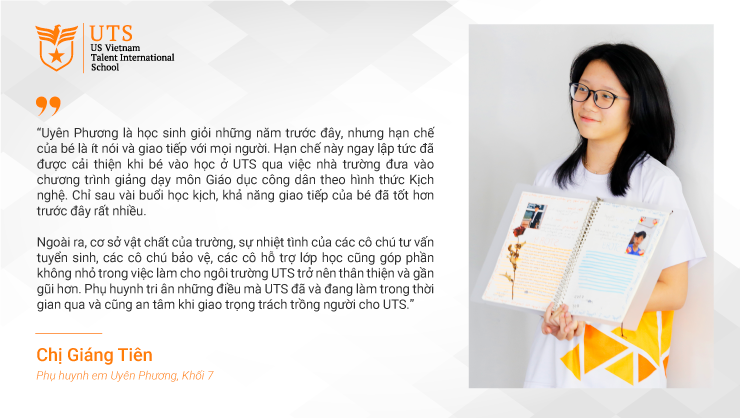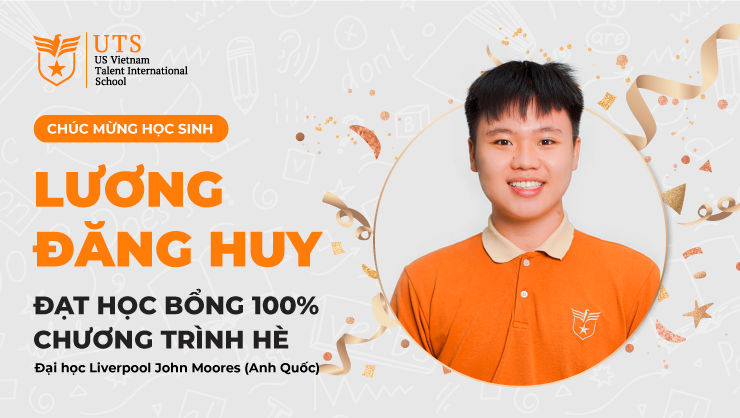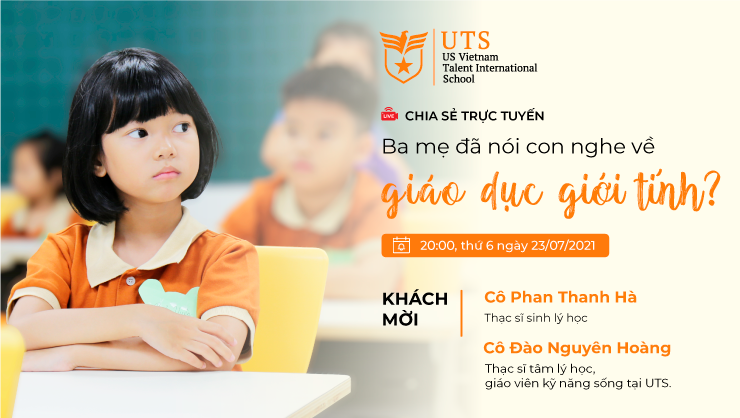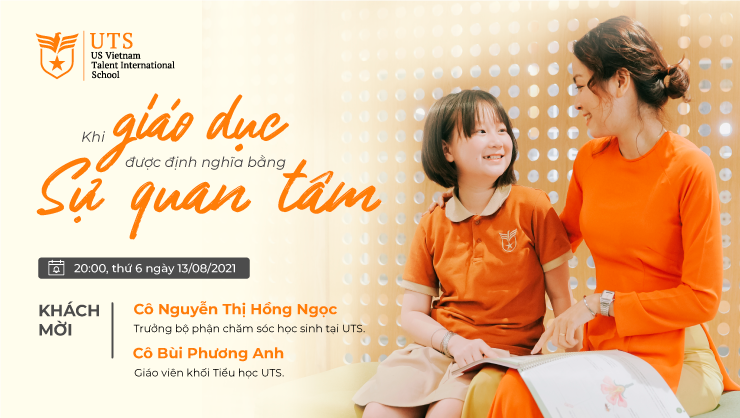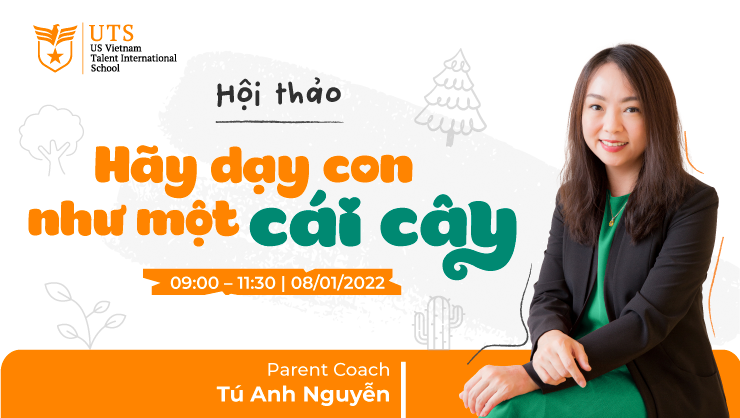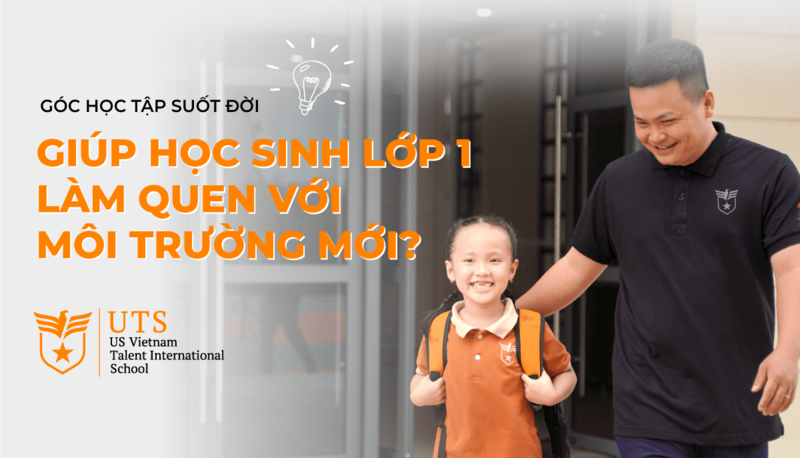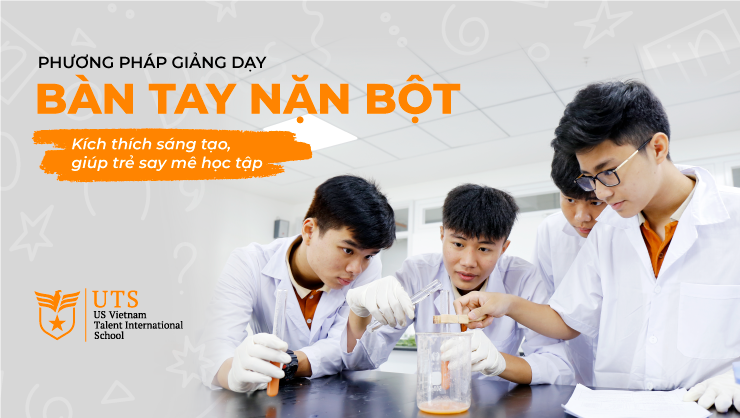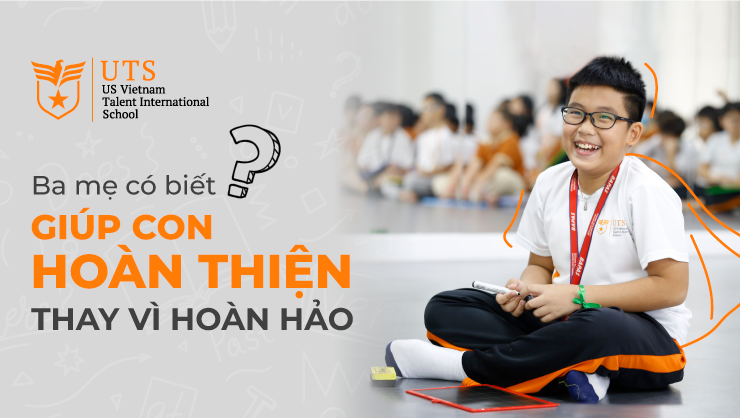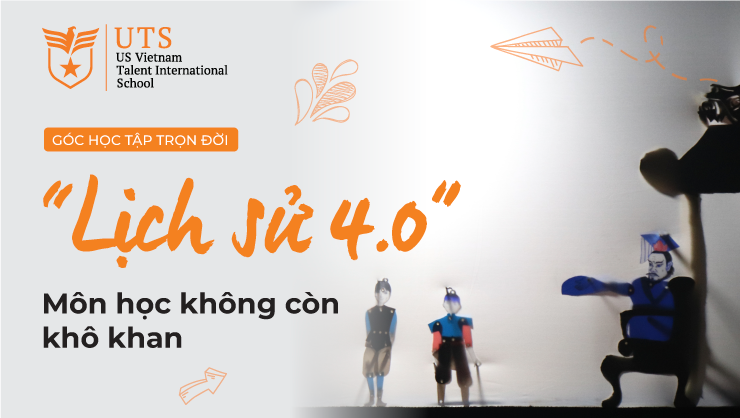Explore bilingual education programs: An ideal model for children's holistic development
TIN TỨC
03/07/2025

The following article provides a comprehensive overview of bilingual education programs, covering everything from the definition and curriculum to the benefits and important considerations for parents and students who are considering or pursuing this modern and advanced educational path.
What is a bilingual education program?
Definition
A bilingual education program is an educational model in which students learn in both their native language and a second foreign language, most commonly English in Vietnam. Unlike learning a foreign language as a separate subject, a bilingual program integrates the second language into core academic subjects such as Math, Science, and History. This approach enables children to naturally and effectively acquire academic knowledge in both languages.
The core essence of a bilingual program lies not only in the use of two languages in the learning process, but also in the development of language skills, critical thinking, adaptability, and cultural awareness. As a result, students are better equipped with the necessary foundation to become global citizens in the future.
The bilingual education program helps students develop comprehensive language skills and flexible thinking.
Distinguishing between bilingual and monolingual education programs
| FACTORS | BILINGUAL PROGRAM | MONOLINGUAL PROGRAM |
| Program | Combine instruction in Vietnamese and another language across core academic subjects. | The core curriculum is delivered in a single language, while the foreign language is taught as a separate subject. |
| Learning Outcome |
- Students are proficient in two languages. - Graduate with two qualifications (e.g., a high school diploma and an international program certificate). |
Students receive only one diploma. If they wish to obtain an additional international certificate, they must study independently and register for the exam separately. |
| Instruction time in English | Approximately 30–80% of the instruction time is delivered in the second language, depending on the subject and grade level. |
- Public schools: English is taught, but the amount of instruction time is limited. - Monolingual international schools: 100% of instruction is delivered in the second language, with little to no Vietnamese. |
| Teachers | Vietnamese teachers work flexibly in combination with international teachers. |
- Public schools: The majority of teachers are Vietnamese. - Monolingual international schools: Foreign teachers make up the majority. |
The multifaceted benefits of bilingual education programs
Bilingual education is not merely a method of teaching in two languages; it also offers numerous practical benefits for students in both their academic journey and long-term development. These benefits include:
- Developing comprehensive language skills: Students are trained to use both their native language and English (or another foreign language) simultaneously, enabling them to communicate flexibly and confidently in a wide range of academic and real-life contexts.
- Access to a broader range of knowledge: With proficiency in multiple languages, students can read and understand various materials, reference books, and academic research in different languages. This expands their knowledge base and fosters a global mindset from an early age.
- Enhancing critical thinking and problem-solving skills: Learning in a bilingual environment strengthens essential 21st-century skills such as critical thinking, analytical reasoning, and the ability to develop effective solutions.
- Expanding future educational opportunities: Bilingual students are well-positioned to access international education programs, study-abroad scholarships, and admission to prestigious universities worldwide, thanks to their strong language abilities.
- Developing soft skills and cultural awareness: In a multilingual and multicultural learning environment, students not only master languages but also build empathy, communication skills, teamwork, and respect for cultural diversity, preparing them to confidently engage in a globalized world.
Bilingual education is an effective solution that helps students develop essential soft skills.
Common models of bilingual education programs in Vietnam
| MODELS | OVERVIEW | EXAMPLES OF TEACHING SCHOOLS | ADVANTAGES | DISADVANTAGES |
| Enhanced English Program | Students follow the standard curriculum in Vietnamese, supplemented by additional English lessons—typically through specialized English classes or the Ministry of Education and Training’s Enhanced English Program. | Public schools in major cities such as Ho Chi Minh City and Hanoi. |
- Suitable for the majority of students with affordable tuition fees. - Provides students with a stronger English foundation compared to the standard national curriculum. |
- Subjects are not taught in English, limiting opportunities to develop academic thinking and specialized language skills in an international context. - English proficiency tends to remain at a basic conversational level, which may not meet the requirements for international programs or studying abroad. |
| Integrated English Program |
Students follow the national curriculum issued by the Ministry of Education and Training, while also studying certain subjects (such as Math and Science) in English based on an international program. |
- Tran Dai Nghia High School for the Gifted (Ho Chi Minh City) - Hanoi - Amsterdam High School for the Gifted (Cambridge Integrated Program) |
- Students are introduced to core subjects in English, helping to develop bilingual academic thinking. - Opportunities to take international certification exams, such as Cambridge, providing an advantage for studying abroad. |
- The program does not fully integrate both languages into each subject, thus falling short of a truly comprehensive bilingual standard. - Students must study two different curricula simultaneously, which can lead to pressure due to the lack of synchronized content design. |
| Dual Bilingual Program | Students study two programs in parallel: the national curriculum and an international program, with separate subjects taught in Vietnamese and English. | The US Vietnam Talent International School |
- Students develop both Vietnamese and English proficiency in an academic environment. - Opportunity to earn both the Vietnamese high school diploma and an international qualification, expanding study options both domestically and abroad. |
- Studying two programs simultaneously results in a heavy academic workload, which can lead to overload. - Students need a strong English foundation and effective time management skills to succeed. |
| Integrated Bilingual Program | This model flexibly combines national and international curricula, integrating content within each subject rather than separating them. Instruction is delivered in both languages. | The Olympia Schools (Ha Noi) |
- The program is flexibly designed, blending Vietnamese and international content, which reduces pressure compared to studying two separate curricula. - Enables students to use English in real academic contexts, fostering natural development of academic language skills. |
- Learning outcomes are harder to define clearly compared to independently accredited international programs. - The quality of instruction and the level of bilingual integration may vary across subjects and grade levels. |
| Dual Diploma Program | Students simultaneously study two complete curricula—typically the national curriculum and an international program such as A-Levels—and receive two diplomas upon graduation. |
- Hanoi - Amsterdam High School for the Gifted (Cambridge A-Levels) - British Vietnamese International School (BVIS) |
- Students earn an internationally recognized diploma, making it easier to study abroad or apply to international universities. - The national curriculum is maintained, preserving a strong foundation in local language and knowledge. |
- The program requires students to have strong academic performance and advanced English proficiency. - Heavy academic workload, high exam pressure, and relatively high tuition fees. |
Tips and advice for parents when enrolling their children in a bilingual program
Create a positive language learning environment at home
Parents can help children build habits such as reading books, listening to music, watching videos, or playing educational games in both languages. Allowing a foreign language to be naturally present in daily life will support better absorption, foster quick language reflexes, and help children feel that learning a new language is not a burden. Additionally, parents can communicate with their children in English during simple everyday activities like cooking, cleaning, or shopping, this helps children become more comfortable using the language in real-life situations.
Parents can create a natural bilingual environment by reading books, helping children absorb a foreign language more effectively.
Encourage children to use both languages with confidence
Parents can support their child’s confidence in using both languages through the following approaches:
- Regularly engage in conversations and ask questions to encourage children to express their thoughts in both their native language and a foreign language in everyday situations.
- Create opportunities for real-life communication outside the classroom, such as joining English clubs, interacting with foreigners, or role-playing familiar scenarios in both languages.
- Acknowledge and praise children whenever they proactively use the foreign language, as encouragement from family is a key motivator in their bilingual learning journey..
Encourage children to join bilingual clubs and engage in real-life communication activities to build language skills with confidence
Monitor and support your child’s language development
Parents should regularly observe, listen to, and assess their child's learning progress in both languages. It is also important to closely collaborate with teachers to stay informed about the child’s performance at school and provide appropriate support to ensure balanced and effective language development. In addition, parents can use helpful tools such as learning journals, language learning apps, or have regular conversations with their child to track their progress.
Parents should monitor their child's language learning progress to help them develop bilingual skills in a balanced way
Introduction to UTS – The US Vietnam Talent International School and the advantages of its bilingual program in Ho Chi Minh City
A flexible international curriculum
The international program at UTS is designed with flexibility to provide students with a well-rounded educational journey, specifically:
- Integration with the national curriculum: Students follow both the international program and the Vietnamese national curriculum as regulated by the Ministry of Education and Training. This ensures a solid academic foundation in Vietnamese while allowing students to access global educational standards.
- Clear and suitable international pathways:
+ UK Oxford Pathway: Students can achieve international certifications such as GCSEs and A-Levels, as well as English proficiency equivalent to IELTS 7.5 if they follow the program continuously from Grade 1 to Grade 12.
+ US Common Core Pathway: This pathway prepares students for standardized tests such as the SAT and AP exams, while also helping them reach English proficiency equivalent to IELTS 7.0—ready for overseas study and global integration.
Learn more about the academic programs at UTS
The international-standard academic program at UTS fosters students’ holistic development
A multicultural international environment
With a team of teachers from diverse cultural backgrounds and an internationally integrated curriculum, UTS offers students the opportunity to engage with and understand cultural diversity right from the classroom. As a result, students not only strengthen their language skills but also develop communication abilities, open-minded thinking, and respect for differences—essential qualities for becoming global citizens.
In addition to the core academic program, UTS provides students with meaningful experiences through extracurricular activities, international events, and diverse community projects. These real-world experiences help nurture a global mindset and equip students with the confidence to step into the world as true global citizens.
Students at UTS develop global integration skills through academic learning and real-world experiences
Modern facilities
UTS is equipped with modern, internationally standardized facilities designed to provide an optimal learning environment for students at every grade level. Classrooms are fitted with advanced technological equipment to support bilingual and integrated teaching methods.
Beyond academics, UTS places strong emphasis on physical development and social skills through facilities such as sports fields, swimming pools, a multifunctional gymnasium, and spacious green campuses that are open, comfortable, and environmentally friendly.
UTS offers modern, internationally standardized facilities that effectively support bilingual learning for students
Learn more: Explore the modern facilities at UTS South Saigon Campus
Extracurricular activities
Through well-designed extracurricular activities closely aligned with the academic curriculum—such as club programs, sports events, community projects, and real-world experiences like Model United Nations (MUN), science and entrepreneurship competitions—UTS students not only develop their individual abilities but also build a sense of responsibility, adaptability, and the confidence needed for global integration.
The combination of core academic learning and a wide range of extracurricular activities helps students cultivate essential soft skills such as critical thinking, leadership, teamwork, and effective communication.
Through an extracurricular system closely integrated with the academic program, UTS students develop leadership skills and the confidence to integrate into the global community.
Frequently asked questions from parents about the bilingual program
What are the components of the U.S. Common Core International Bilingual Program?
Students enrolled in the International Program based on the U.S. Common Core Standards will study the following subjects:
-
Grades 1–3: Math, Science, English, Global Citizenship (18 periods/week)
-
Grades 4–5: Math, Science, English, Performing Arts, Global Citizenship (18 periods/week)
-
Grades 6–9: Math, Science, English, Global Citizenship, Performing Arts / Music (18 periods/week)
-
Grades 10–11: English, Math, Global Citizenship (Grade 10: 16 periods/week, Grade 11: 15 periods/week)
-
Grade 12: English, Global Citizenship (12 periods/week)
What are the components of the Oxford International Curriculum (OIC)?
At UTS, the Oxford International Curriculum includes seven subjects: Wellbeing and Social-Emotional Learning, Global Skills Project, English, Math, Science, Computer Science, and Performing Arts (Grades 4–5) or Performing Arts/Music (Grades 6–9).
English instruction time:
-
Grades 1–5: 20 periods/week
-
Grades 6–8: 23 periods/week
Teaching structure:
-
Grades 1–2: Vietnamese teachers deliver 30% of English lessons focusing on specific skills; the remaining 70% of subjects are taught by native English-speaking teachers.
-
Grades 3–8: All subjects are taught by native English-speaking teachers.
From Grade 9 onwards, students are prepared for the GCSEs exams and continue with the A-Levels program from Grade 11, aiming toward international study and global integration.
Experience bilingual education at The US Vietnam Talent International School
The bilingual education program not only fosters students’ comprehensive development in language, thinking, and academic skills, but also opens the door to global integration—empowering them to express themselves confidently and thrive on their future path. Therefore, choosing the right bilingual education model is a crucial decision that every parent should carefully consider, based on each student’s needs and developmental goals.
Parents should carefully consider which bilingual program best fits their child’s learning goals
With reasonable tuition fees and internationally standardized teaching quality, UTS is a trustworthy choice to accompany your child on their journey of holistic development.
To better understand the curriculum, learning environment, and facilities at the US Vietnam Talent International School, we invite parents to contact us directly for consultation and to schedule an on-campus visit. This will help you make the most informed decision for your child’s educational path.
Hotline : (028) 710 78887
Website: https://utschool.edu.vn



